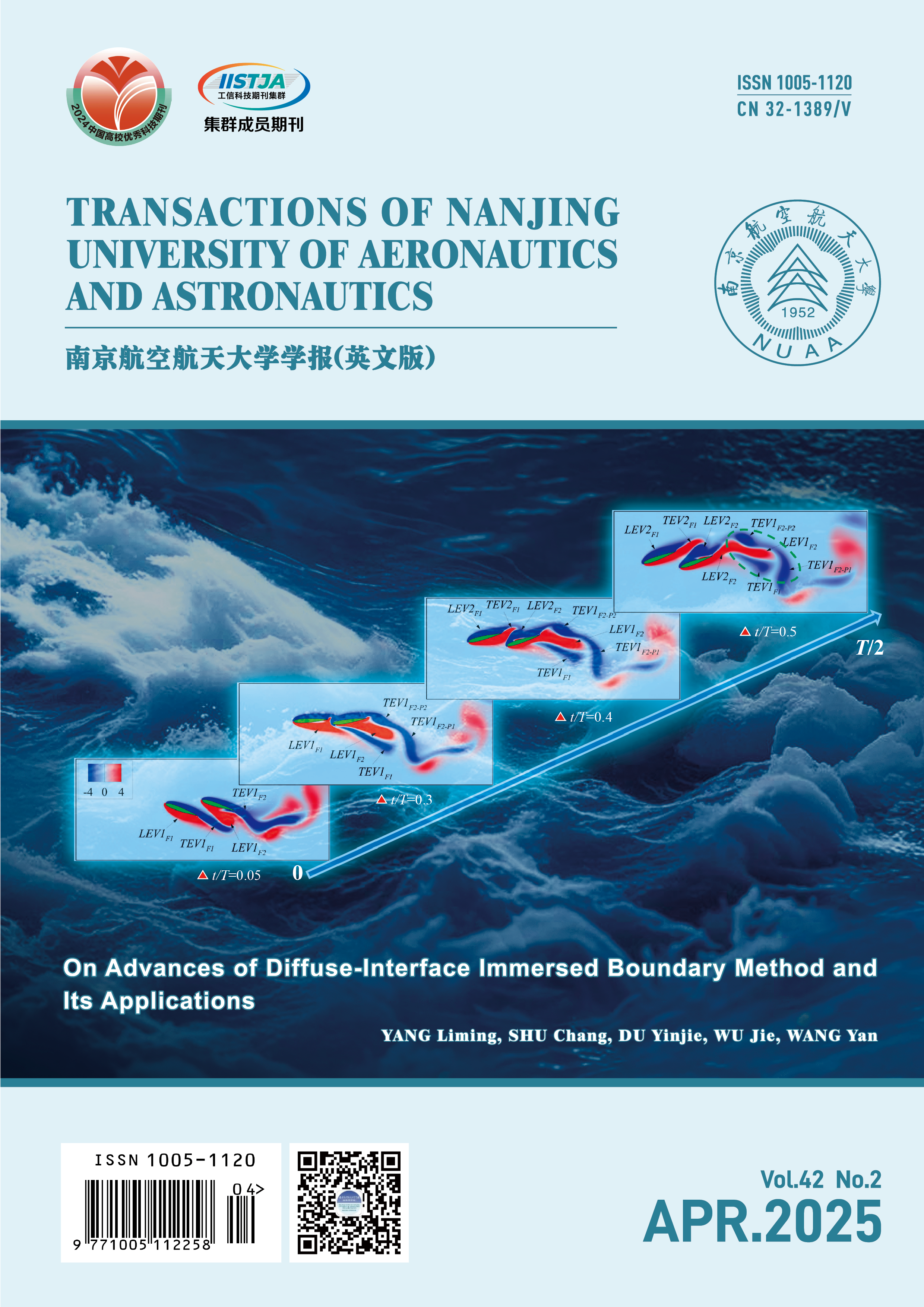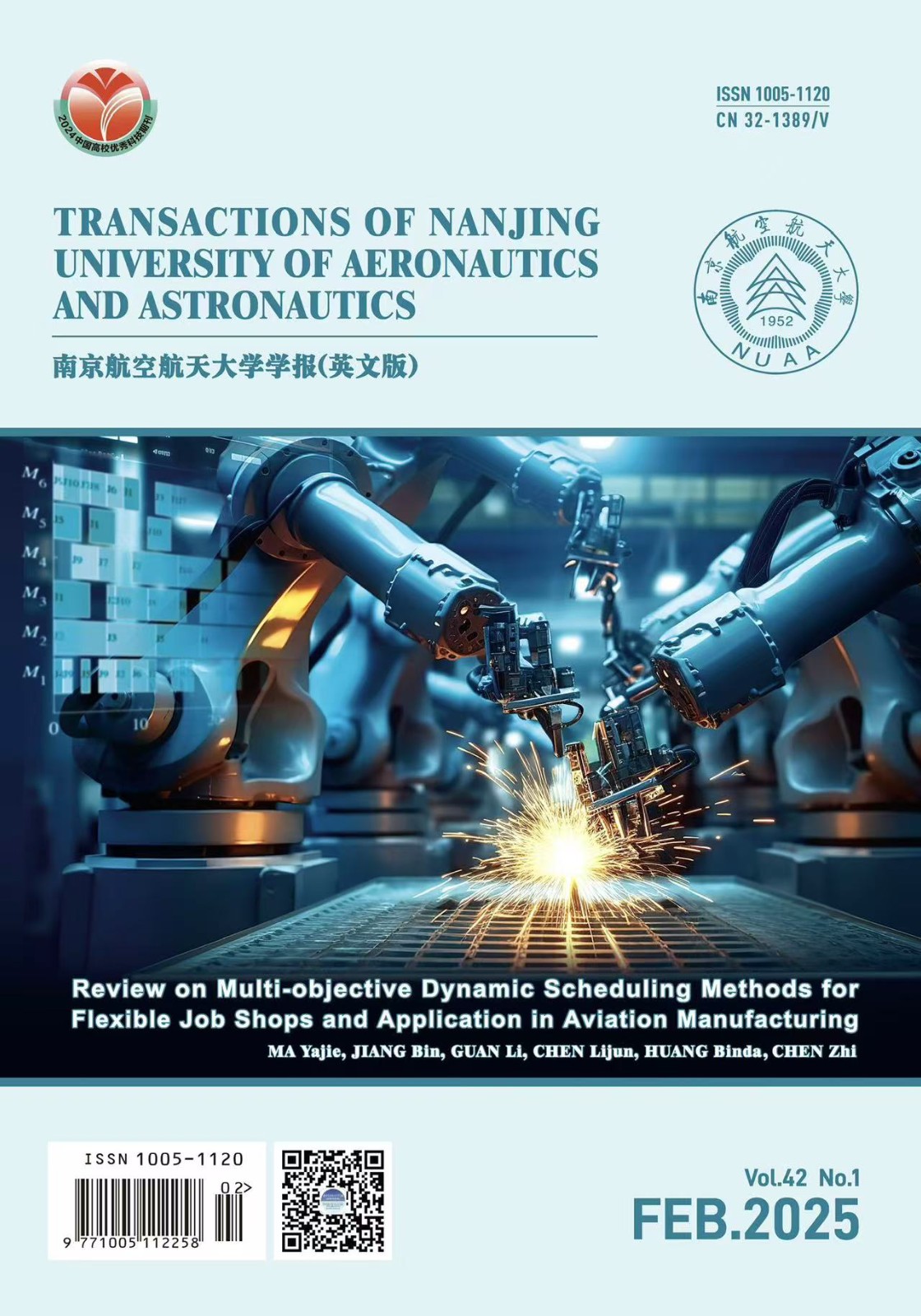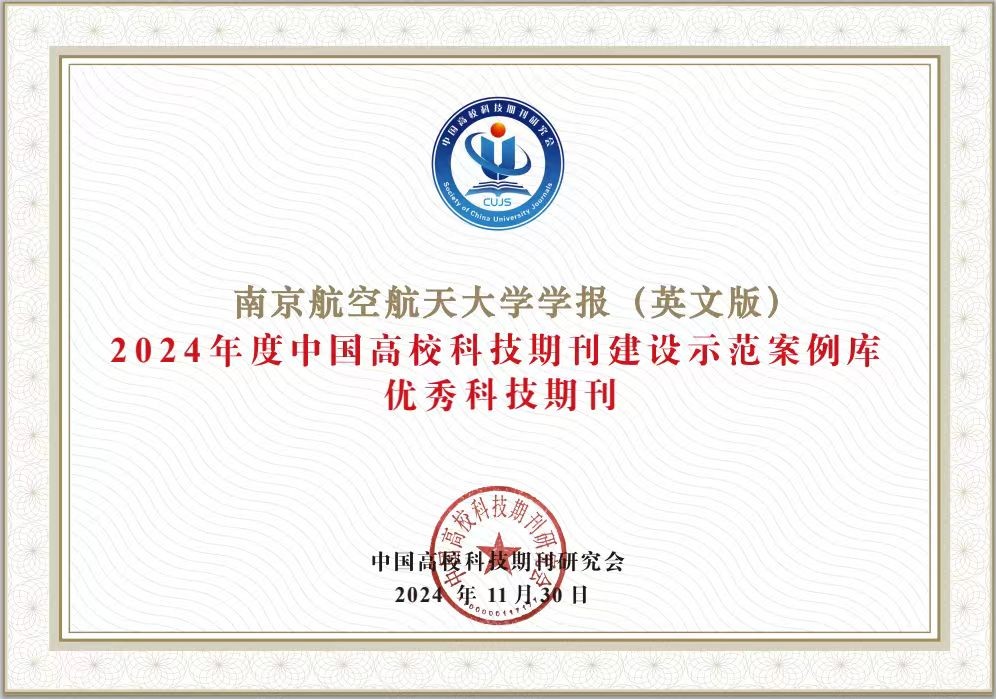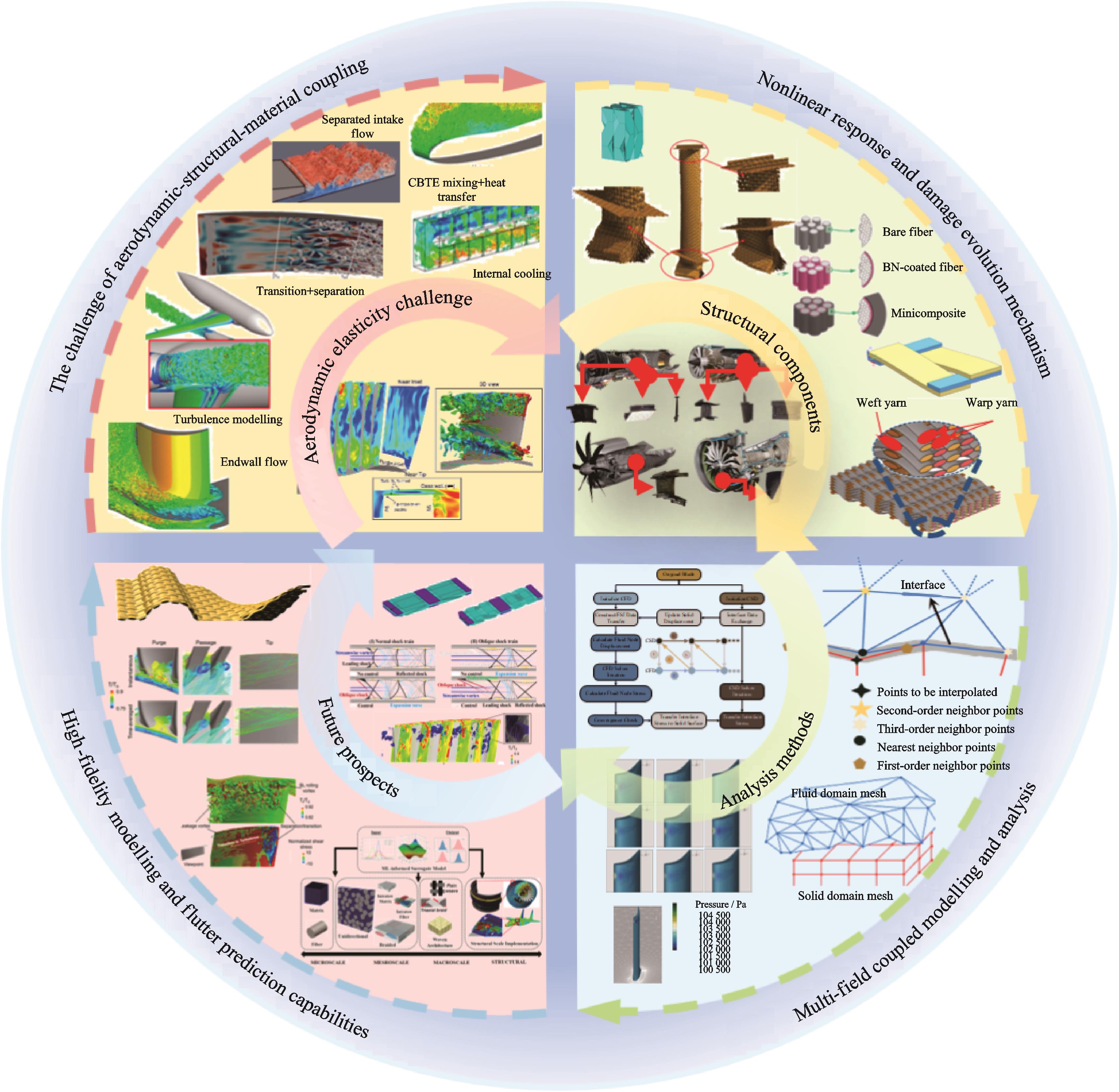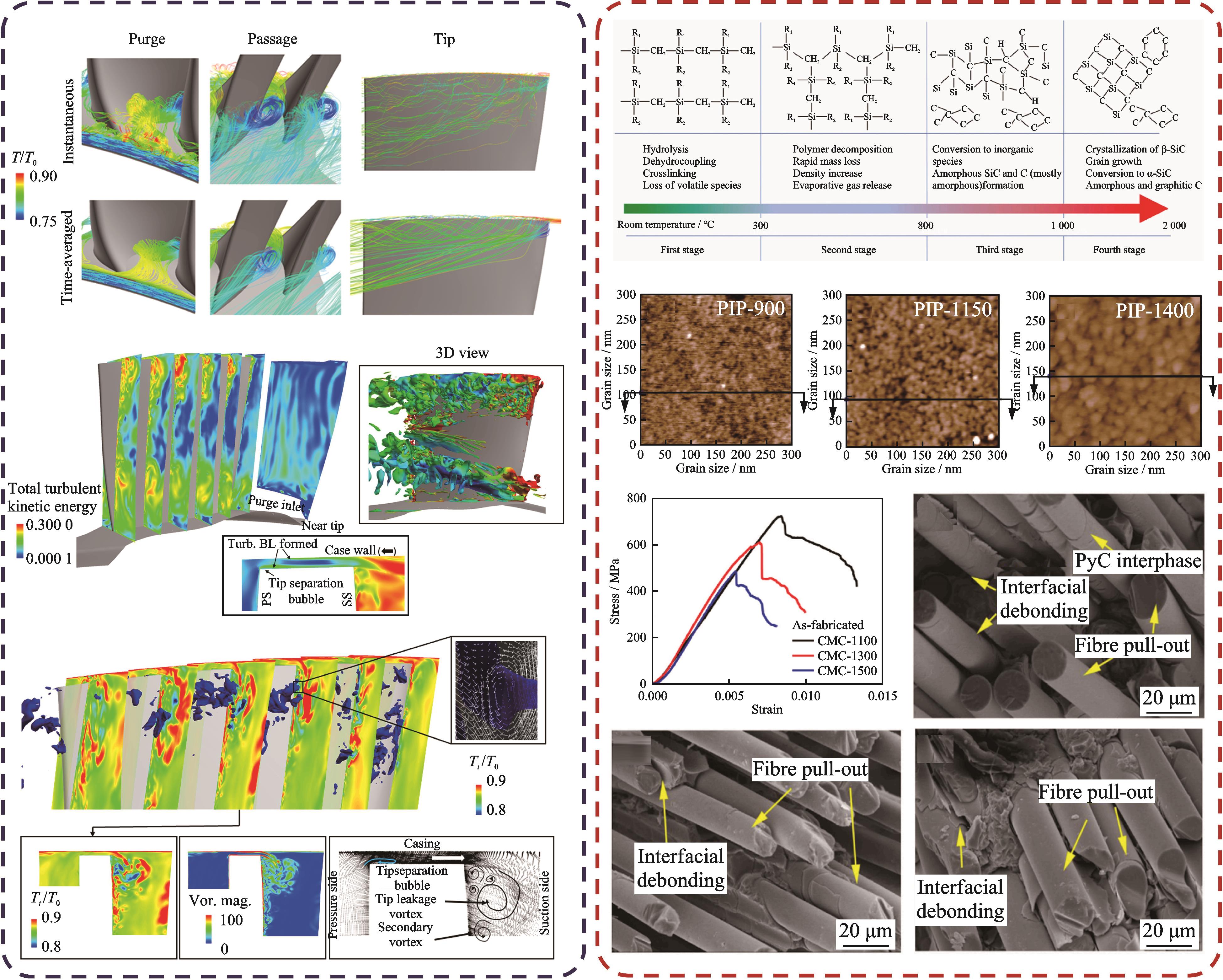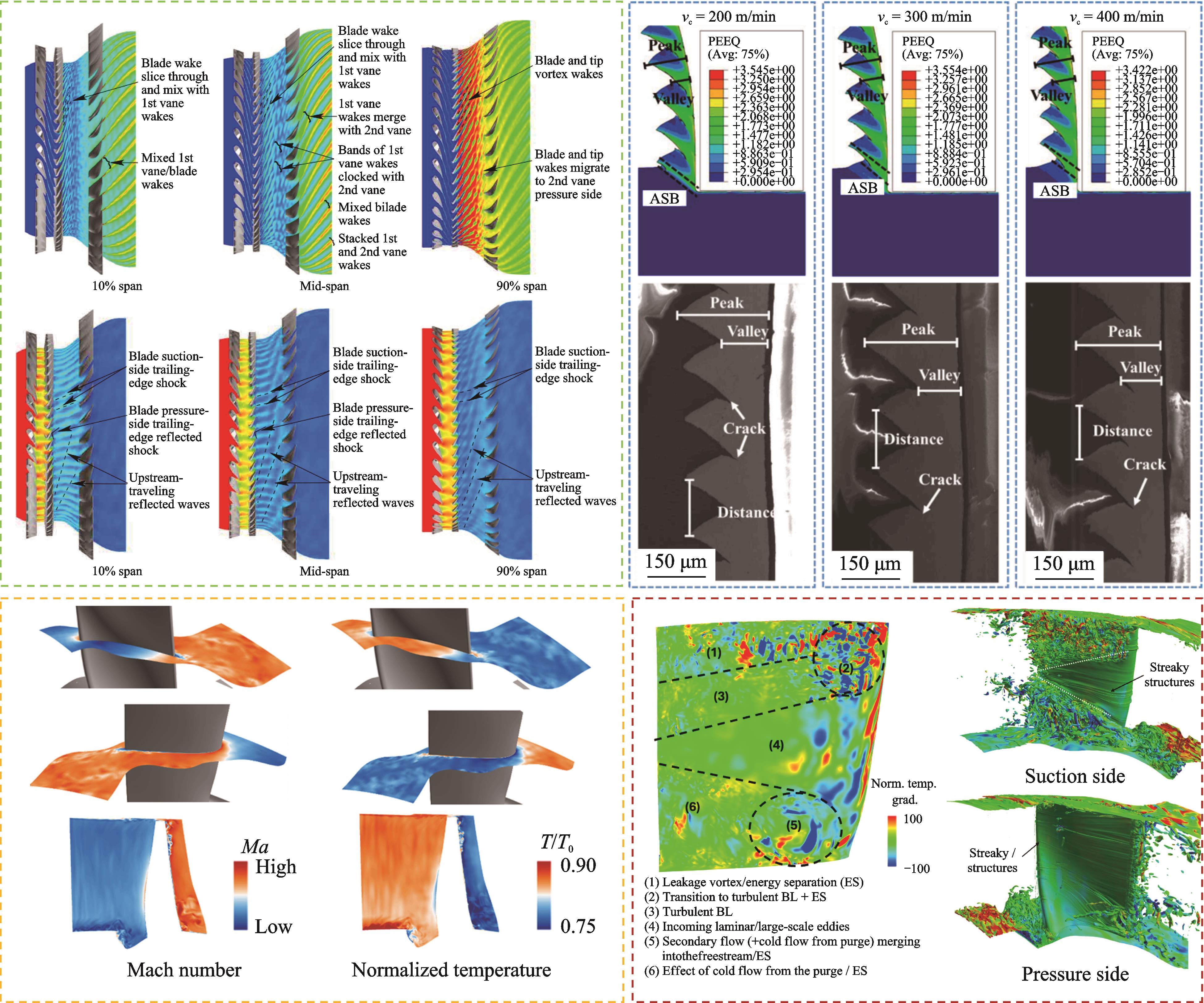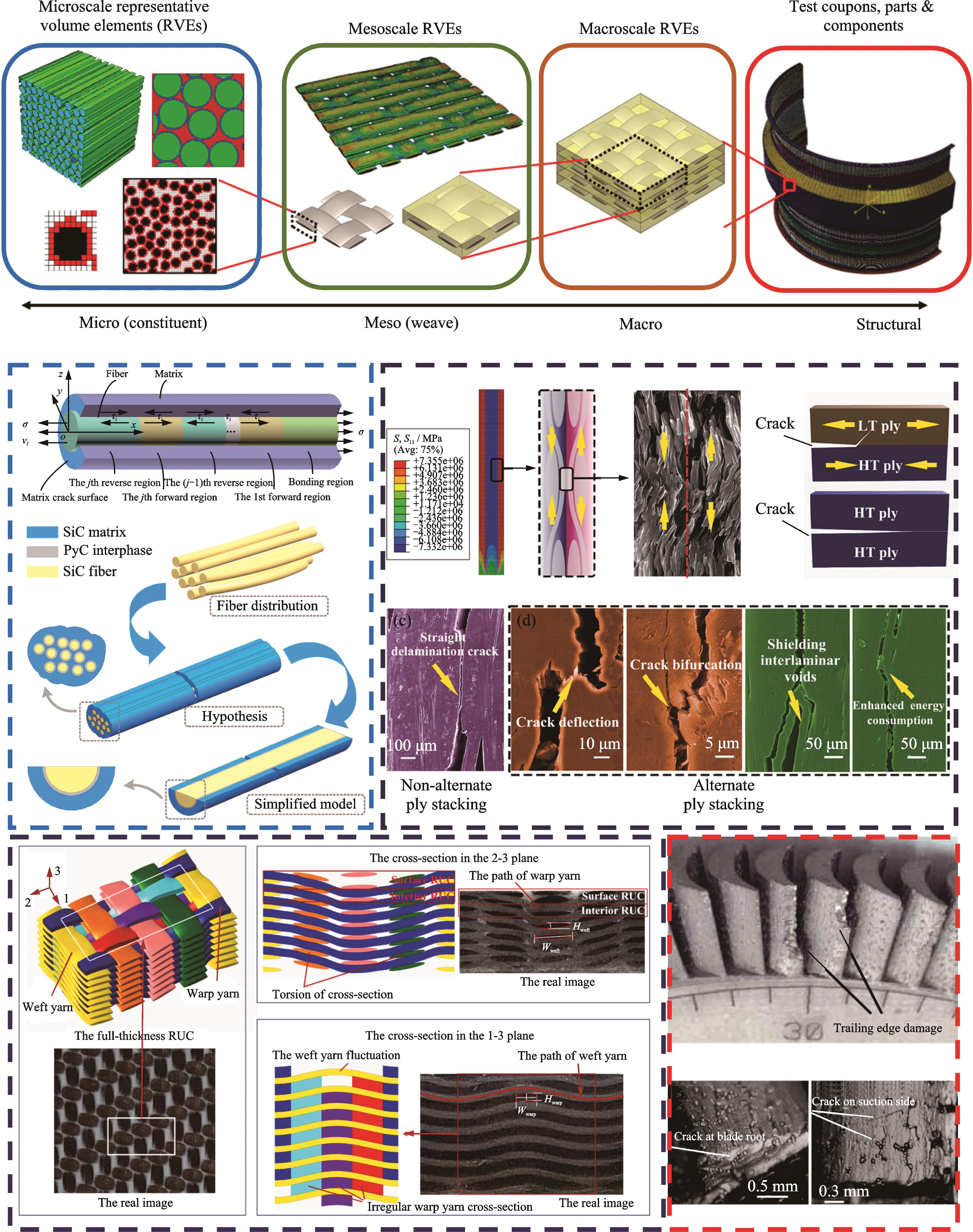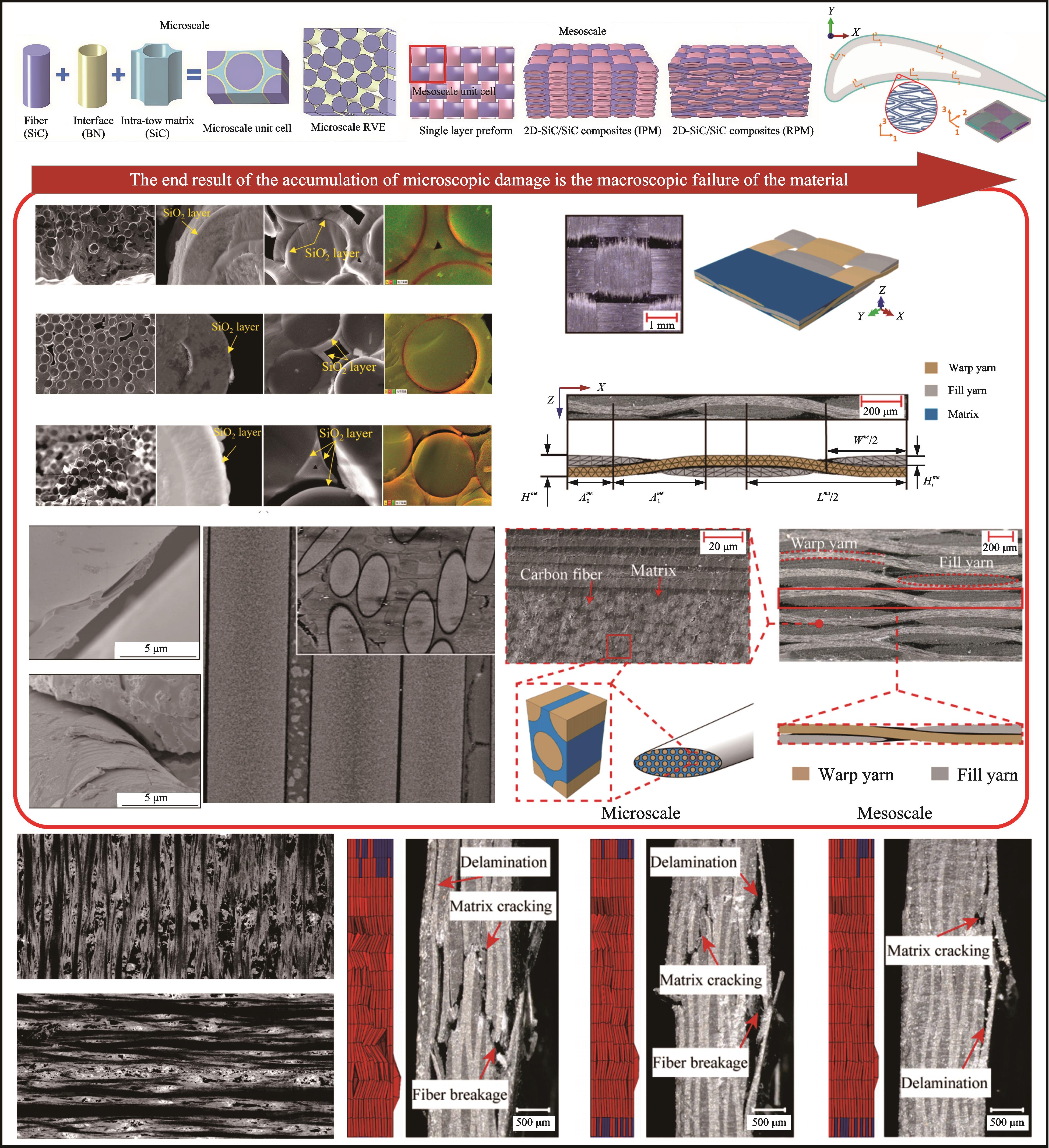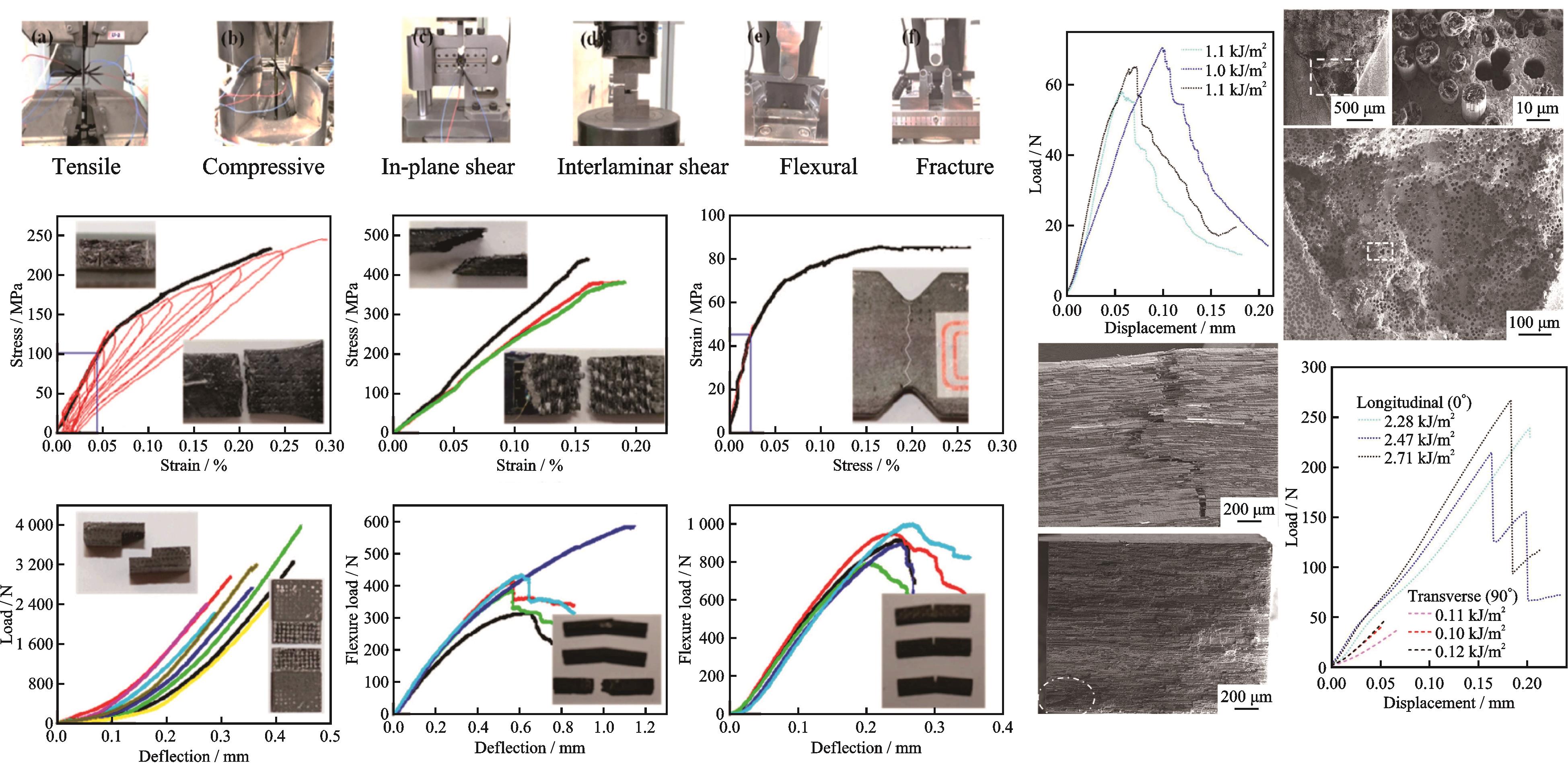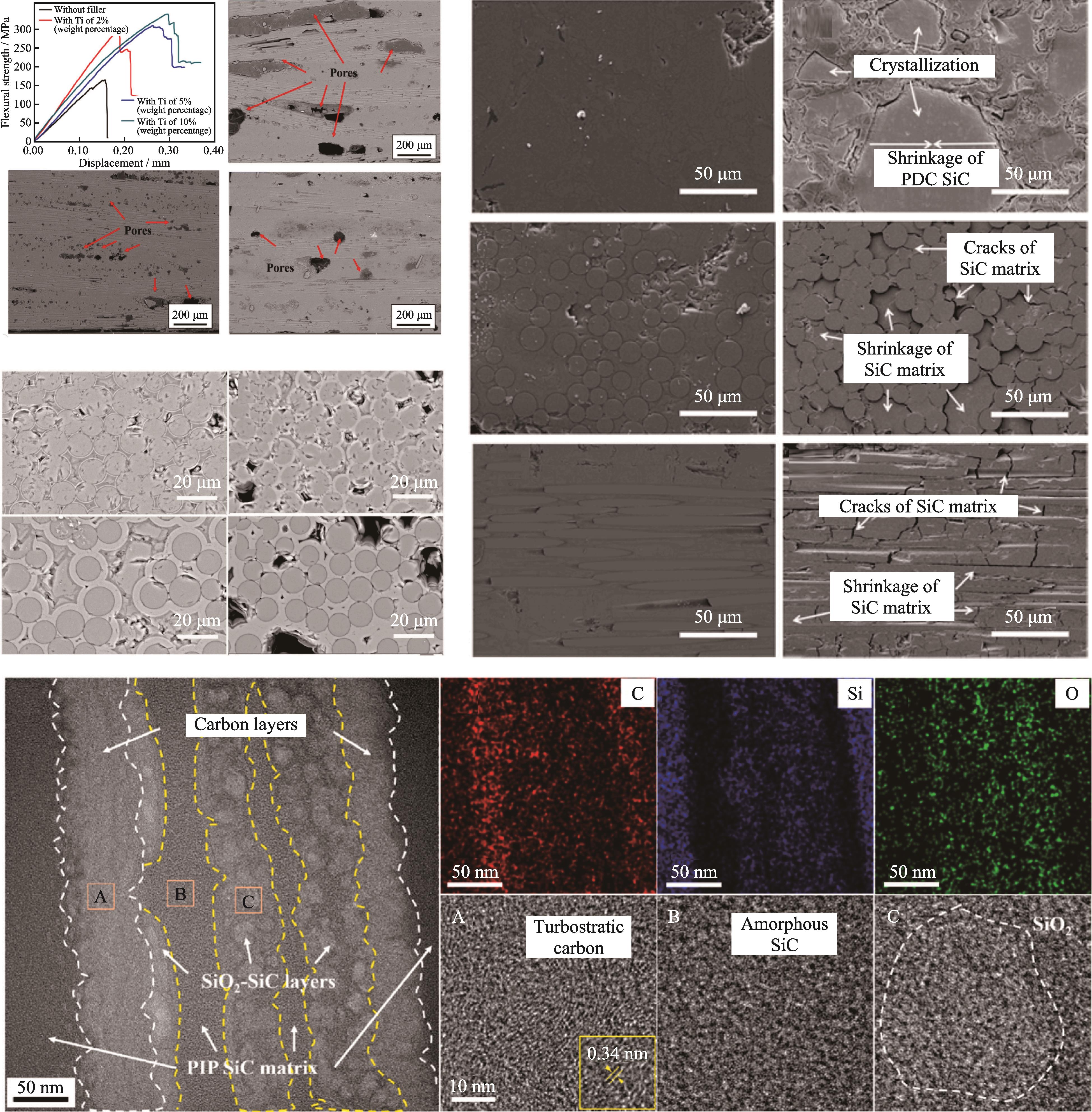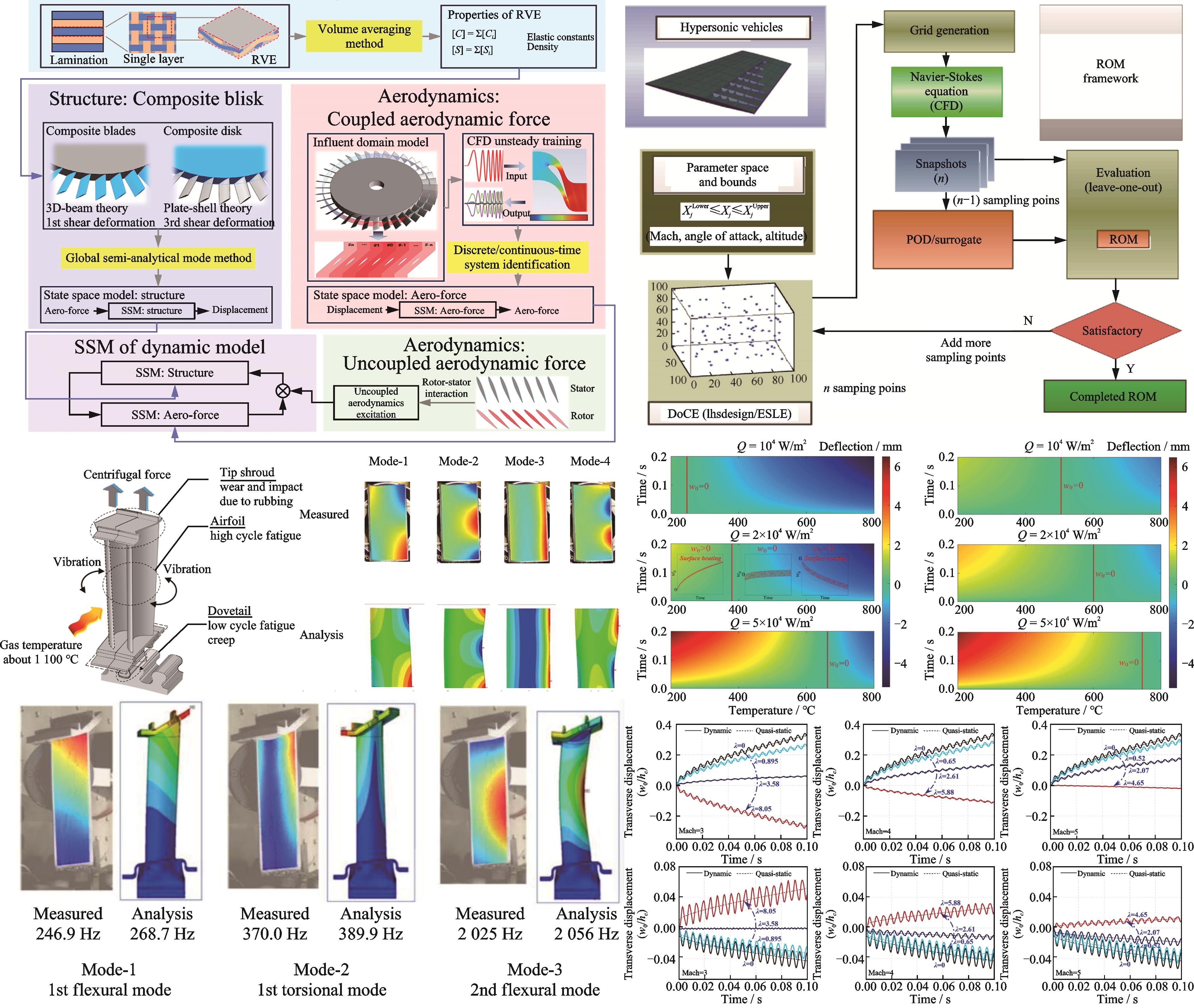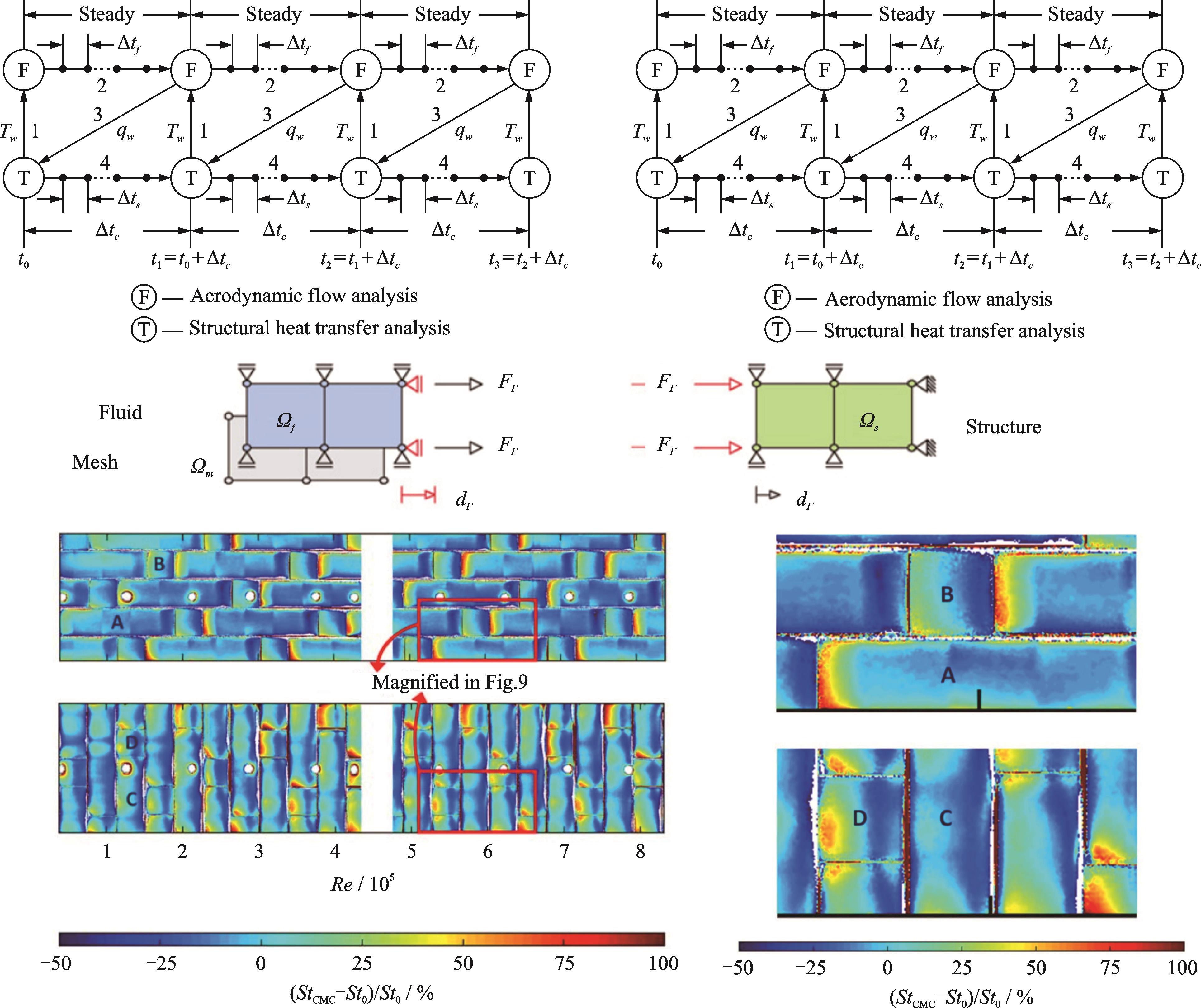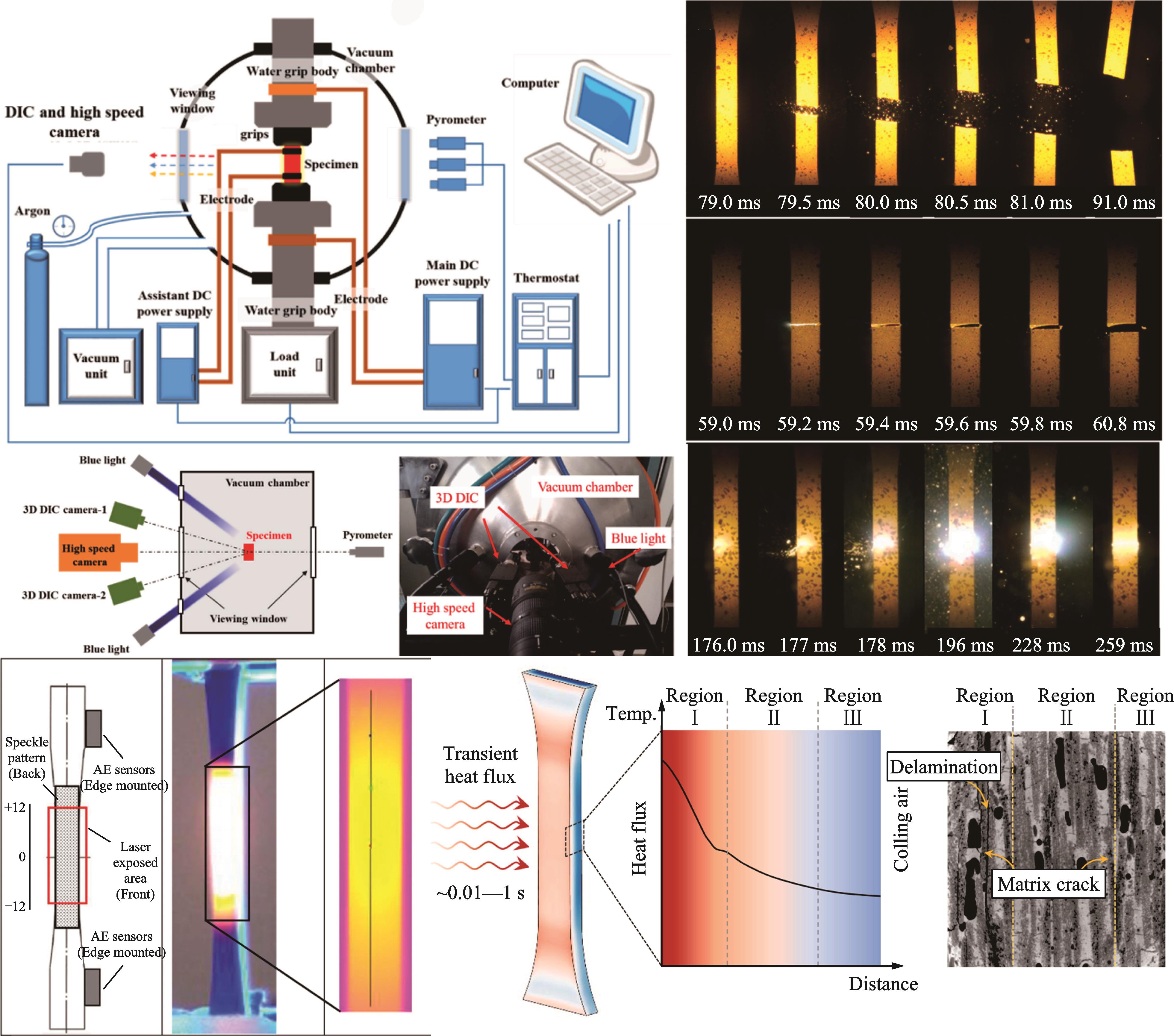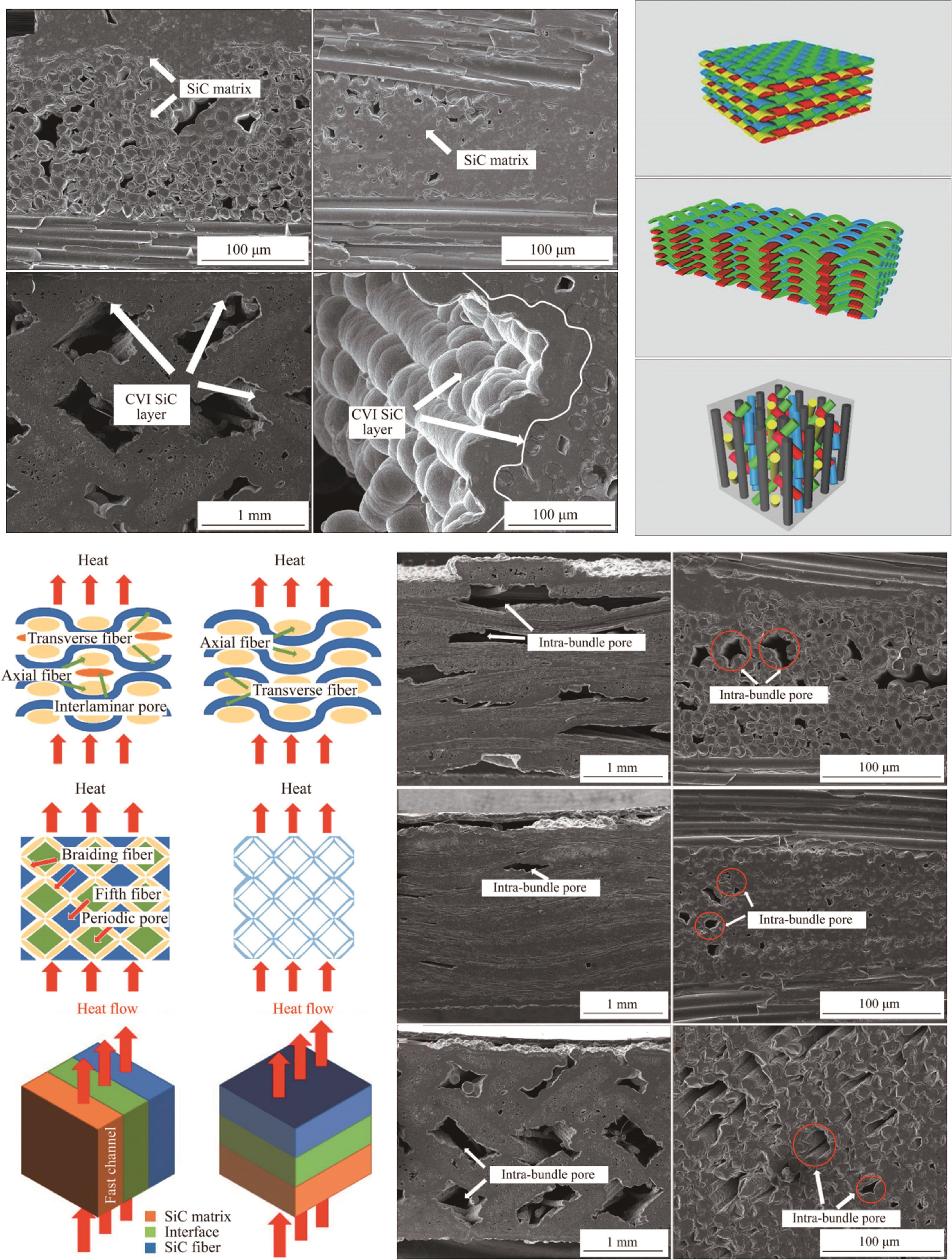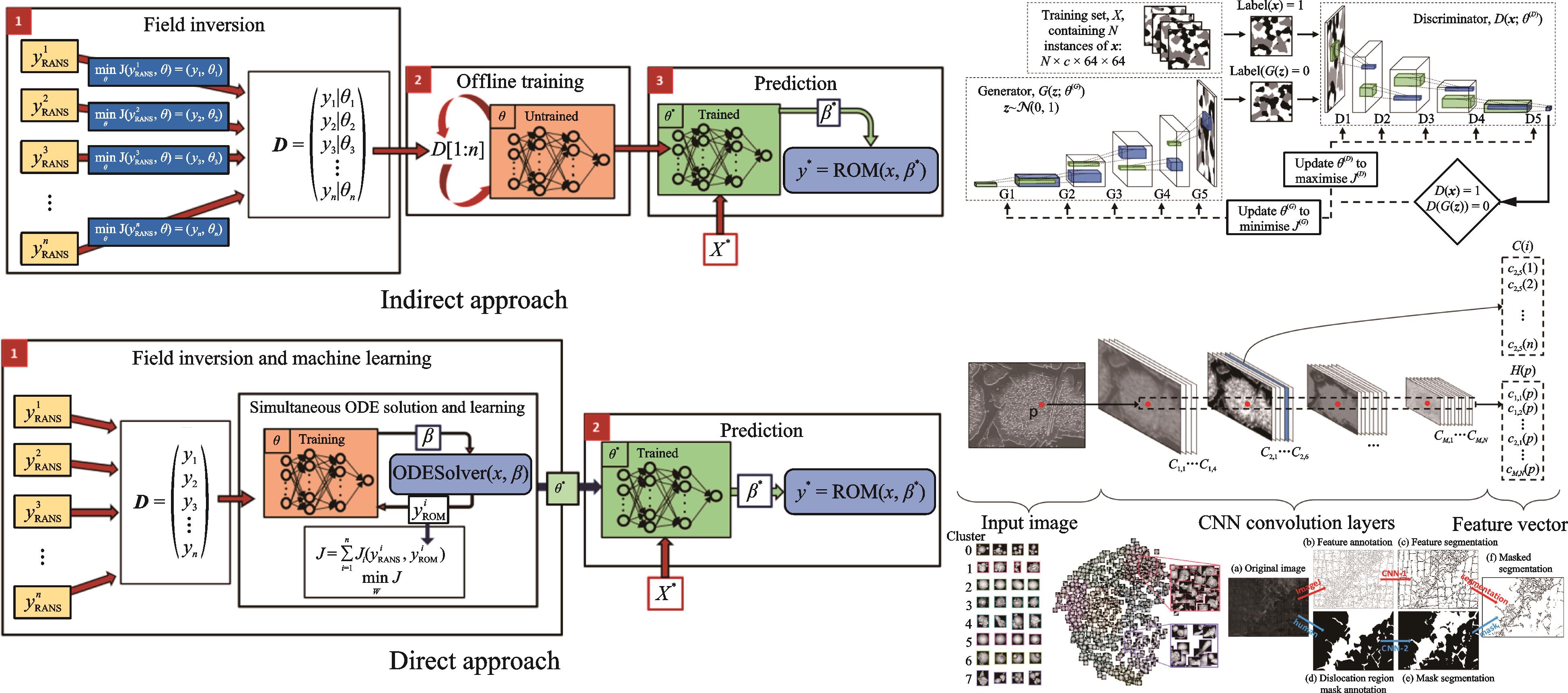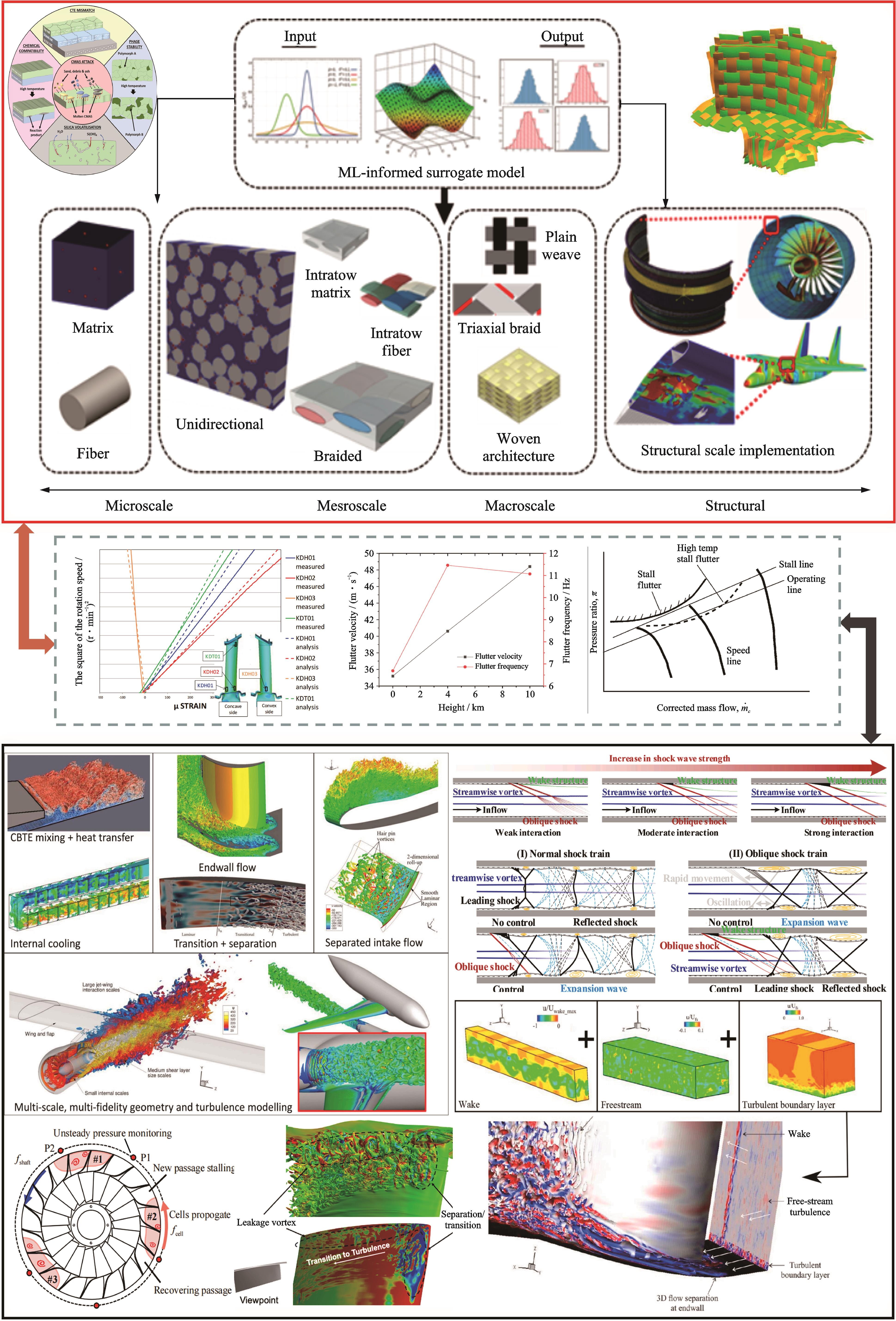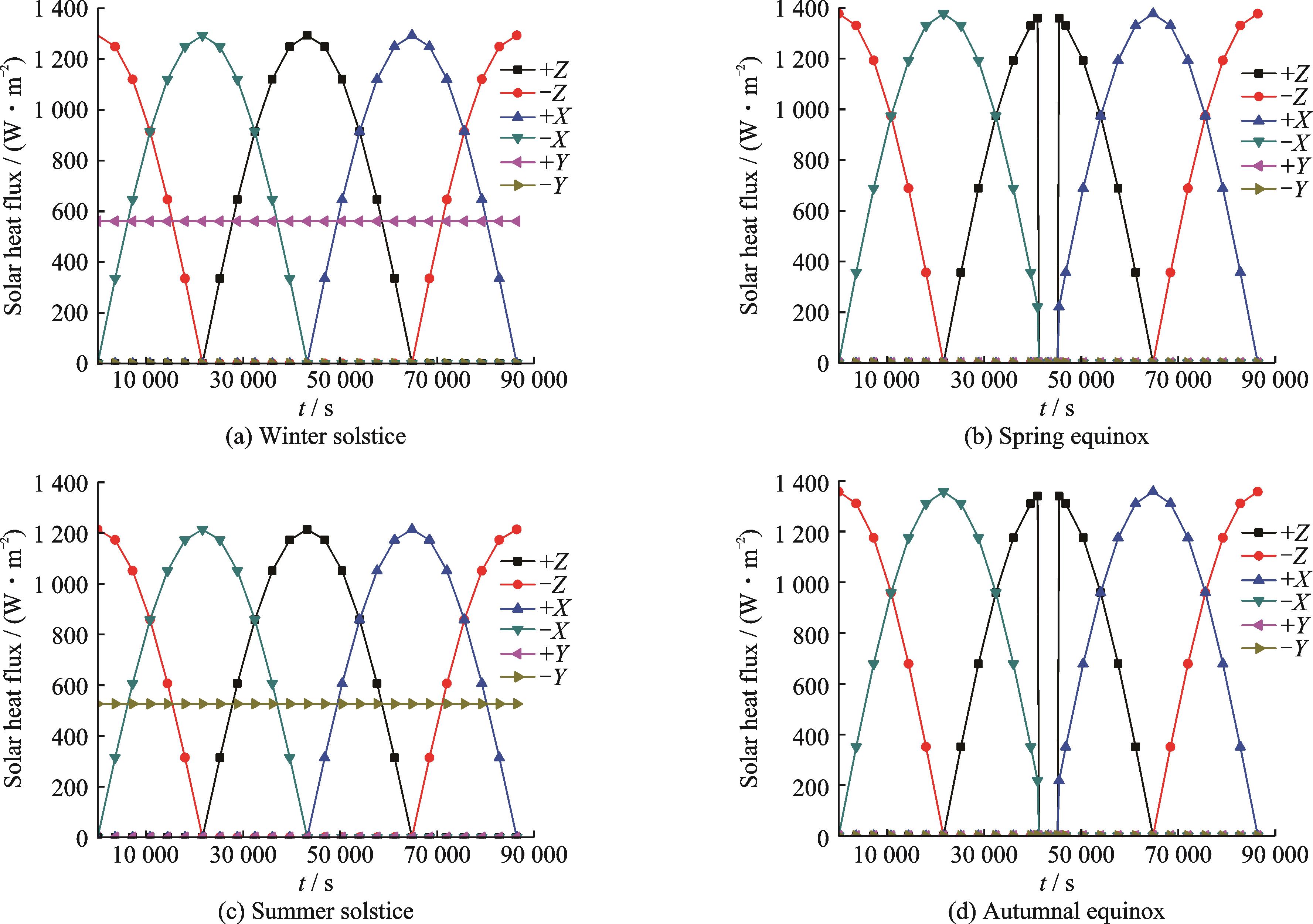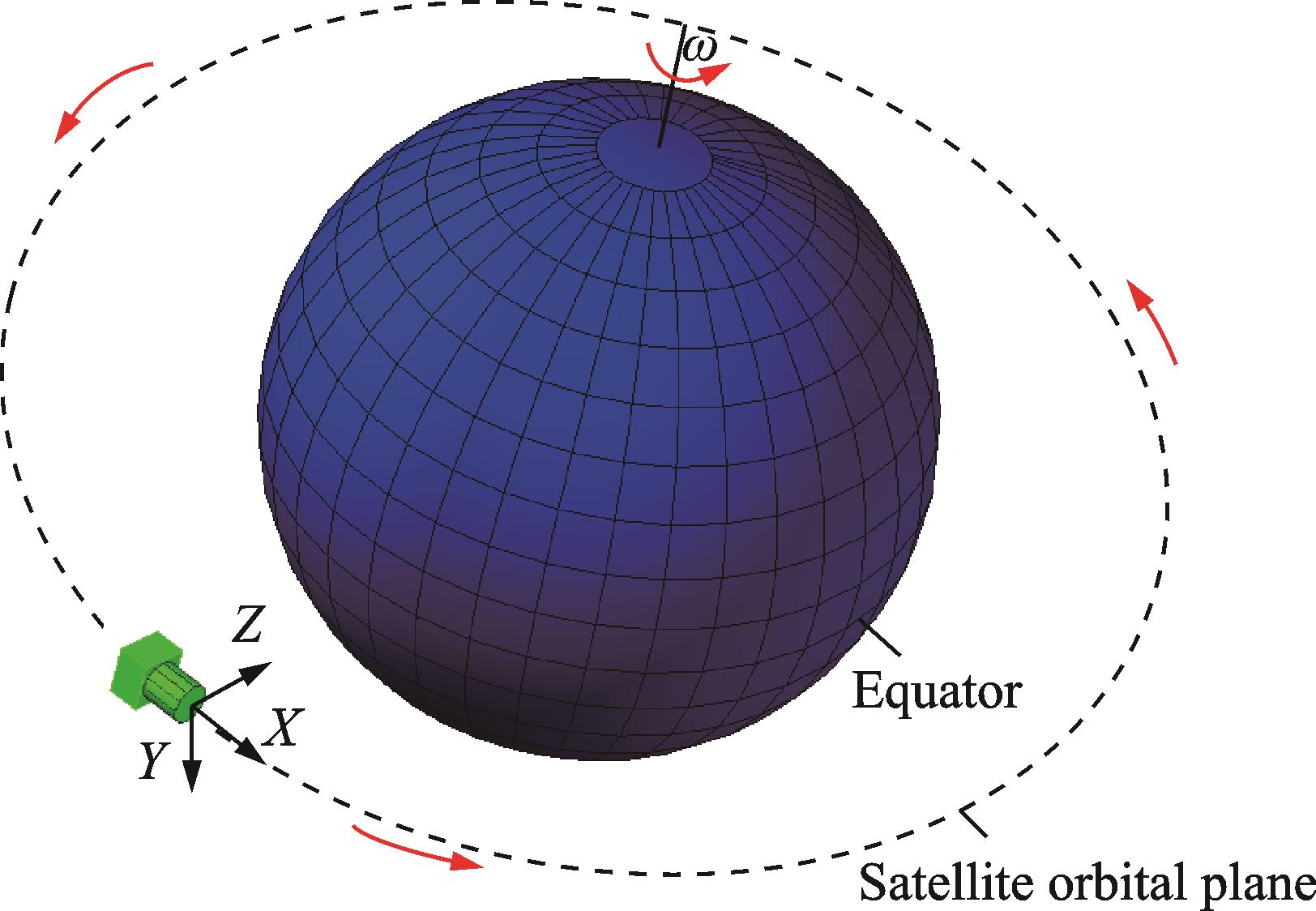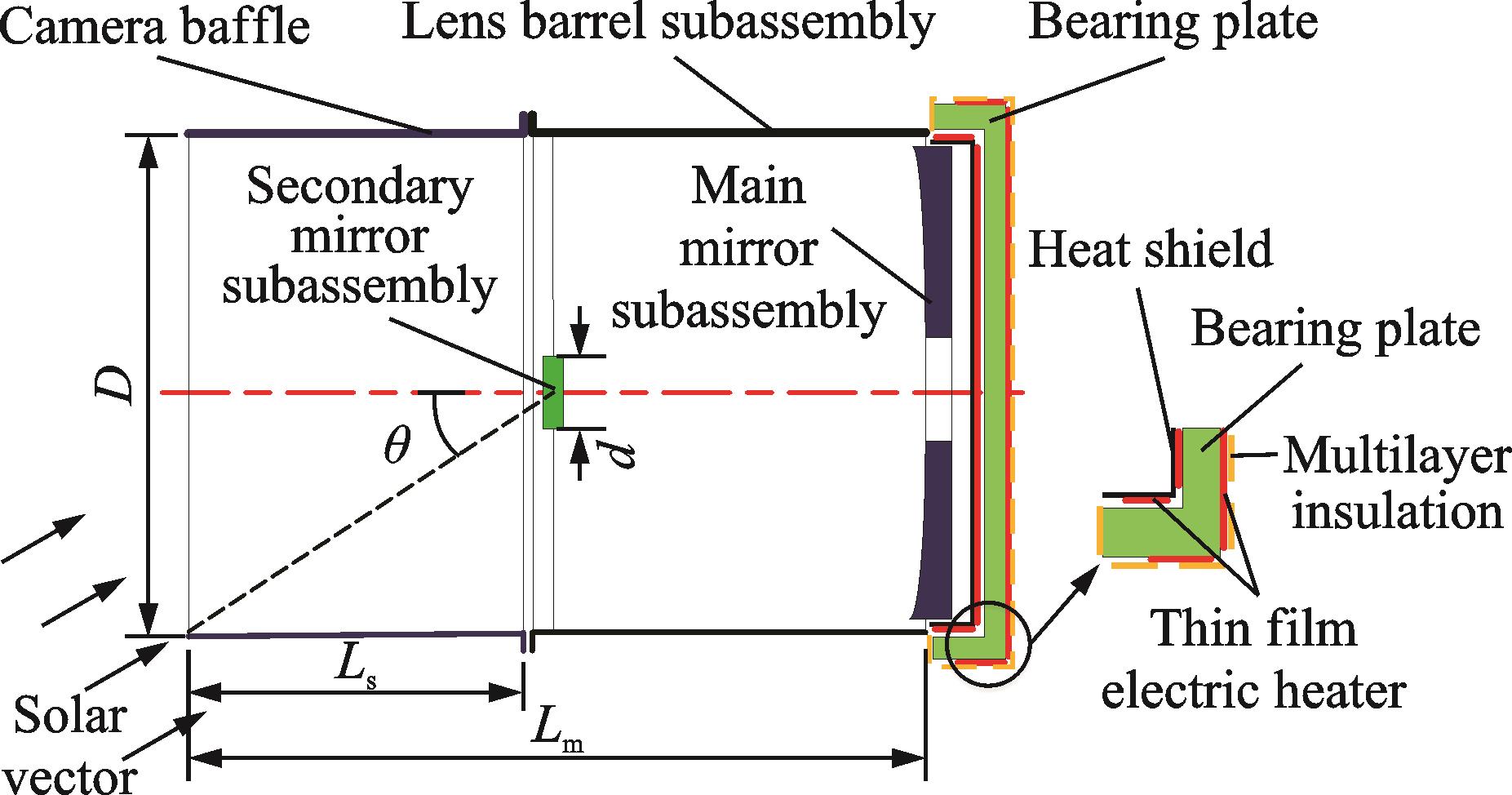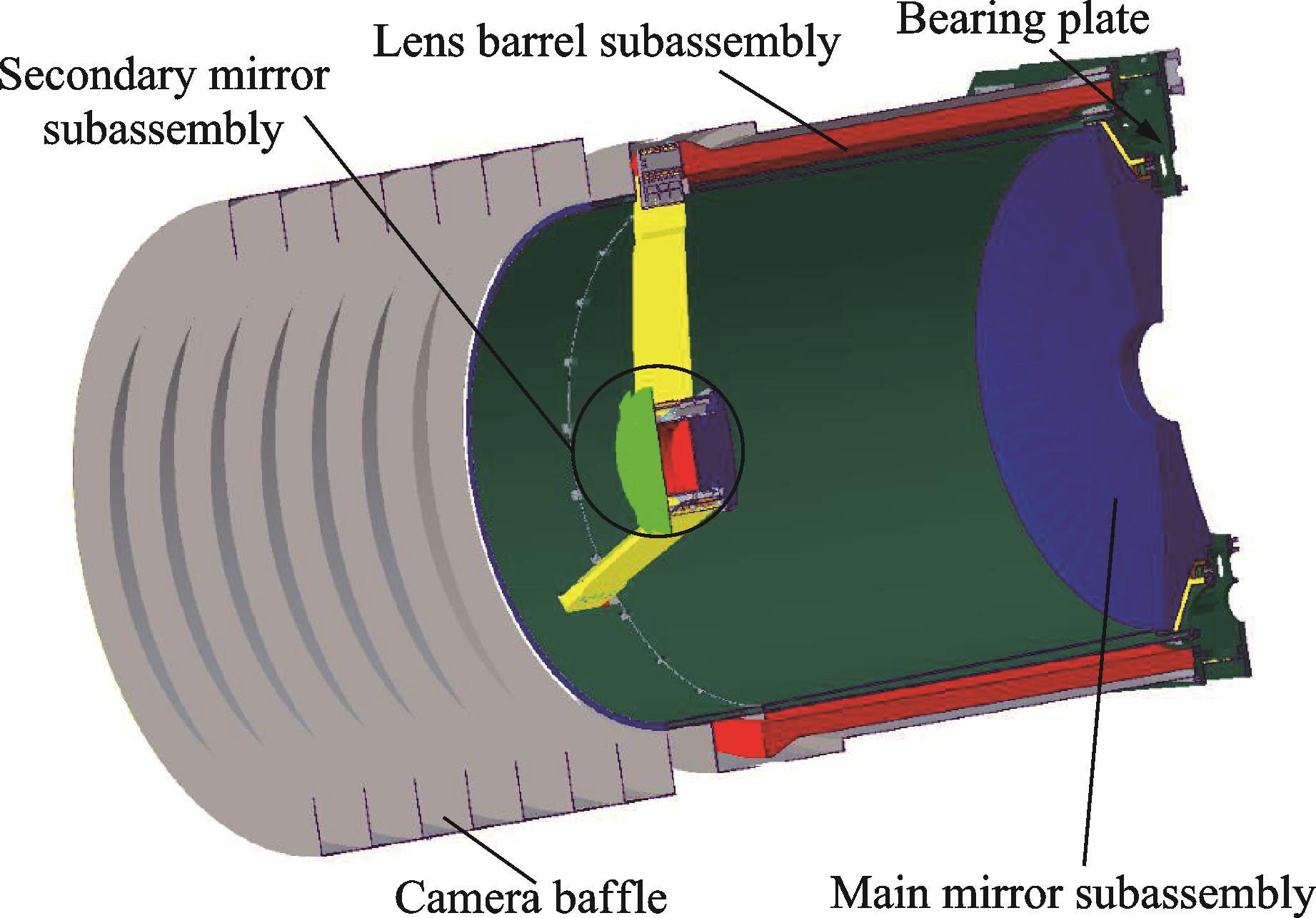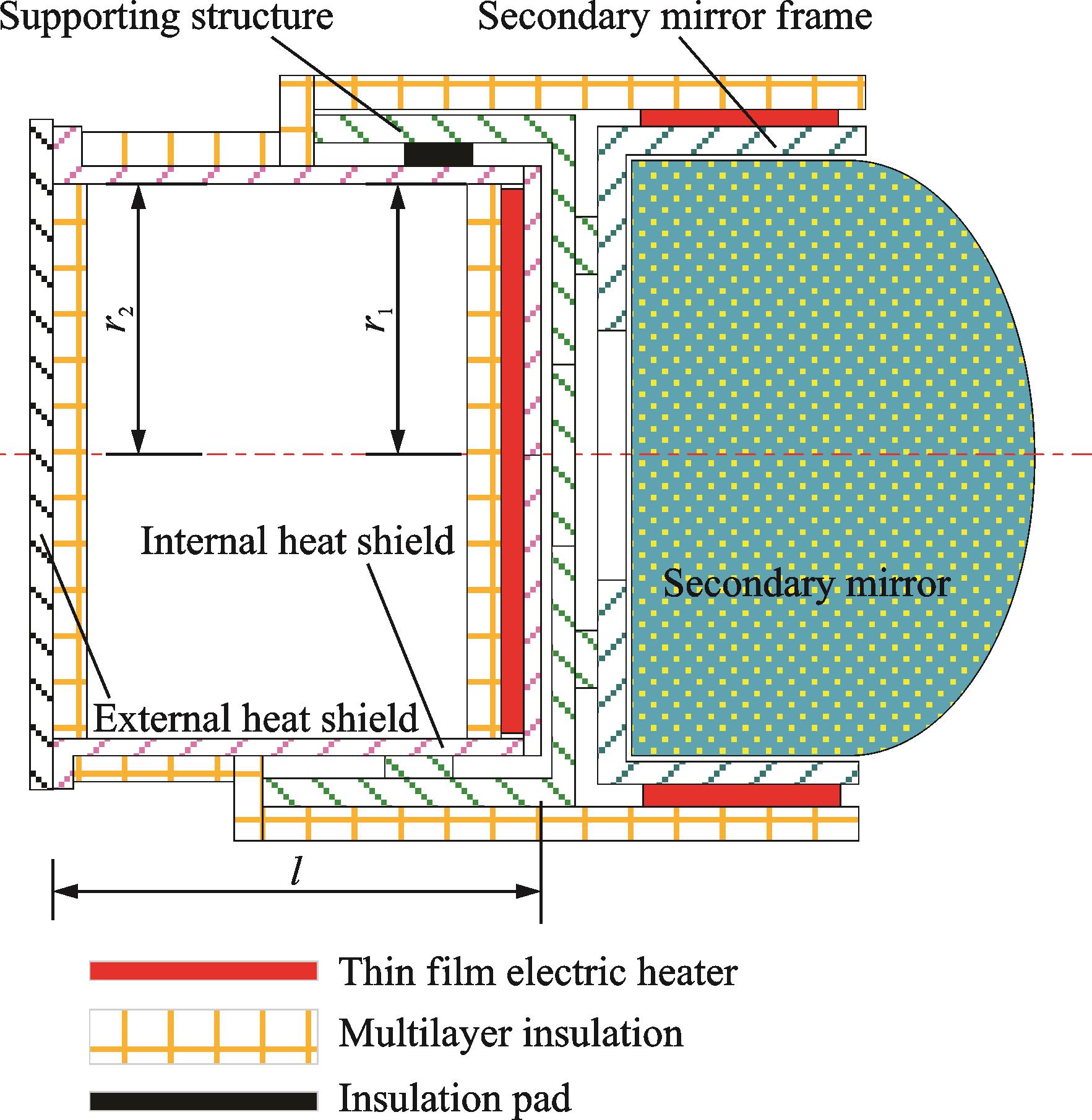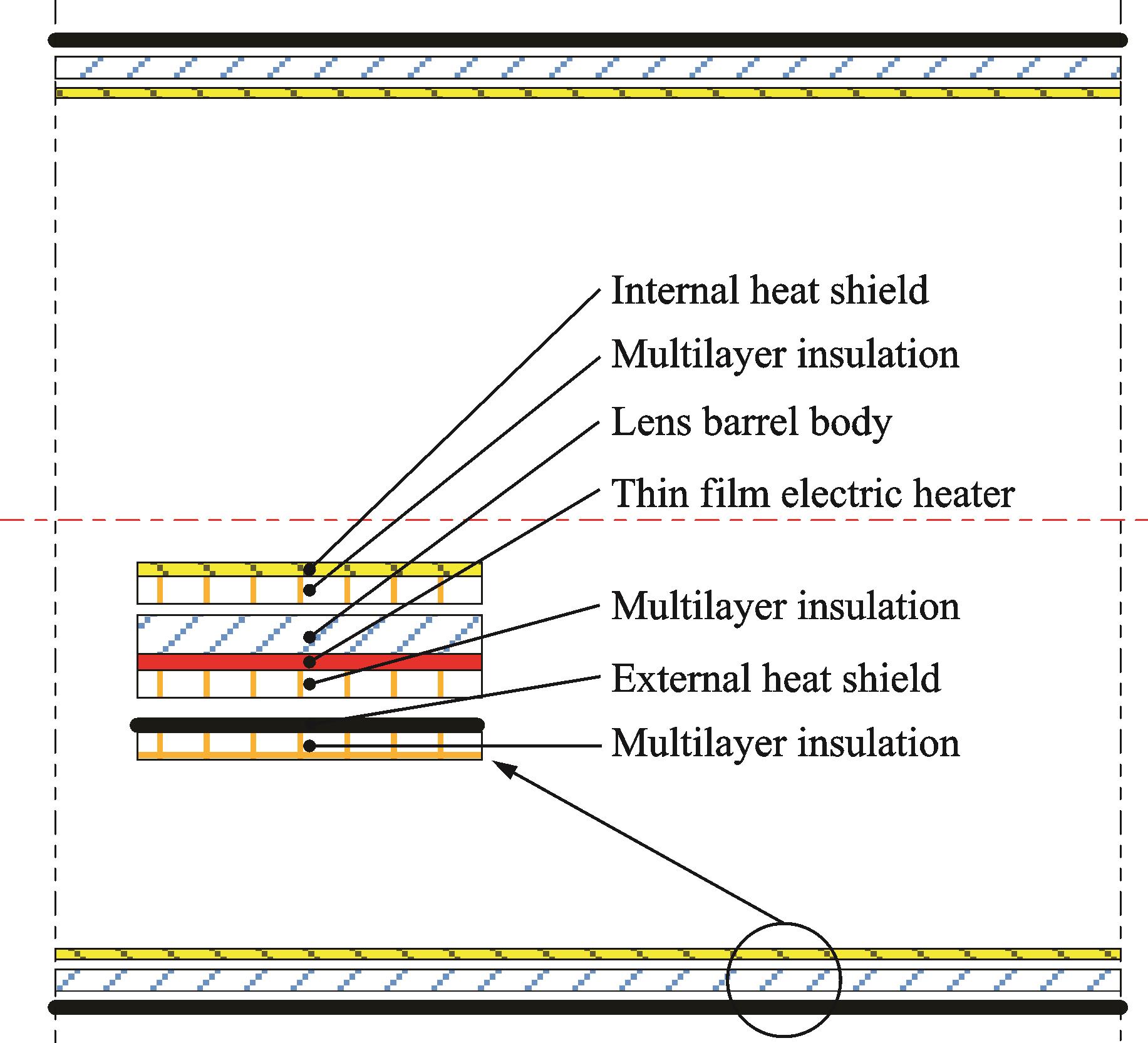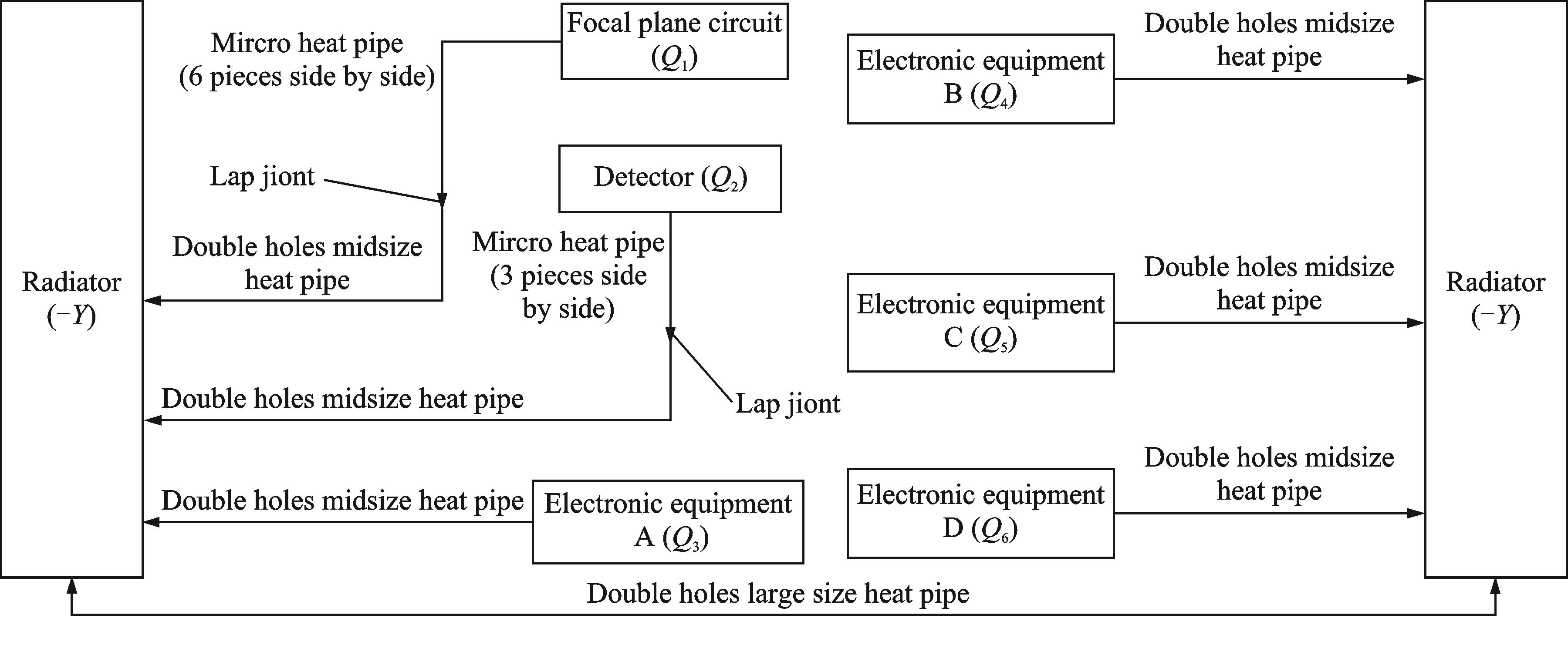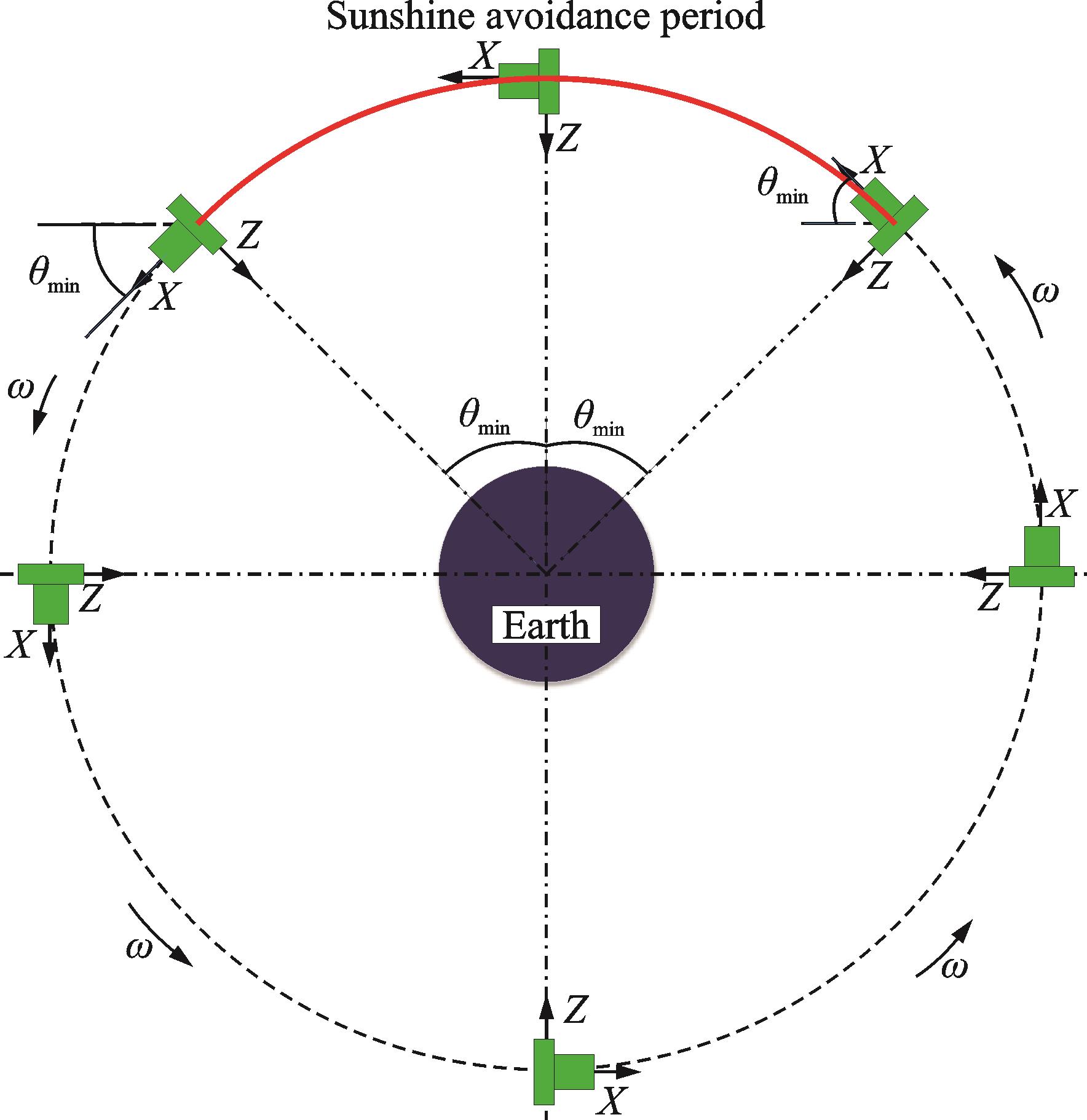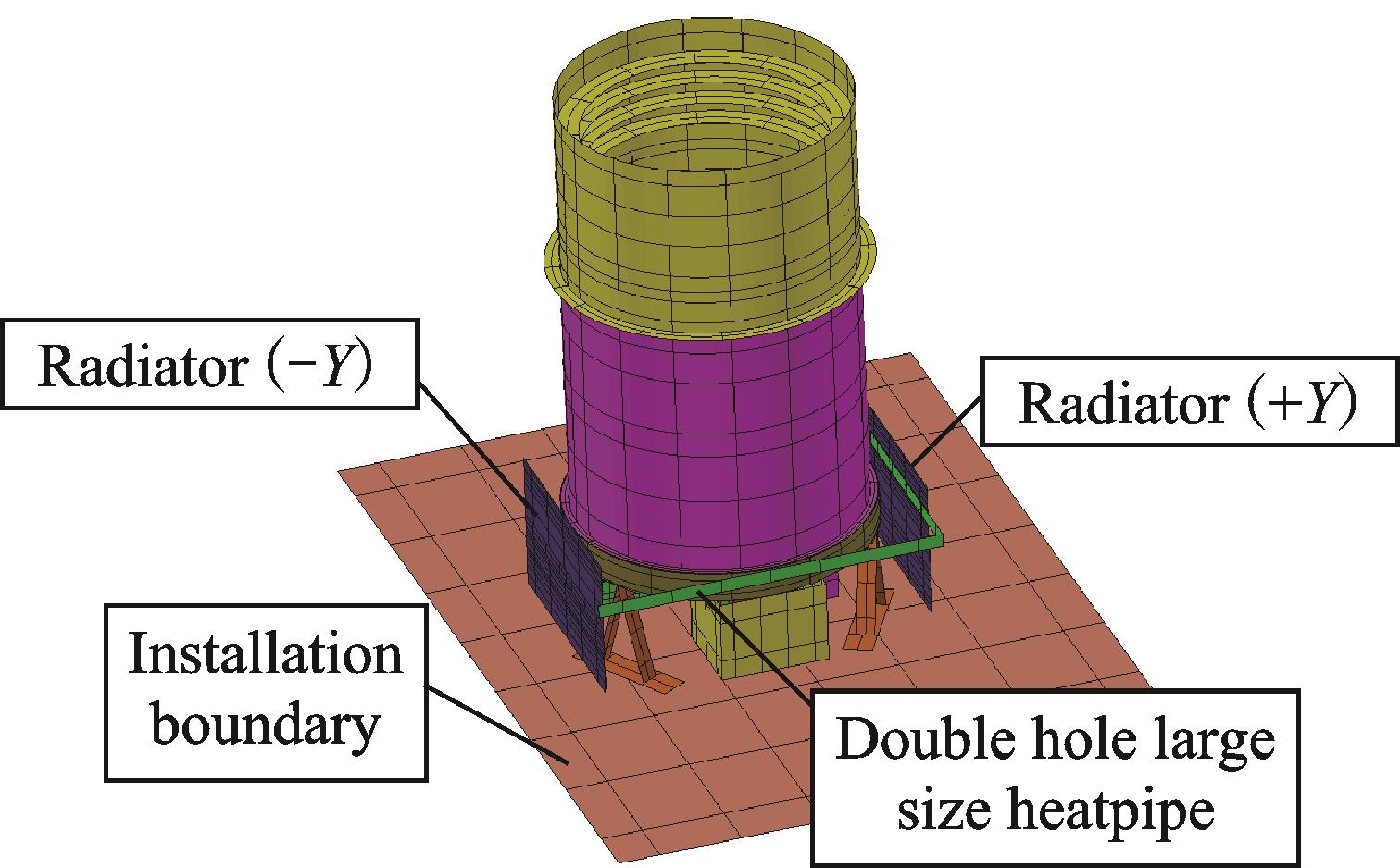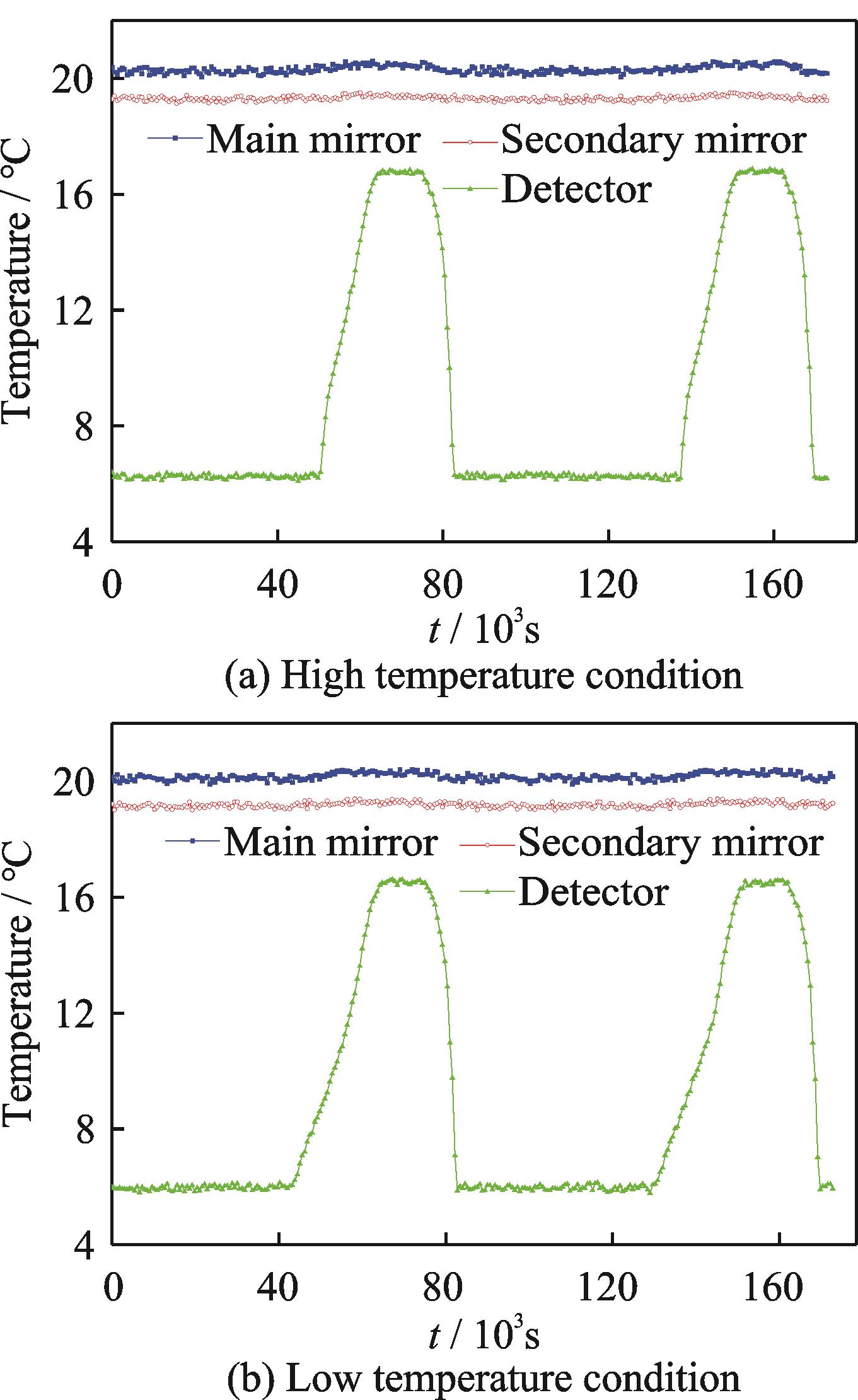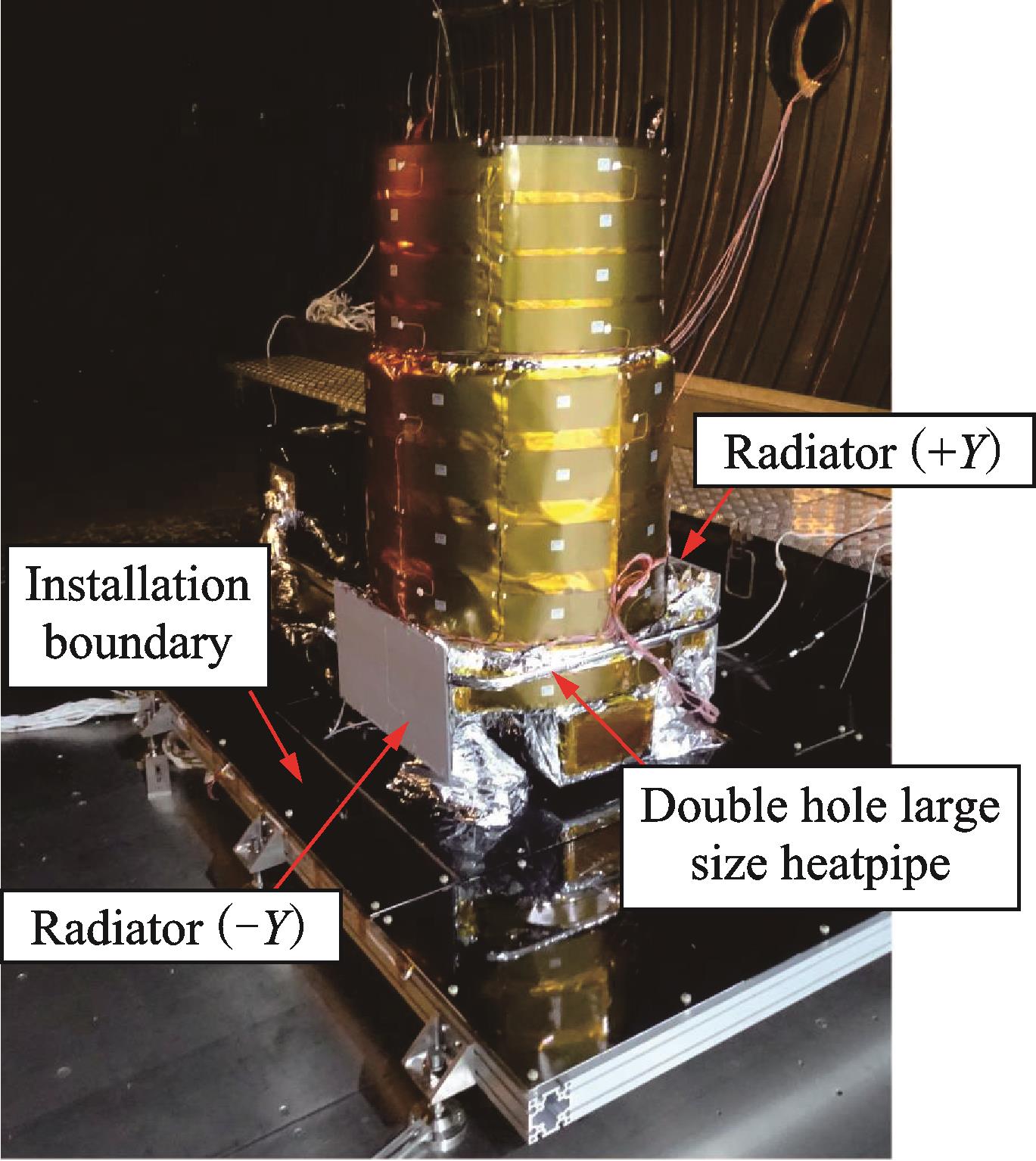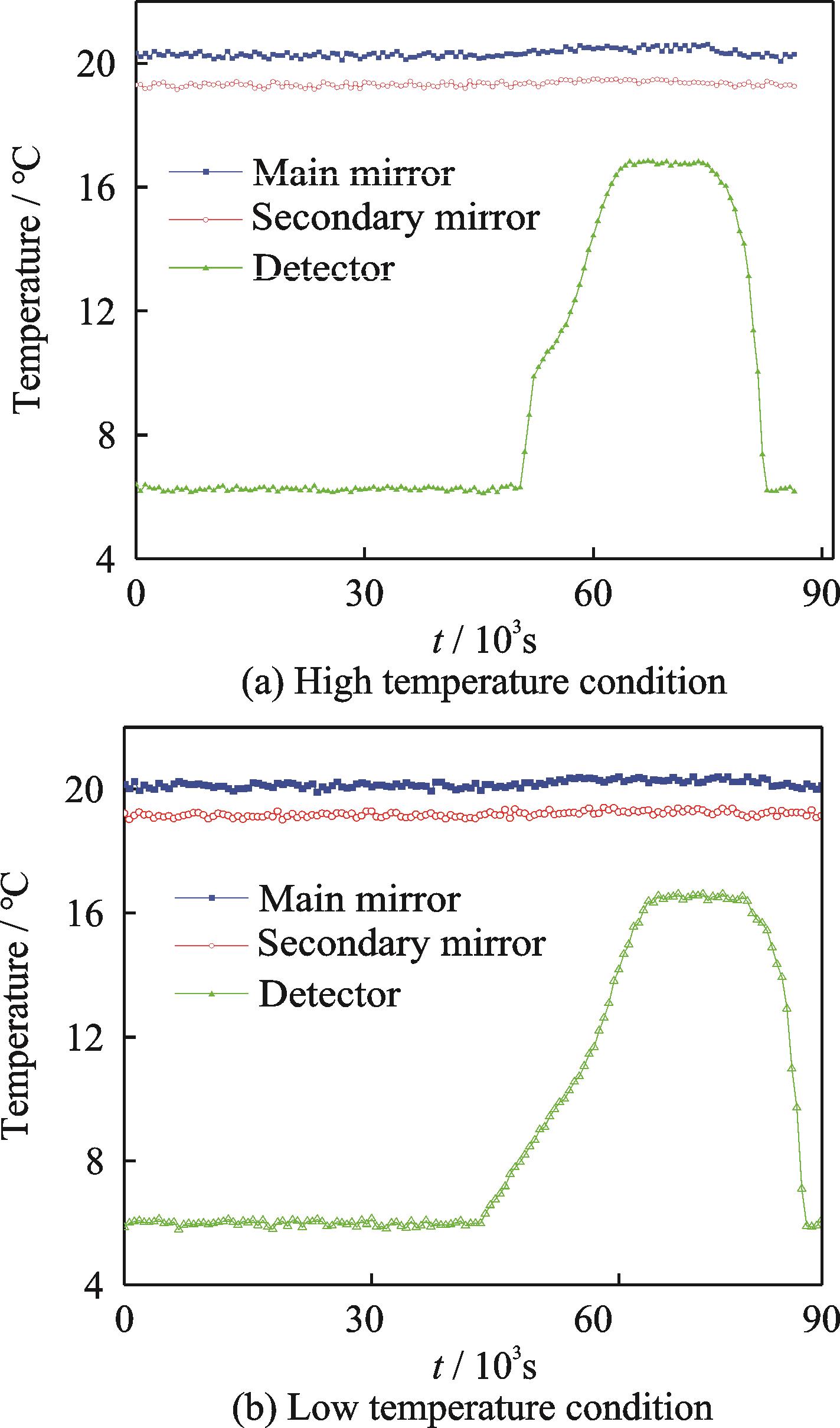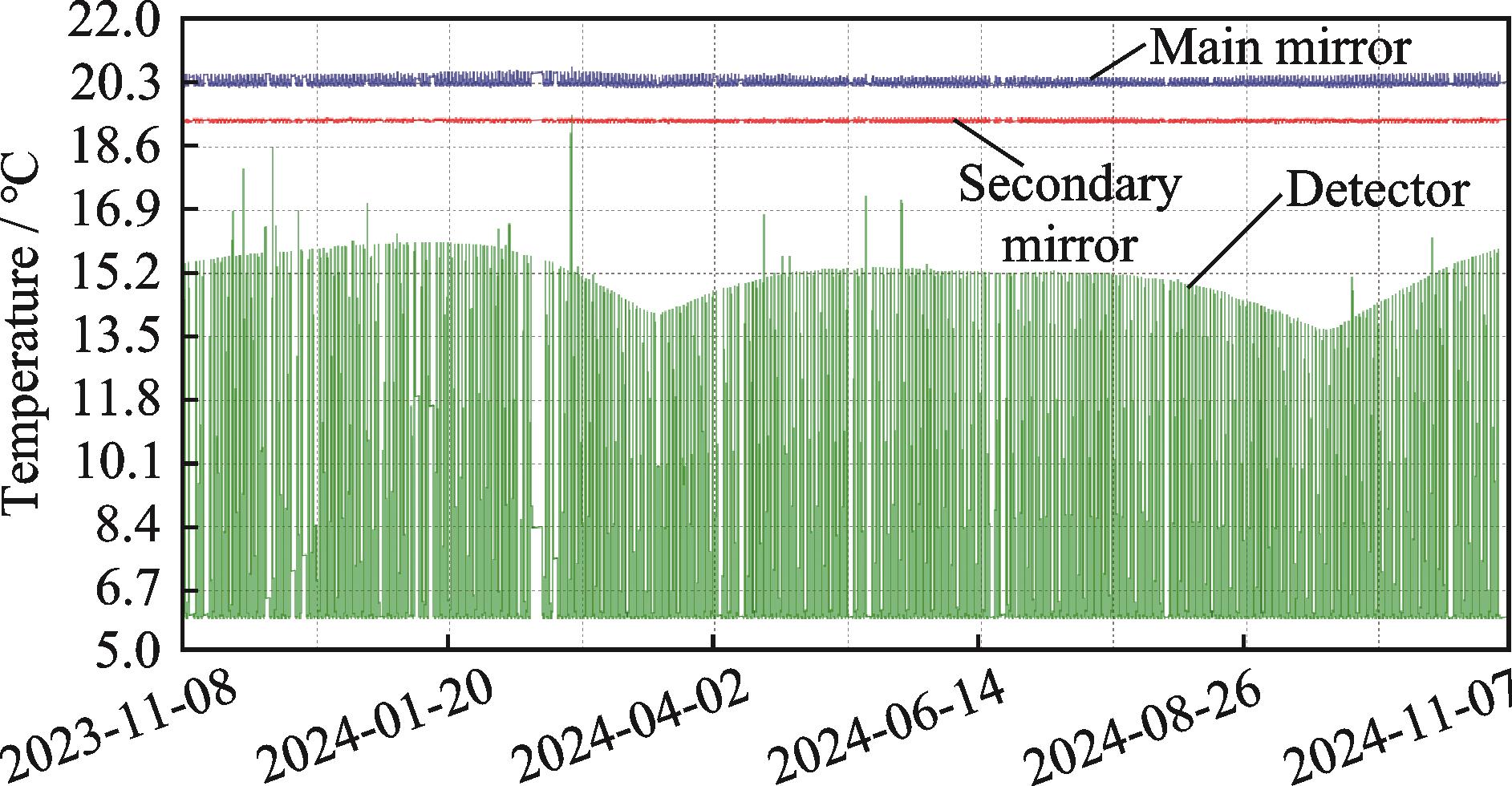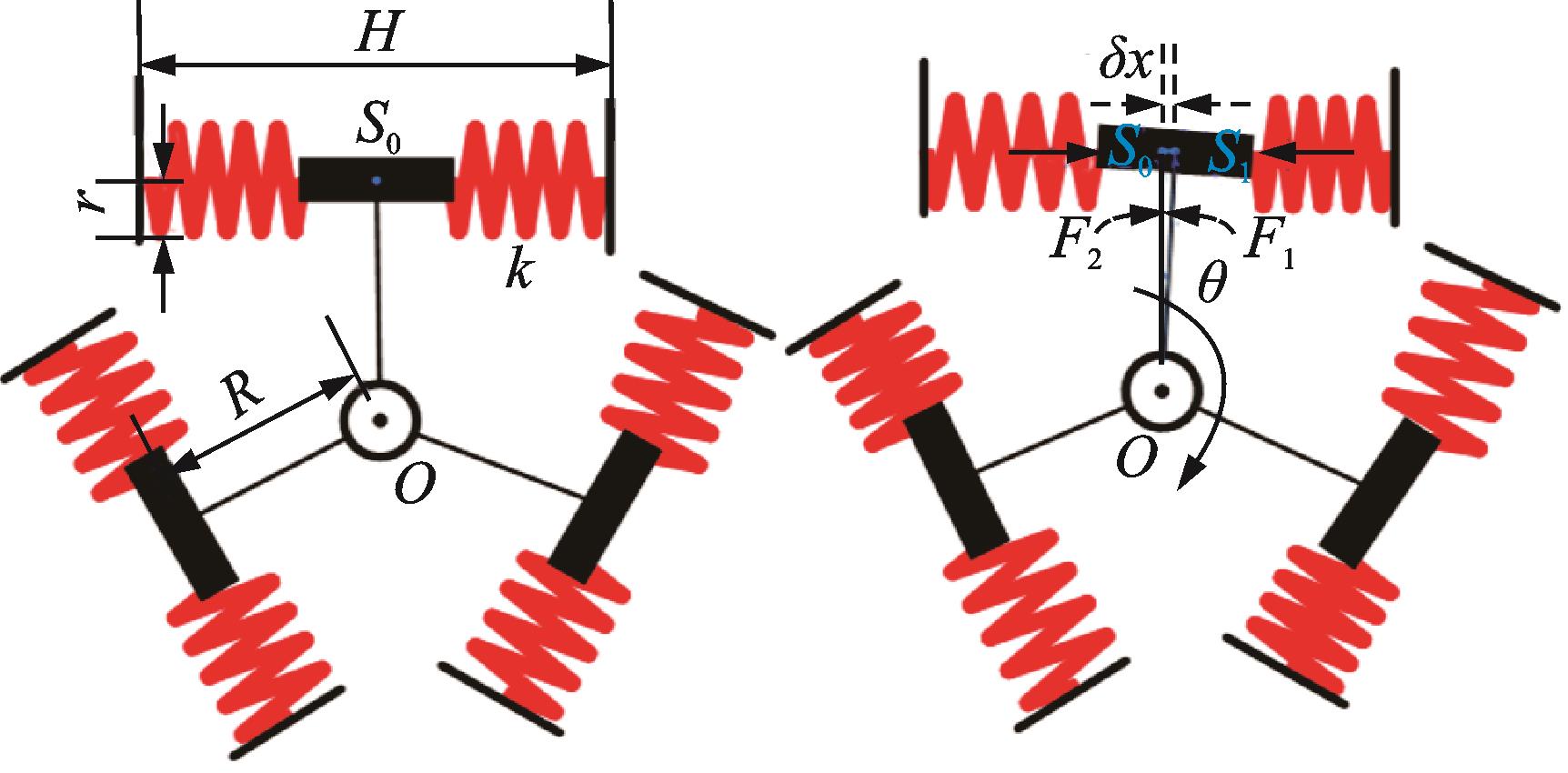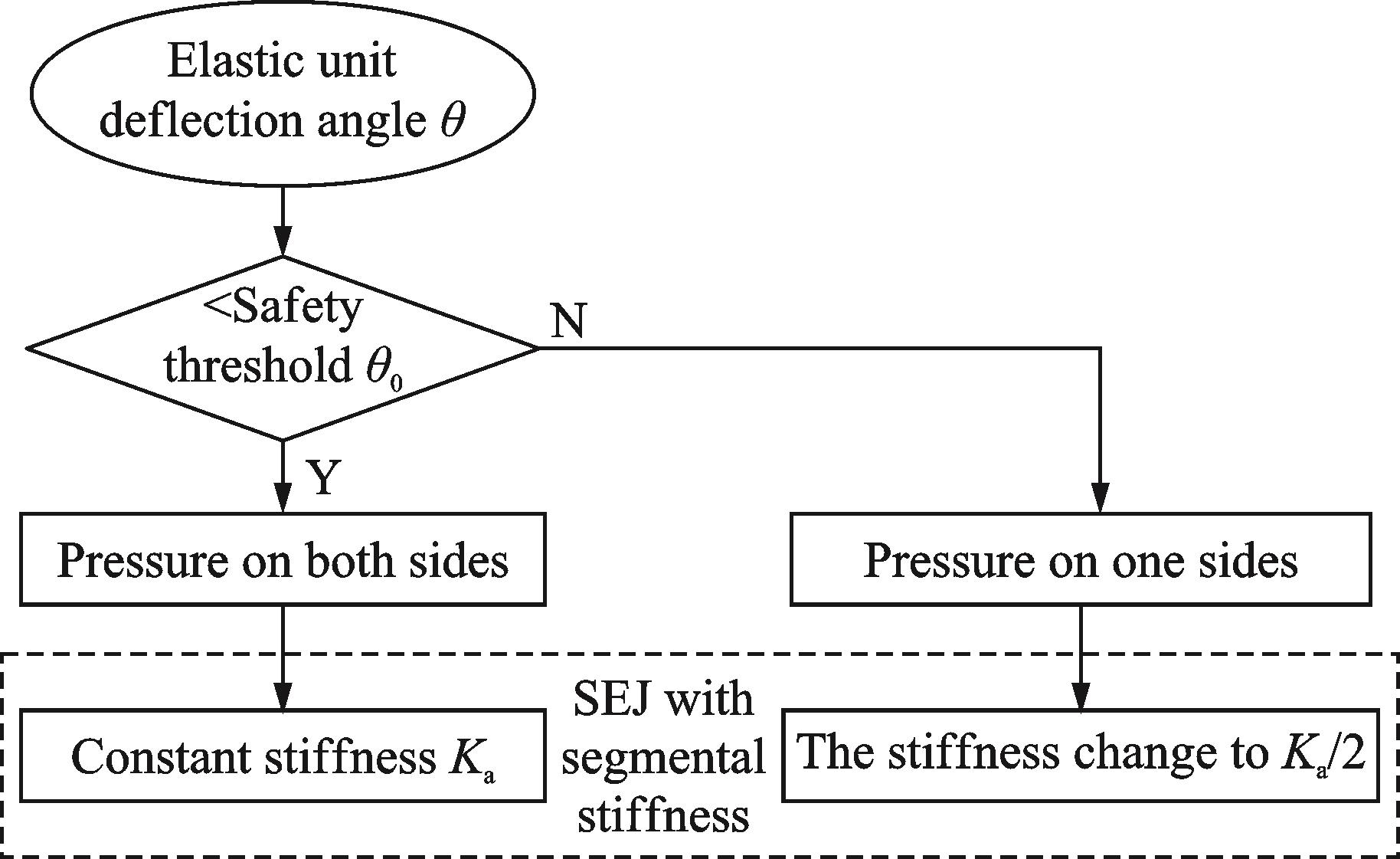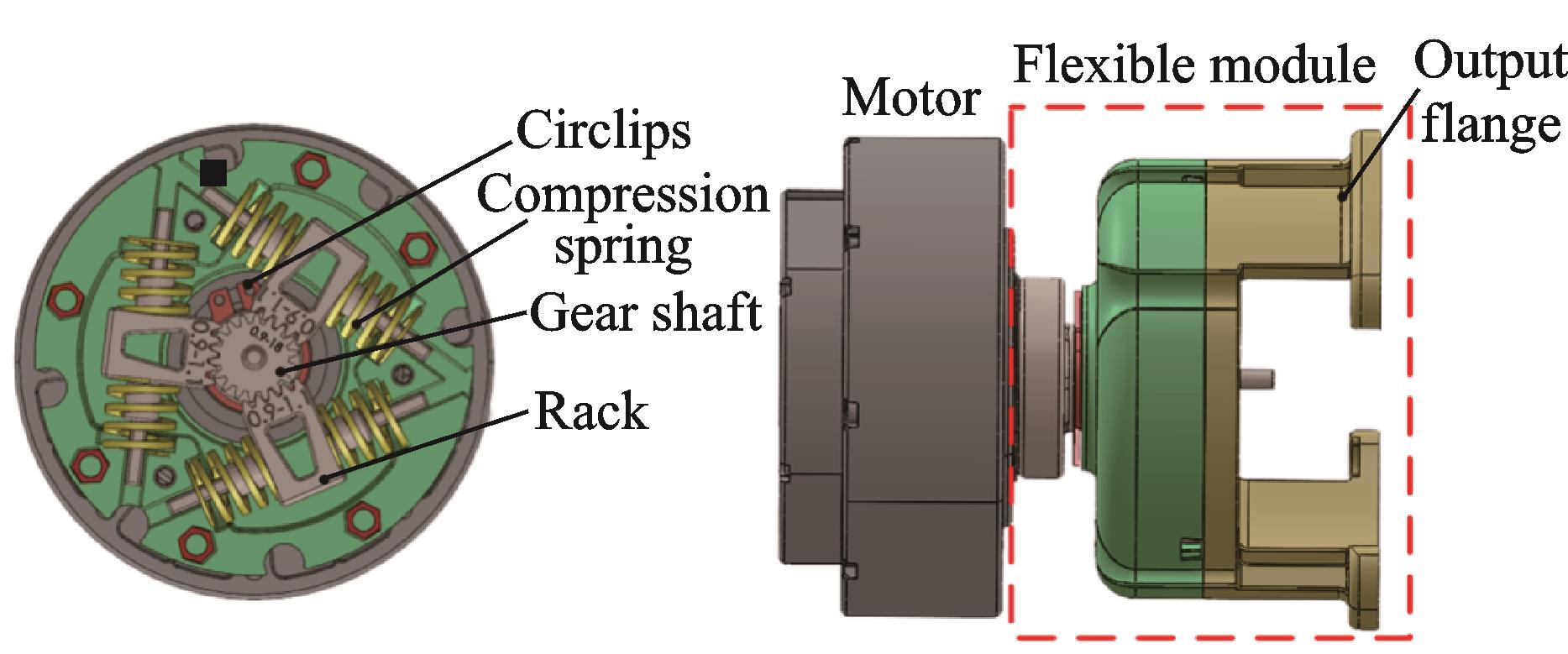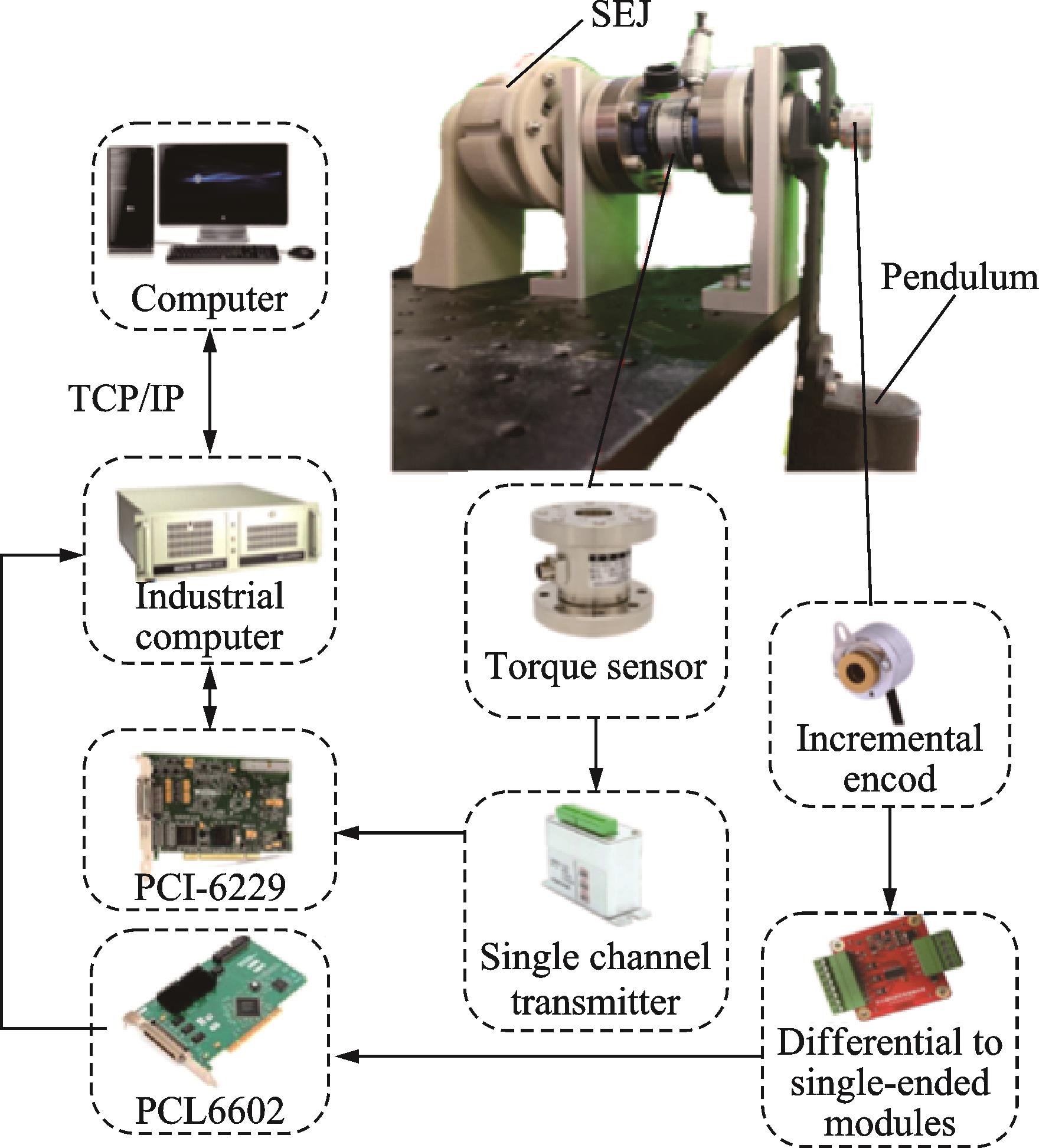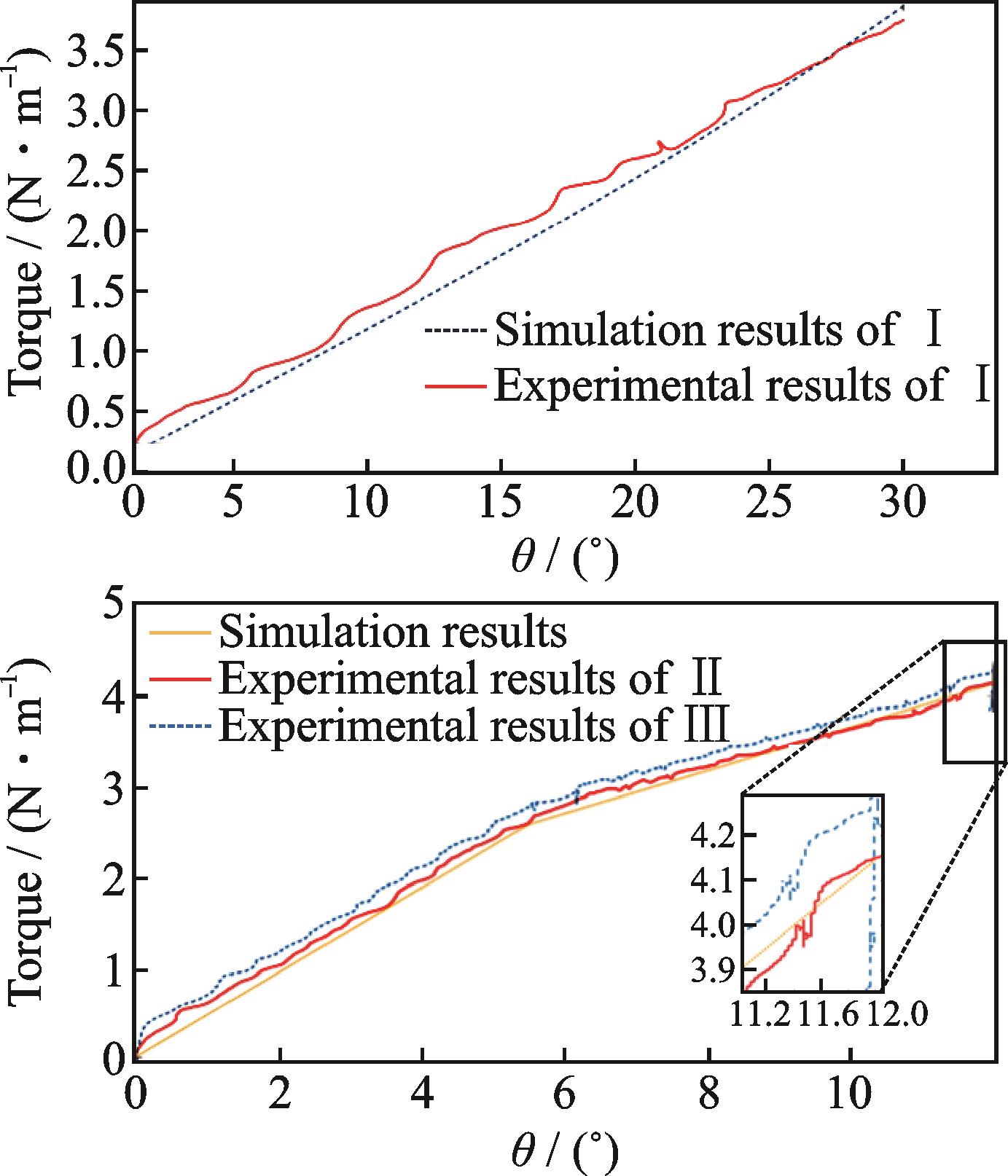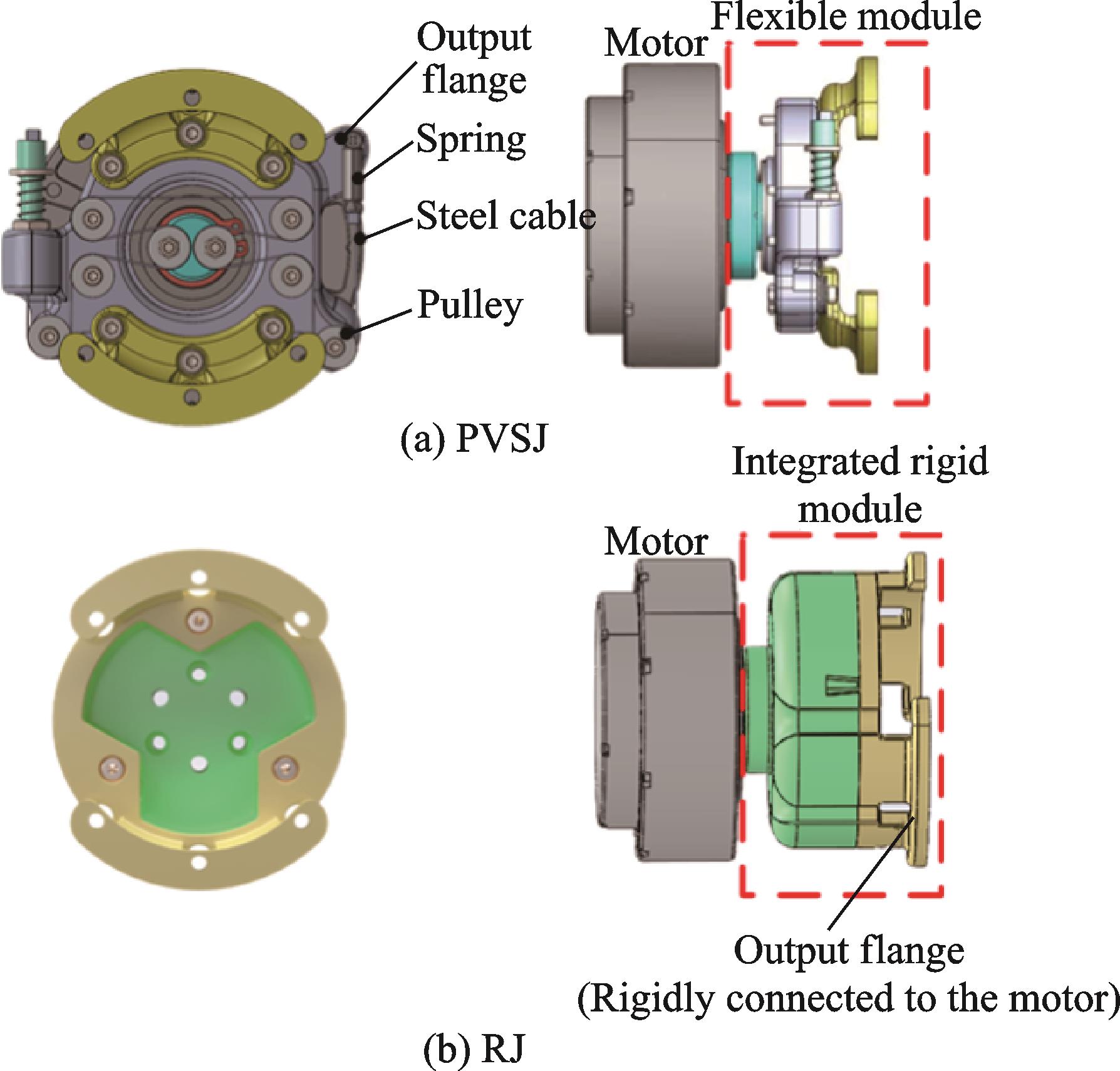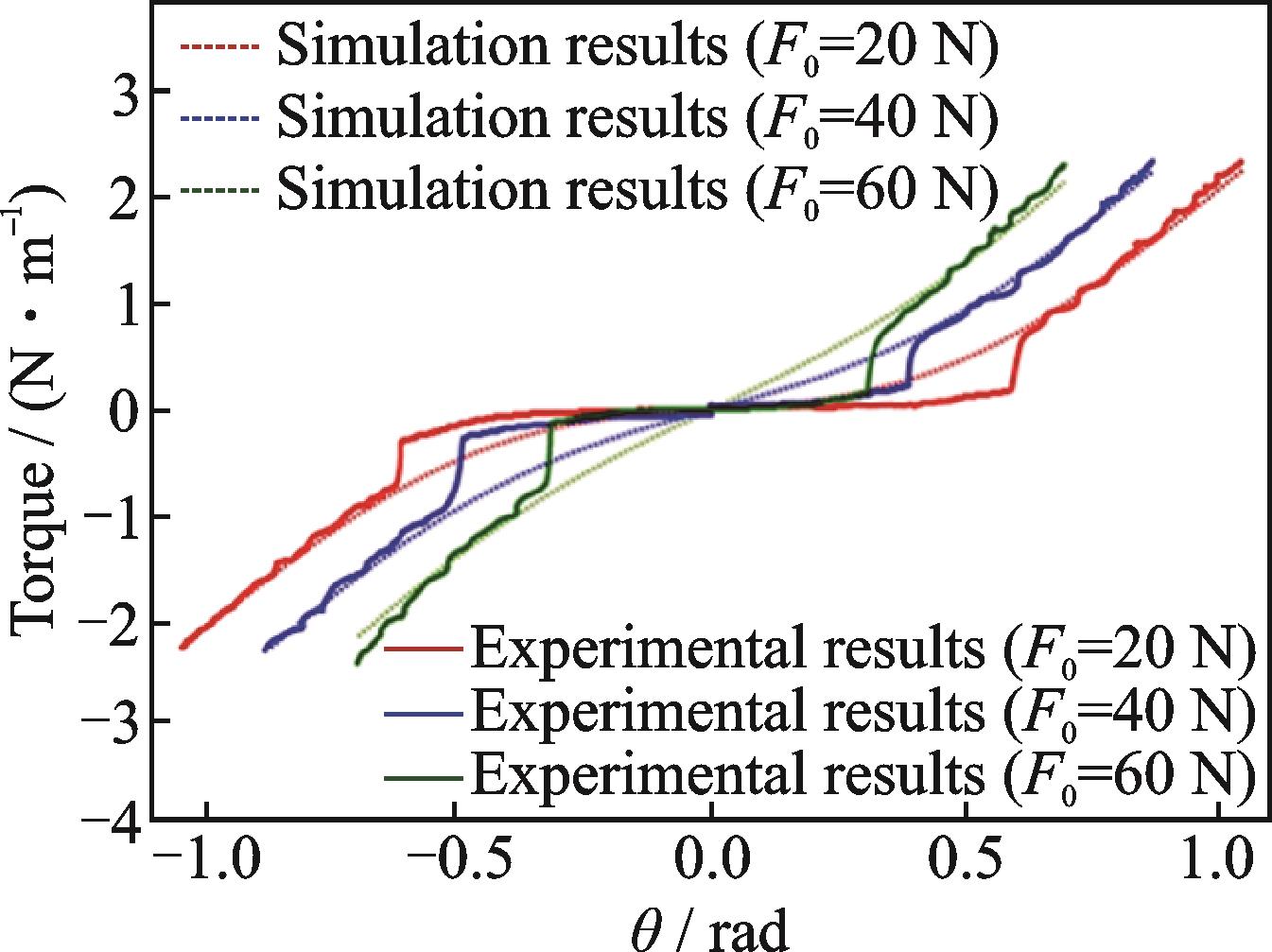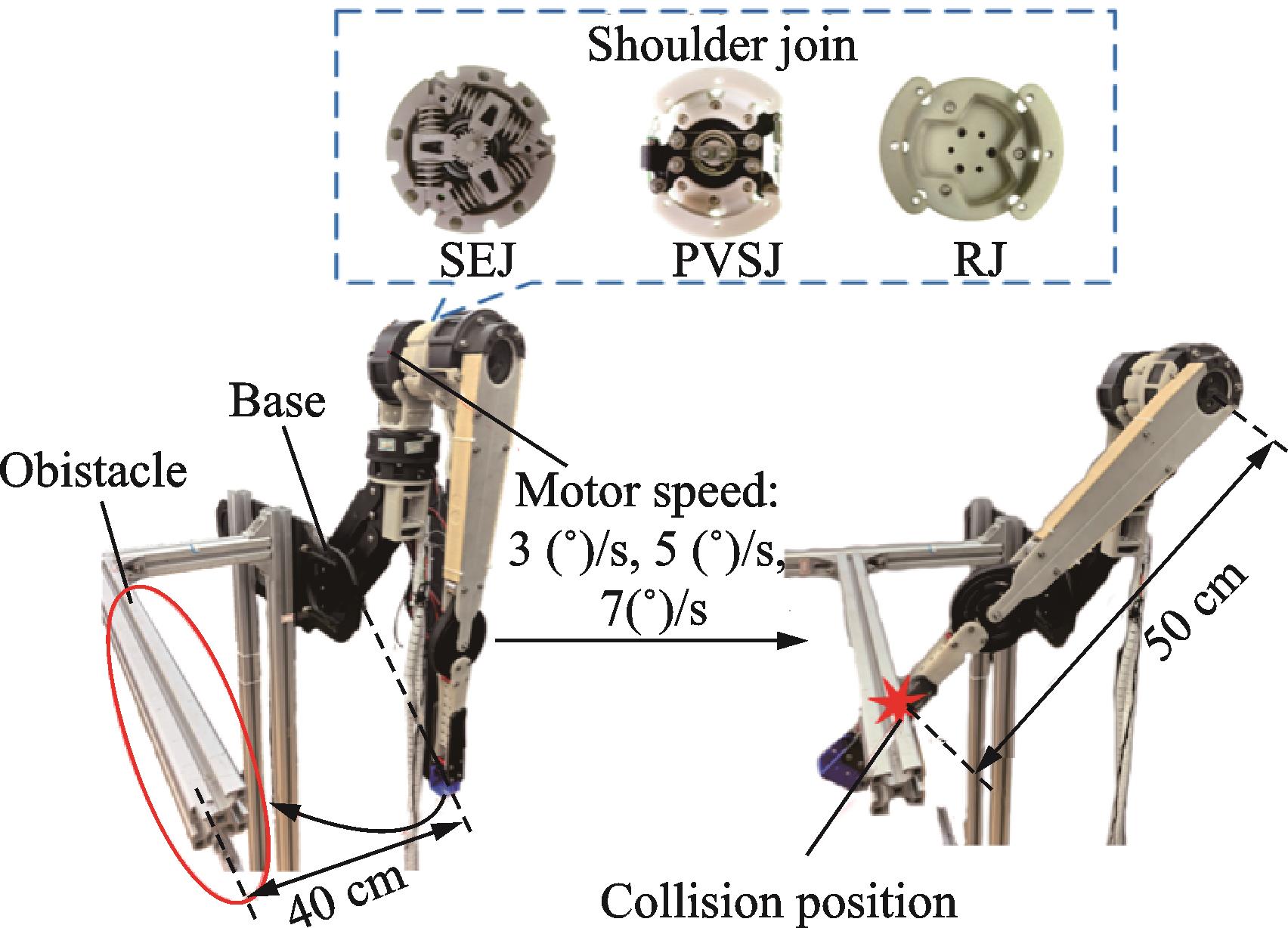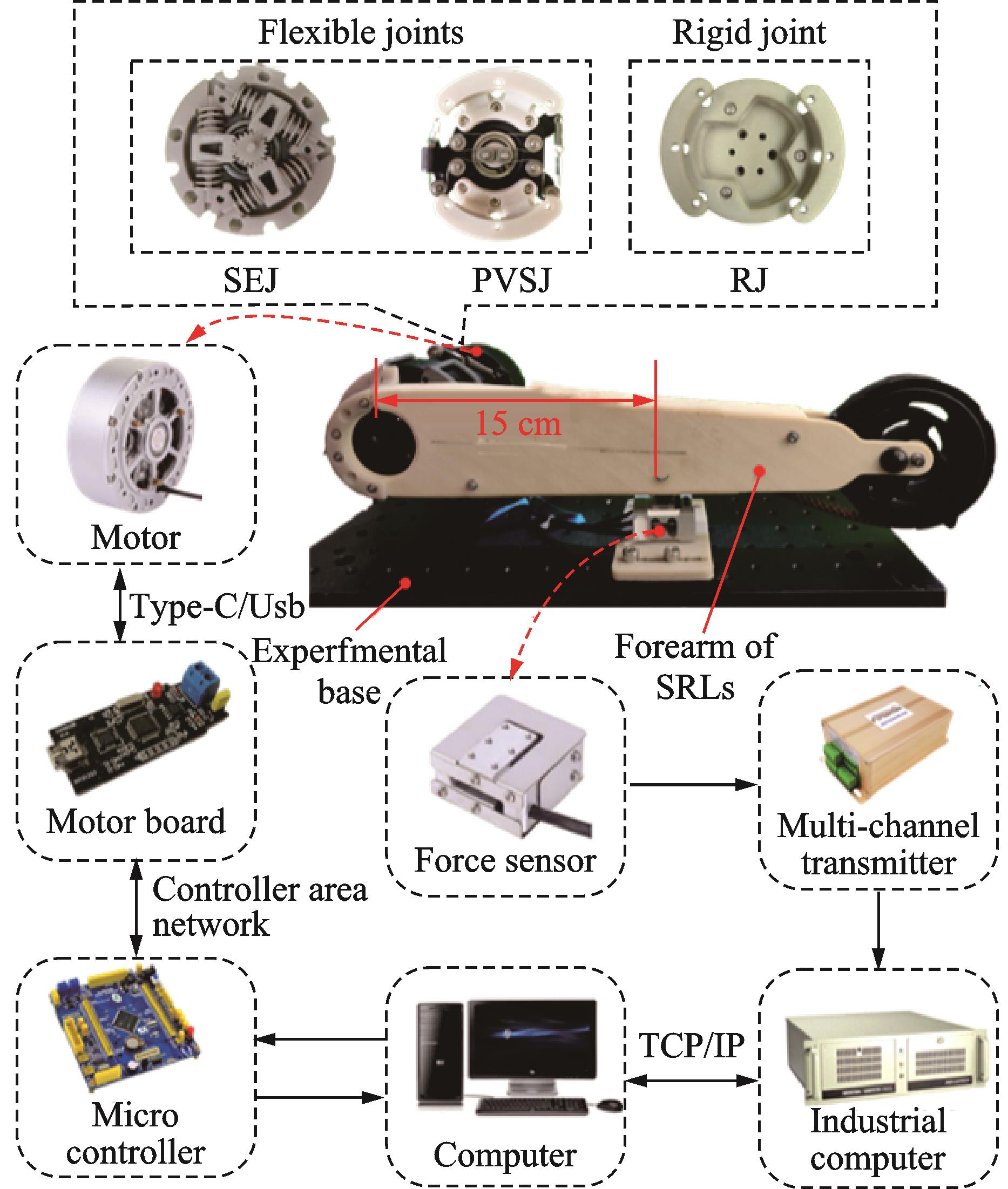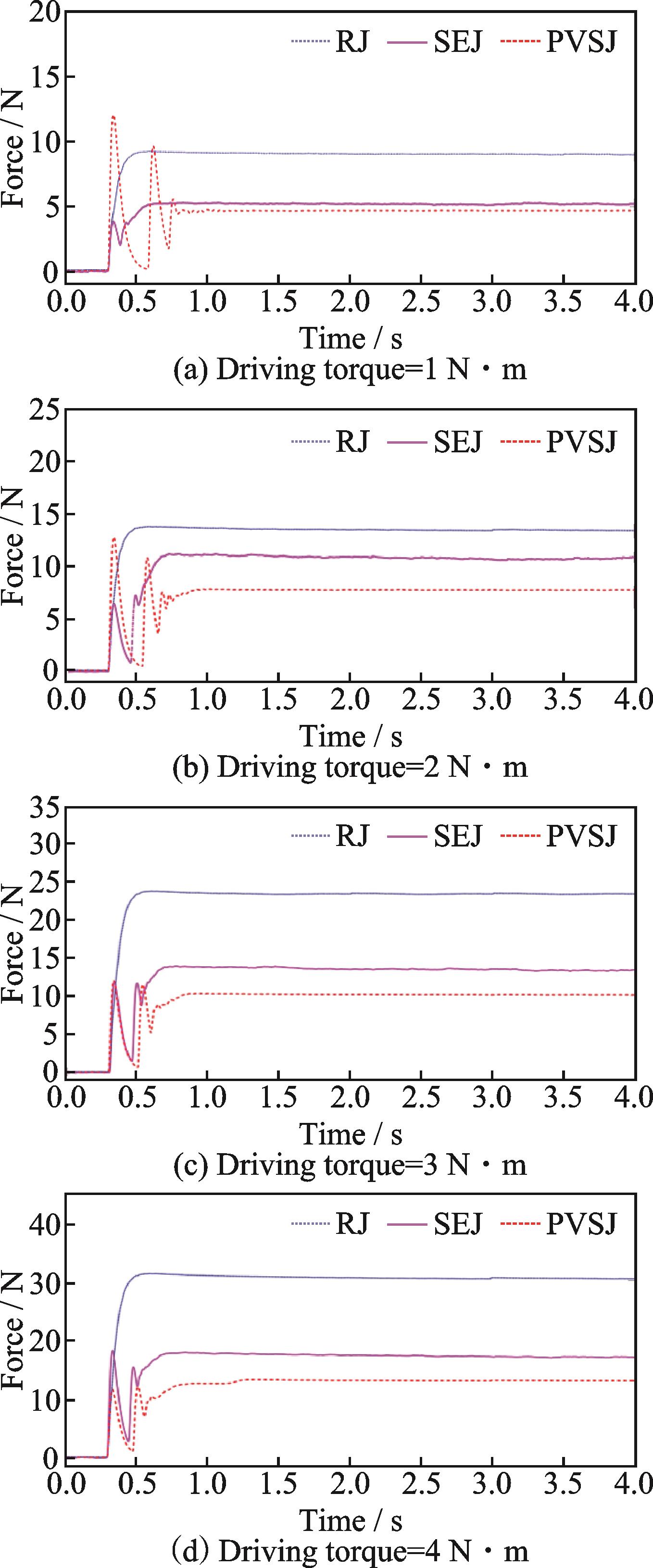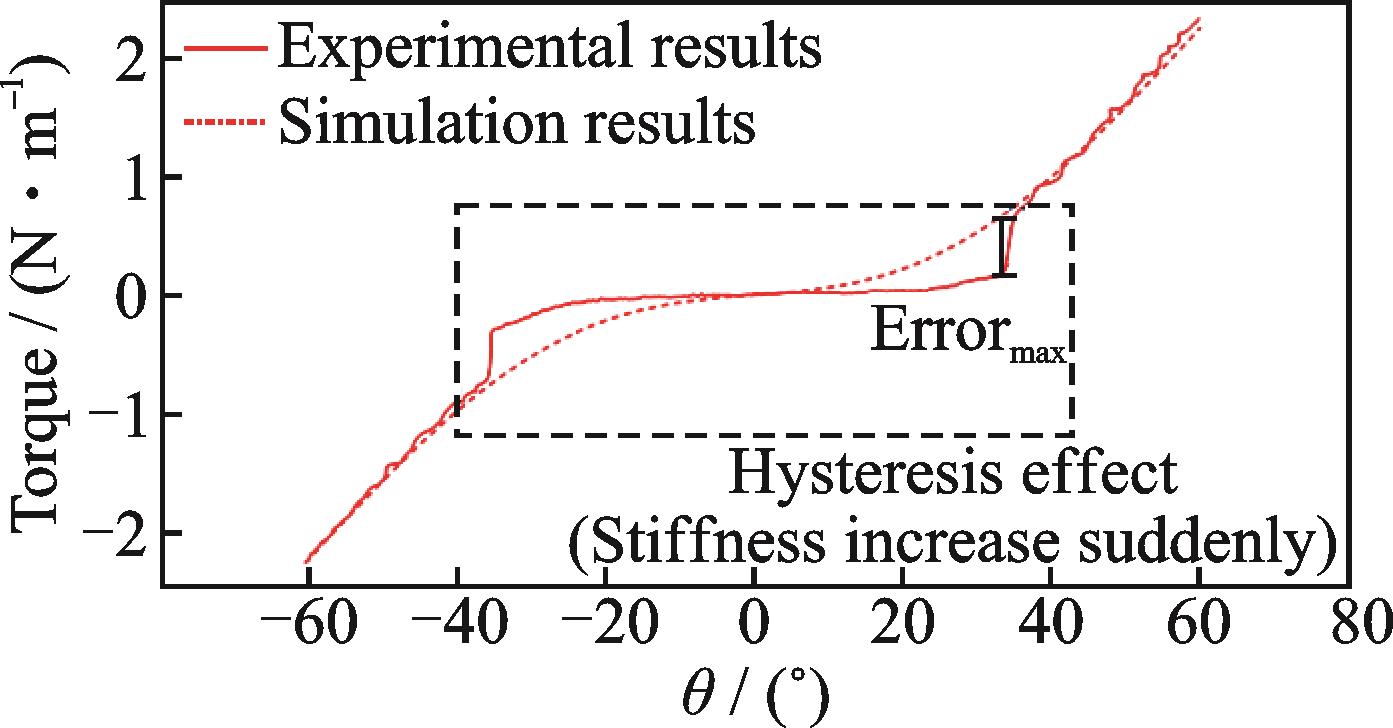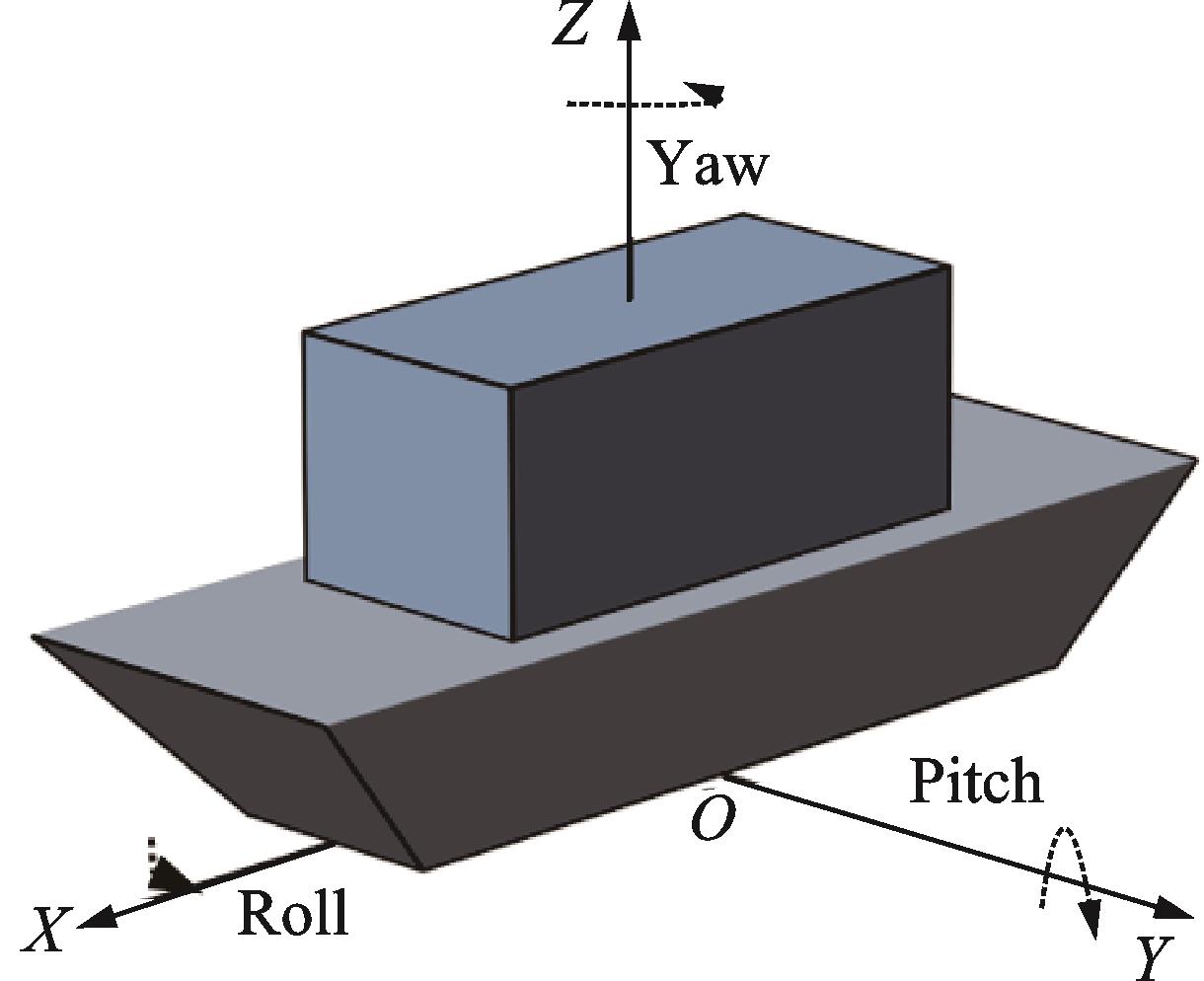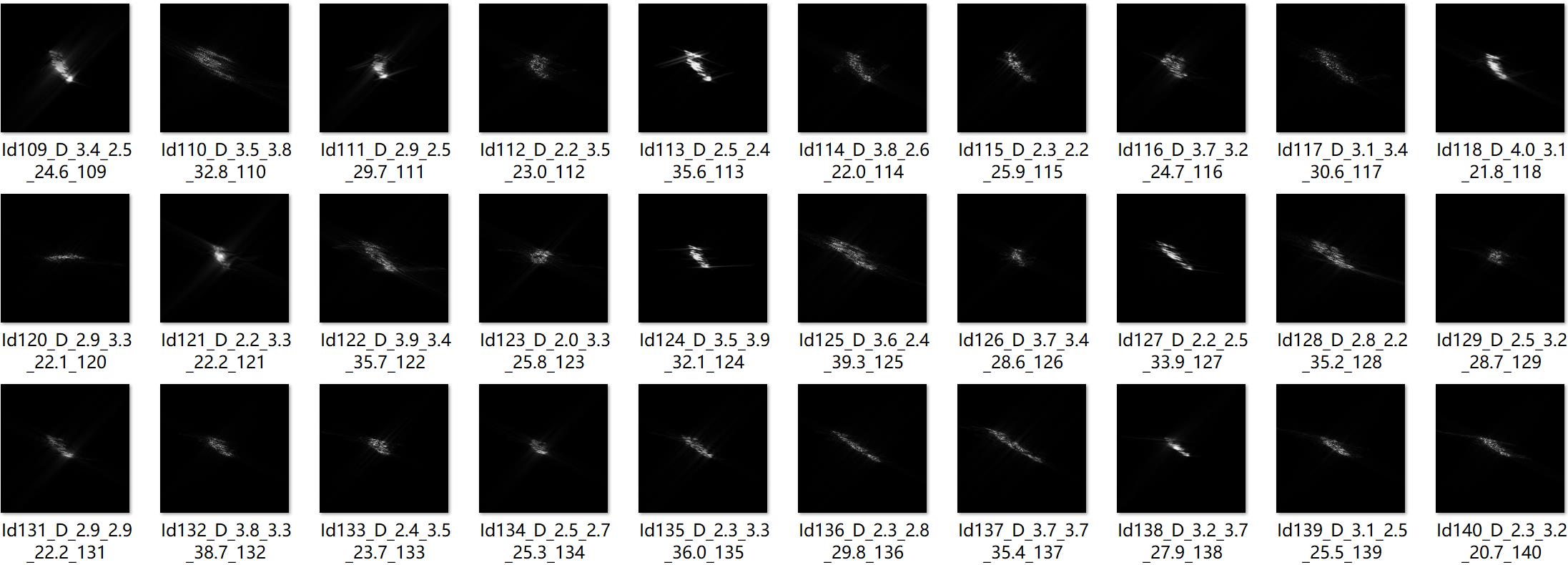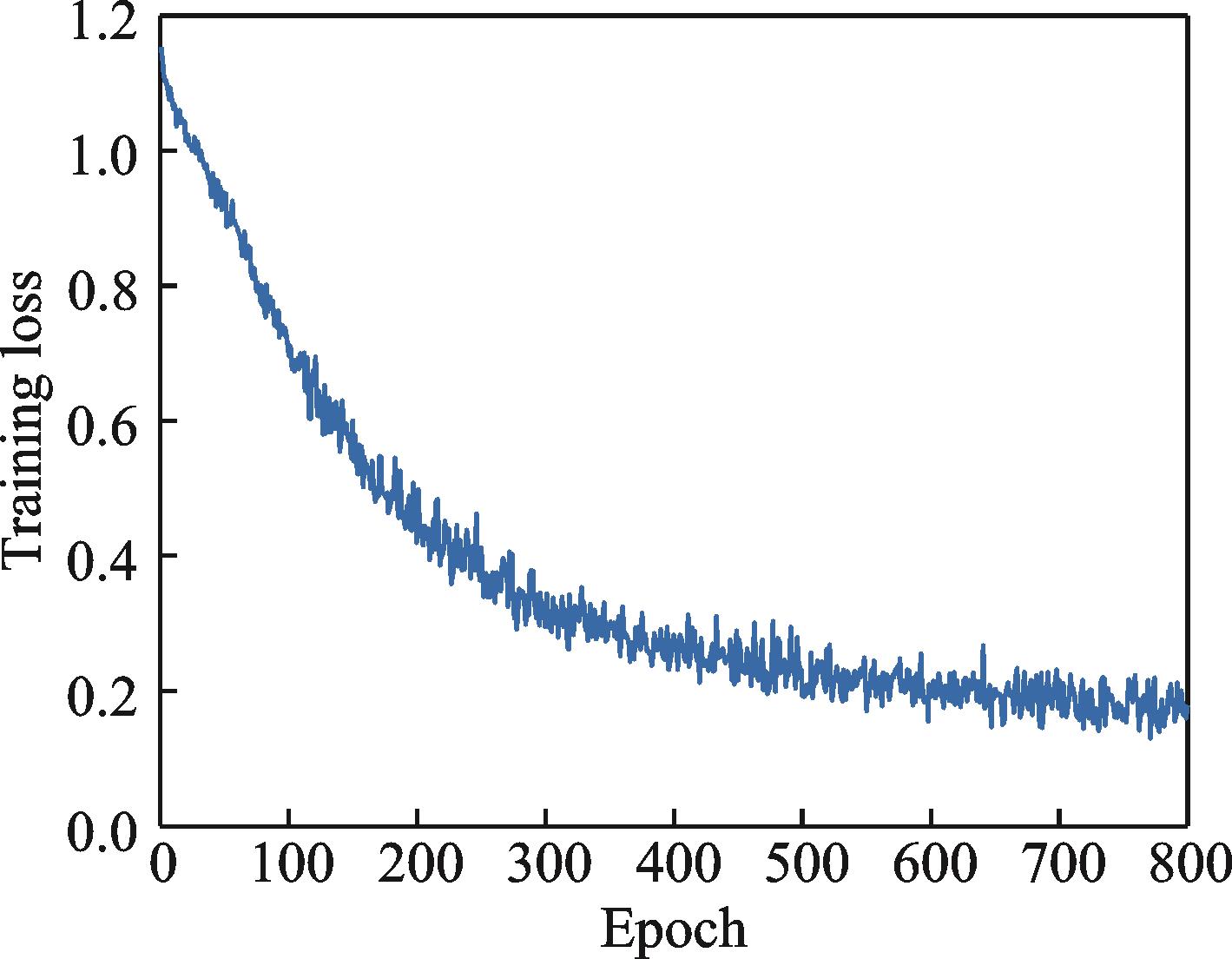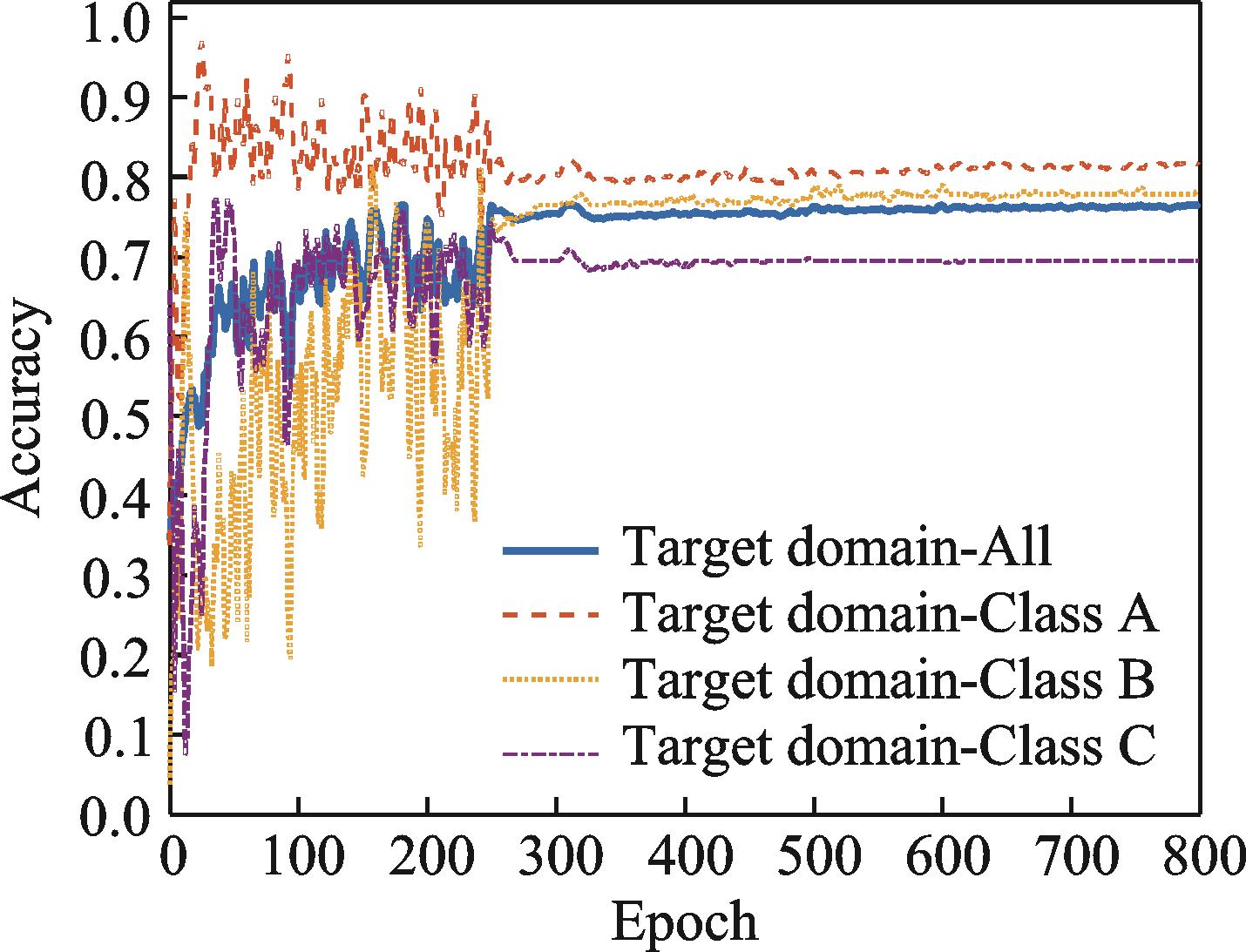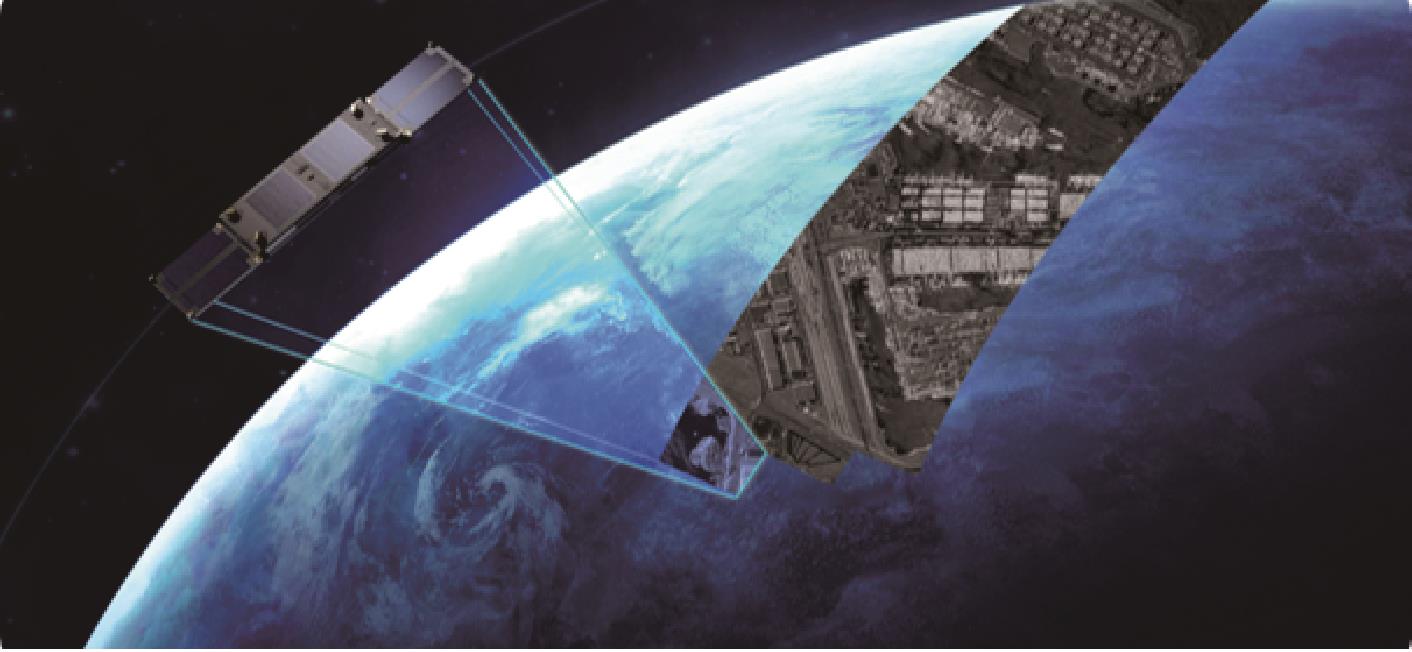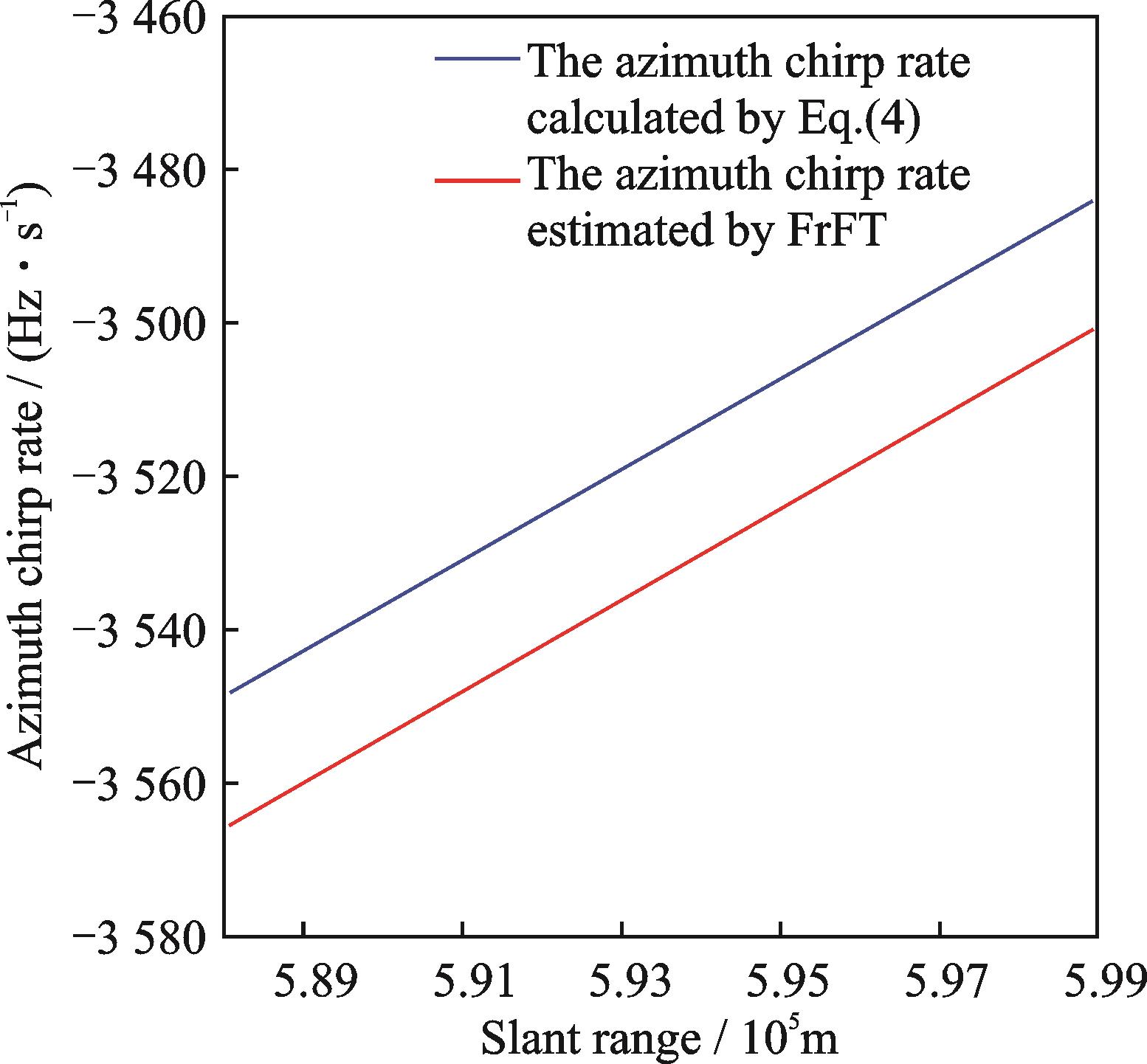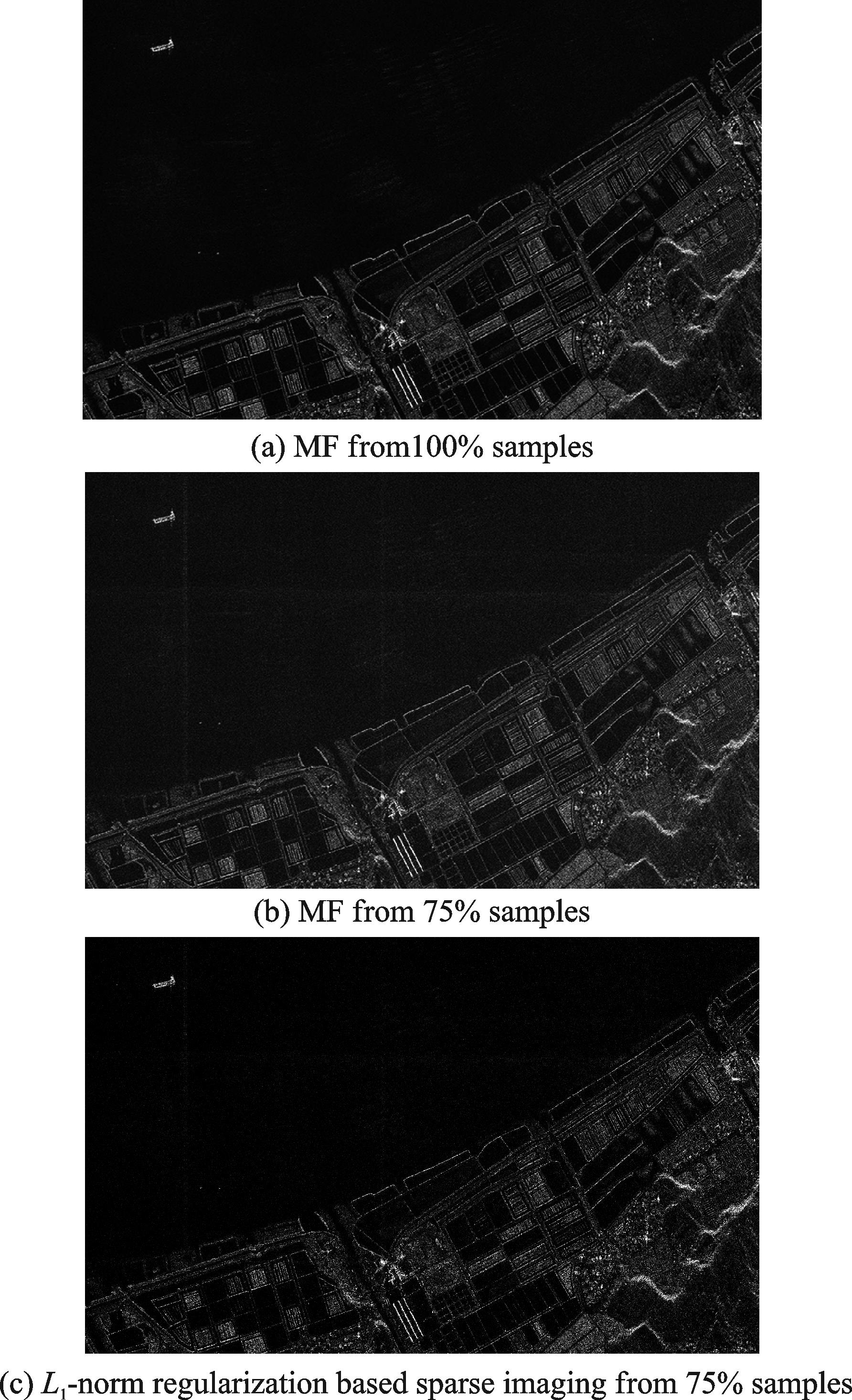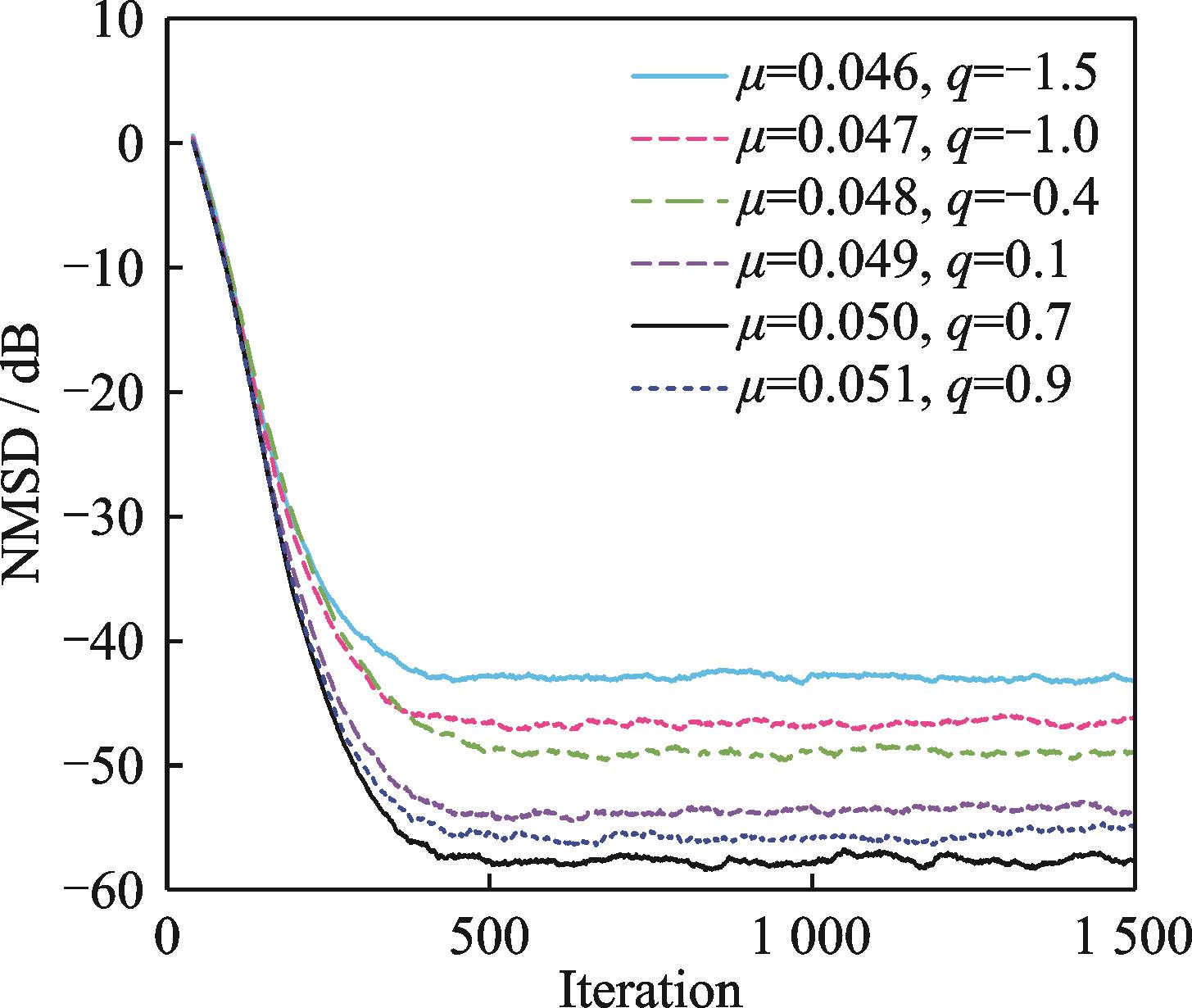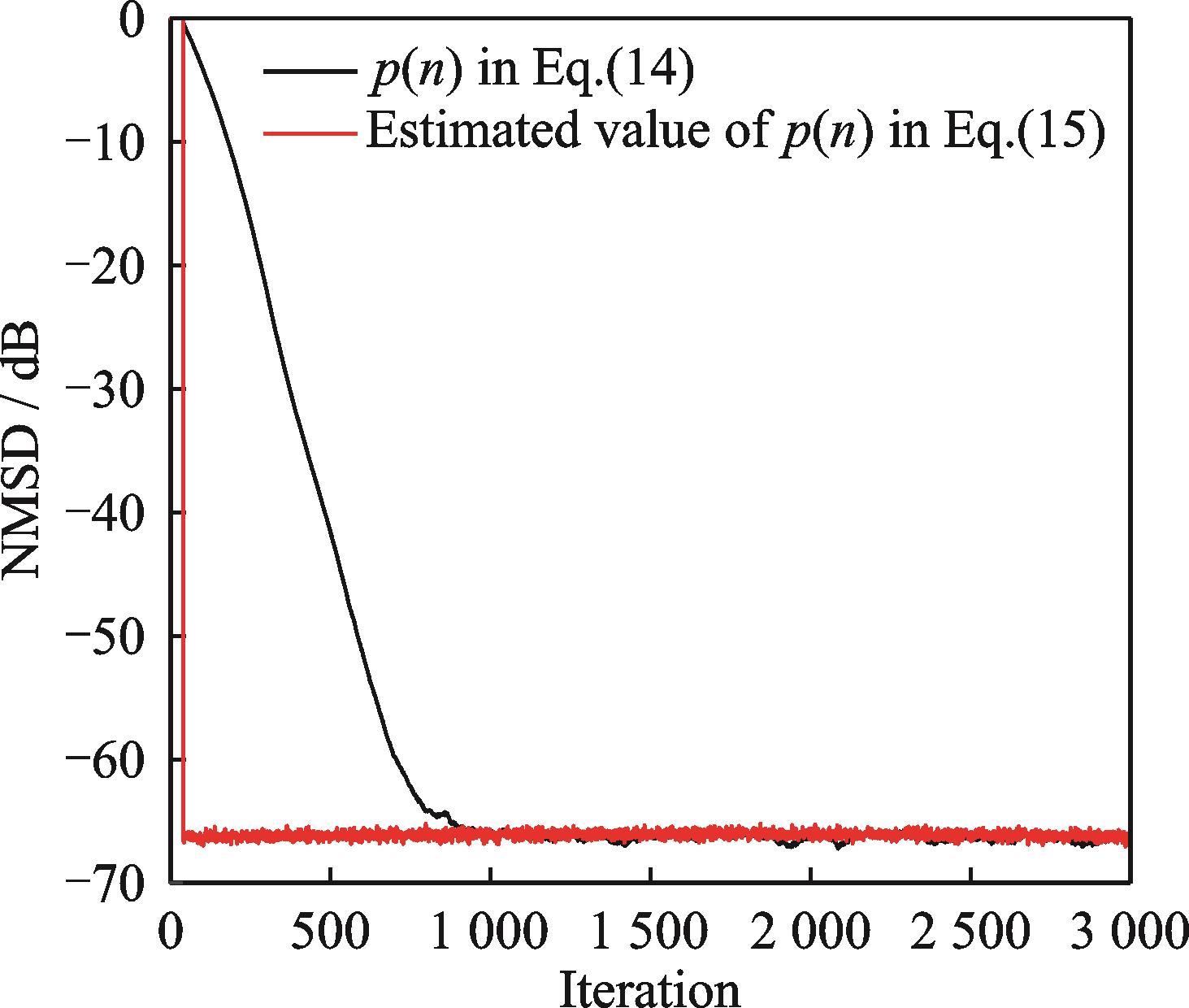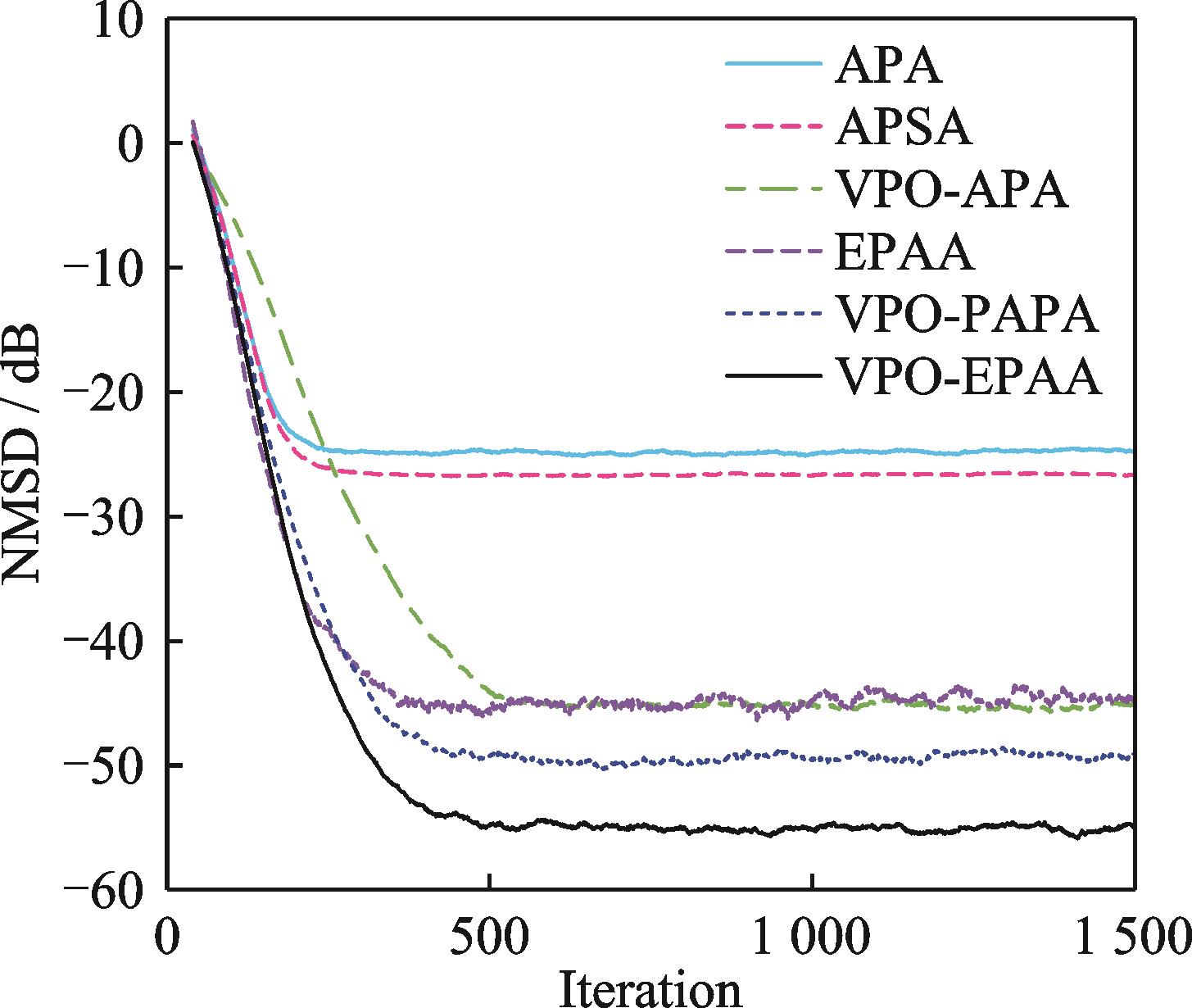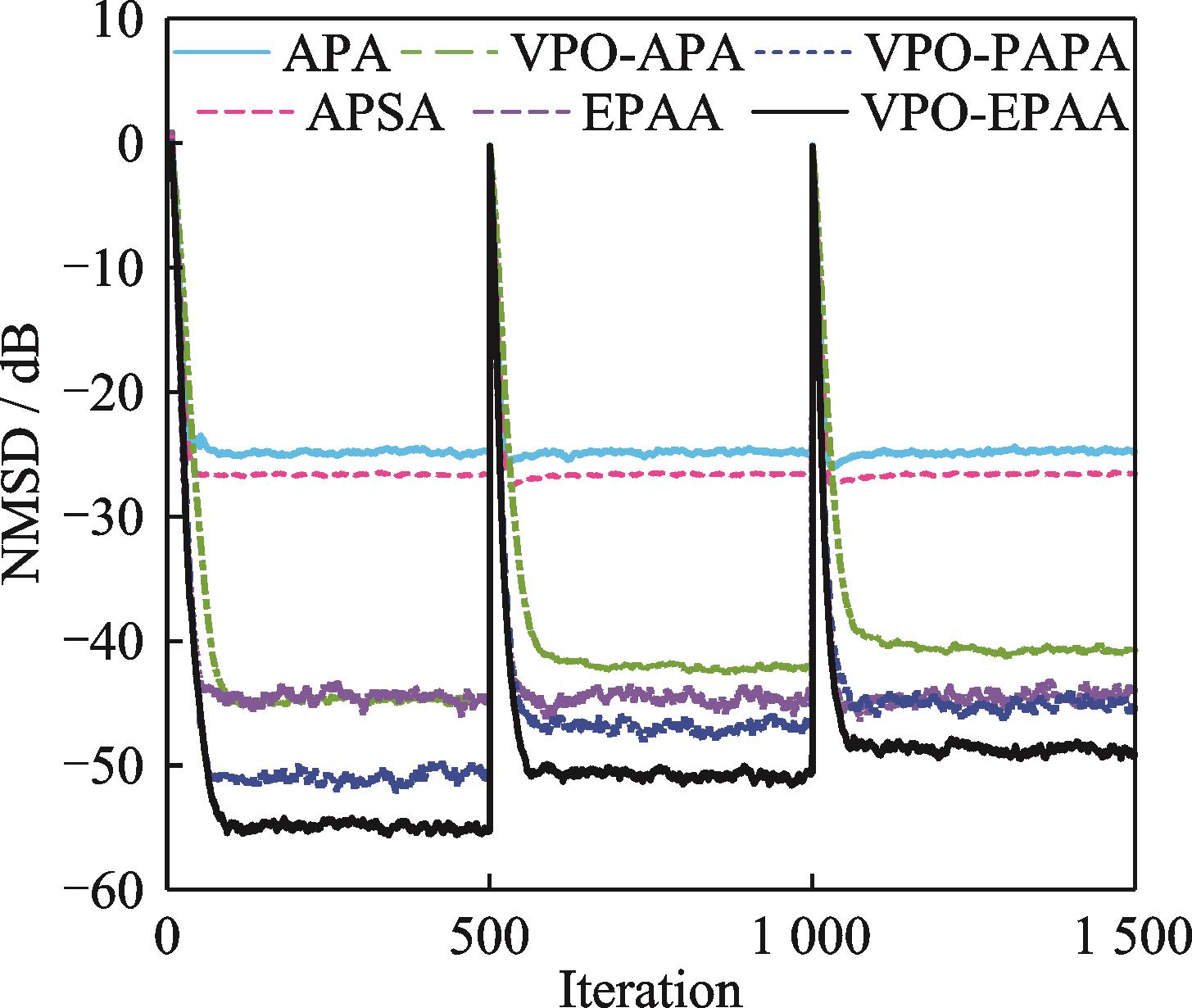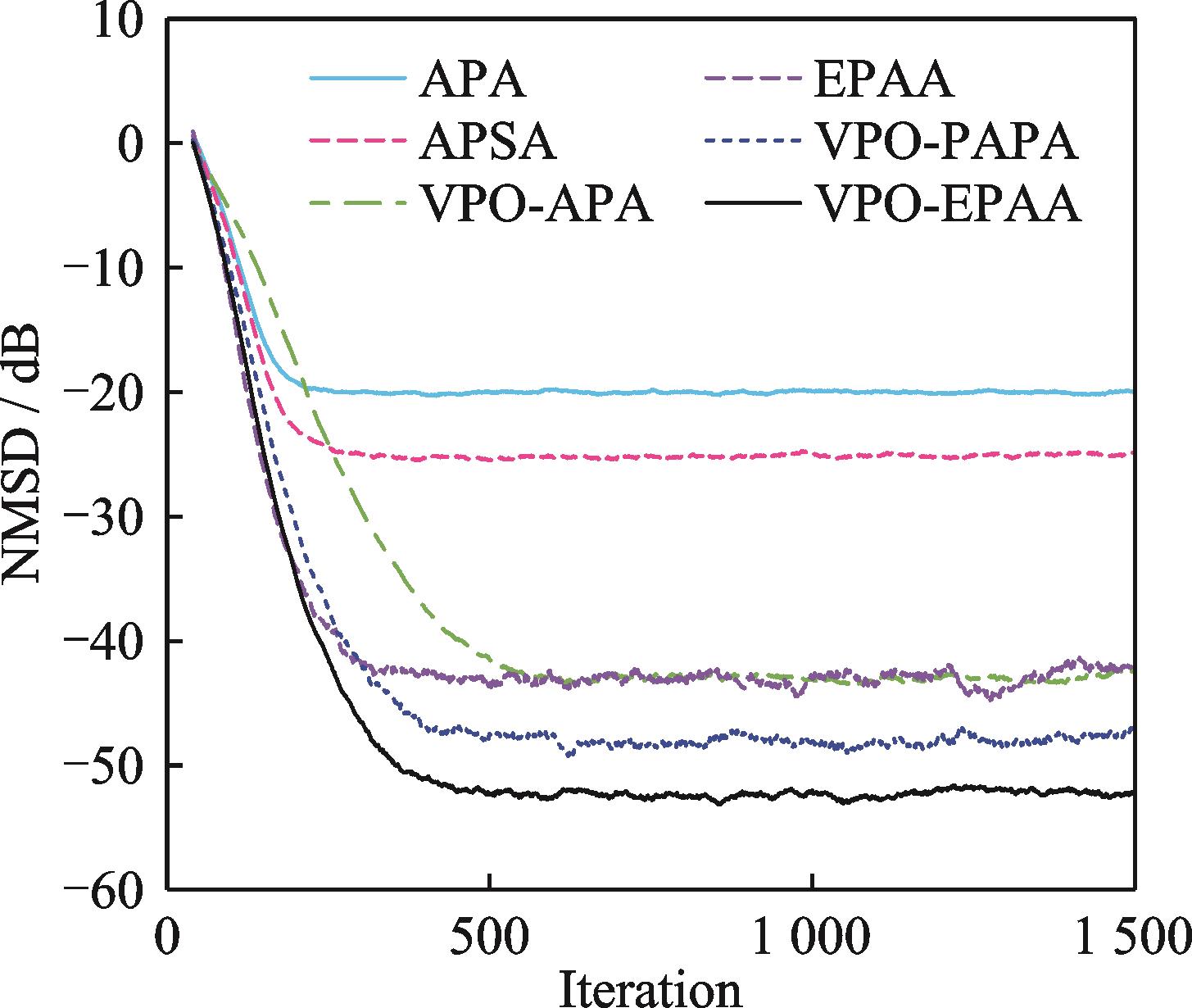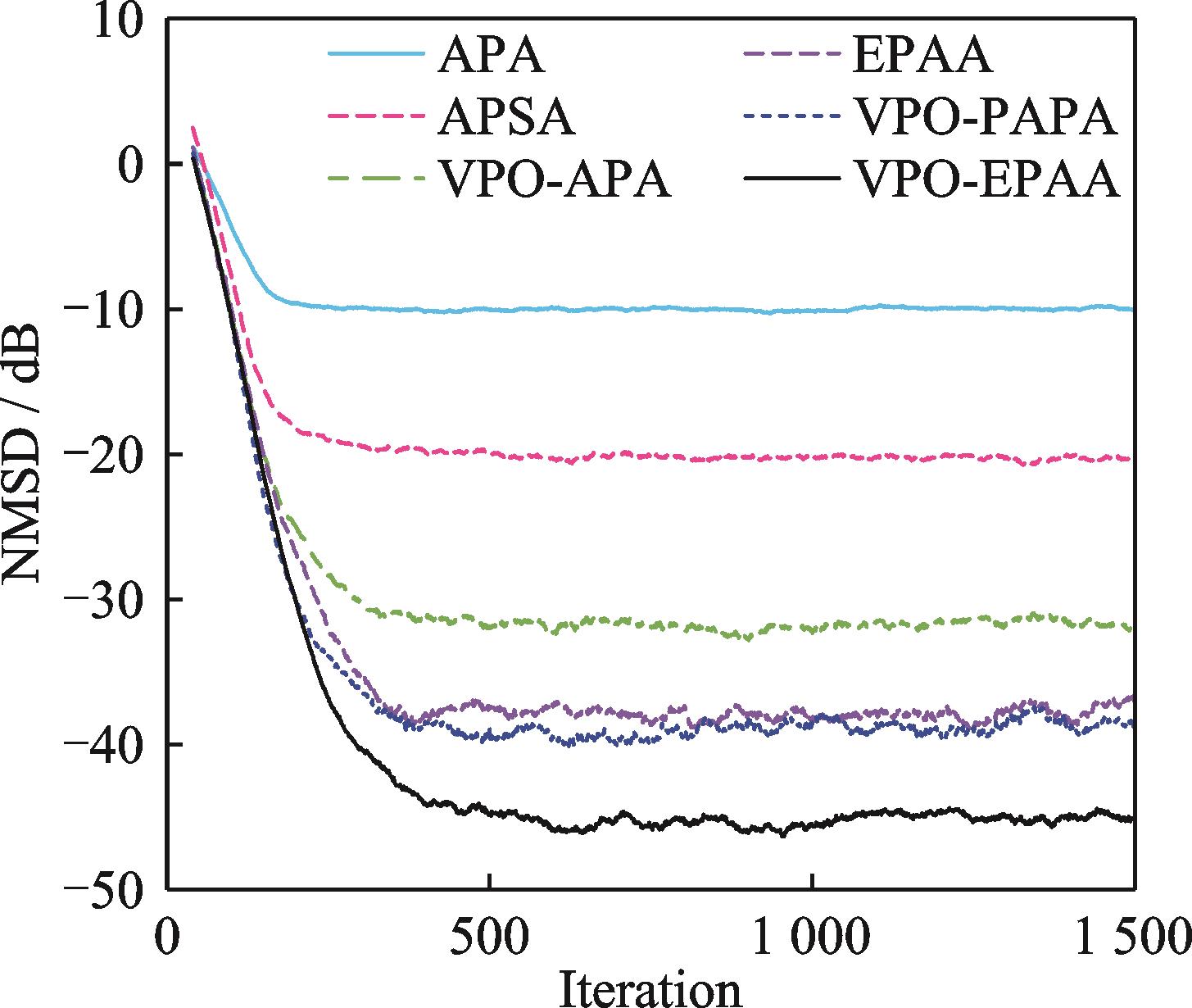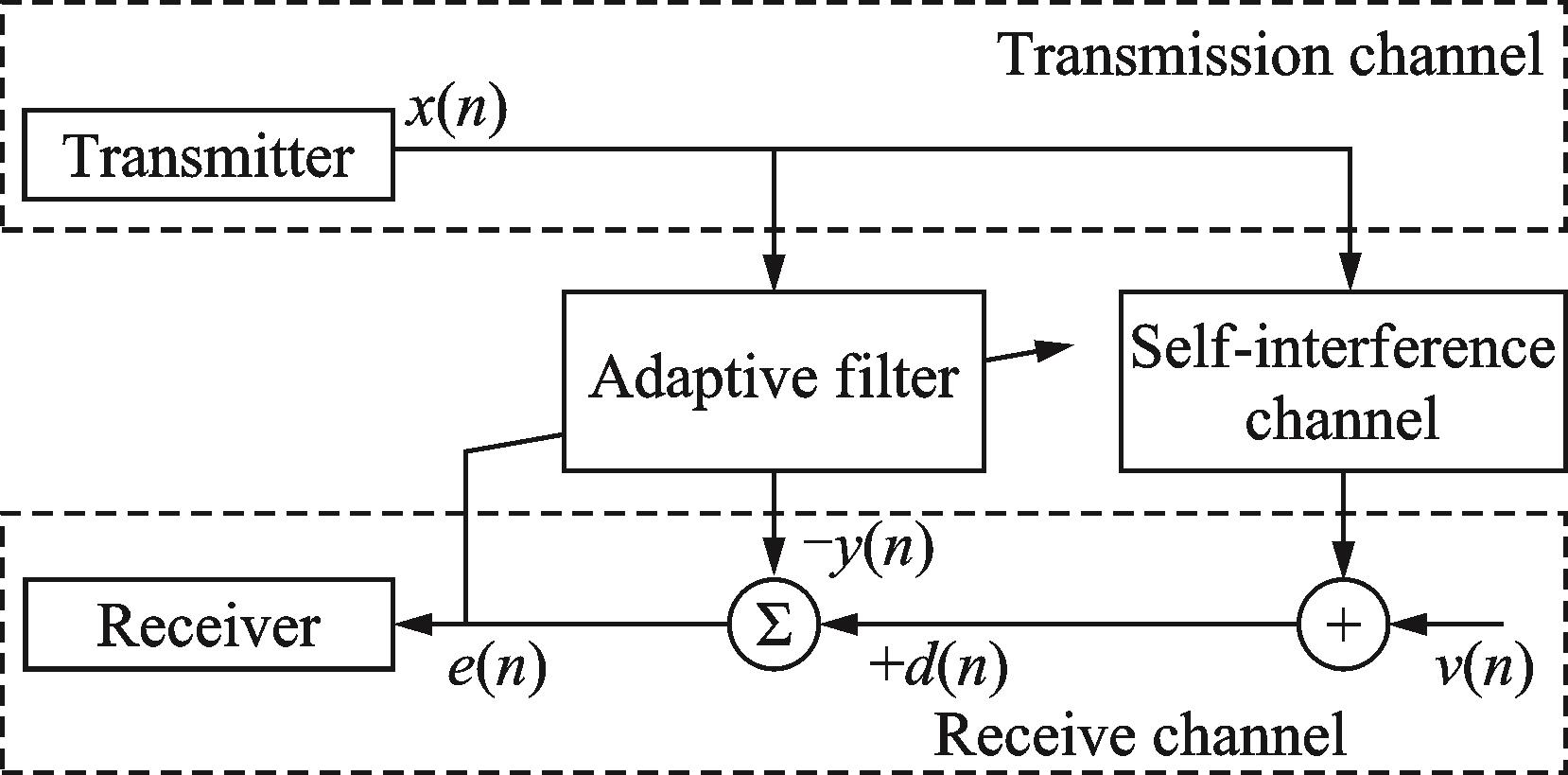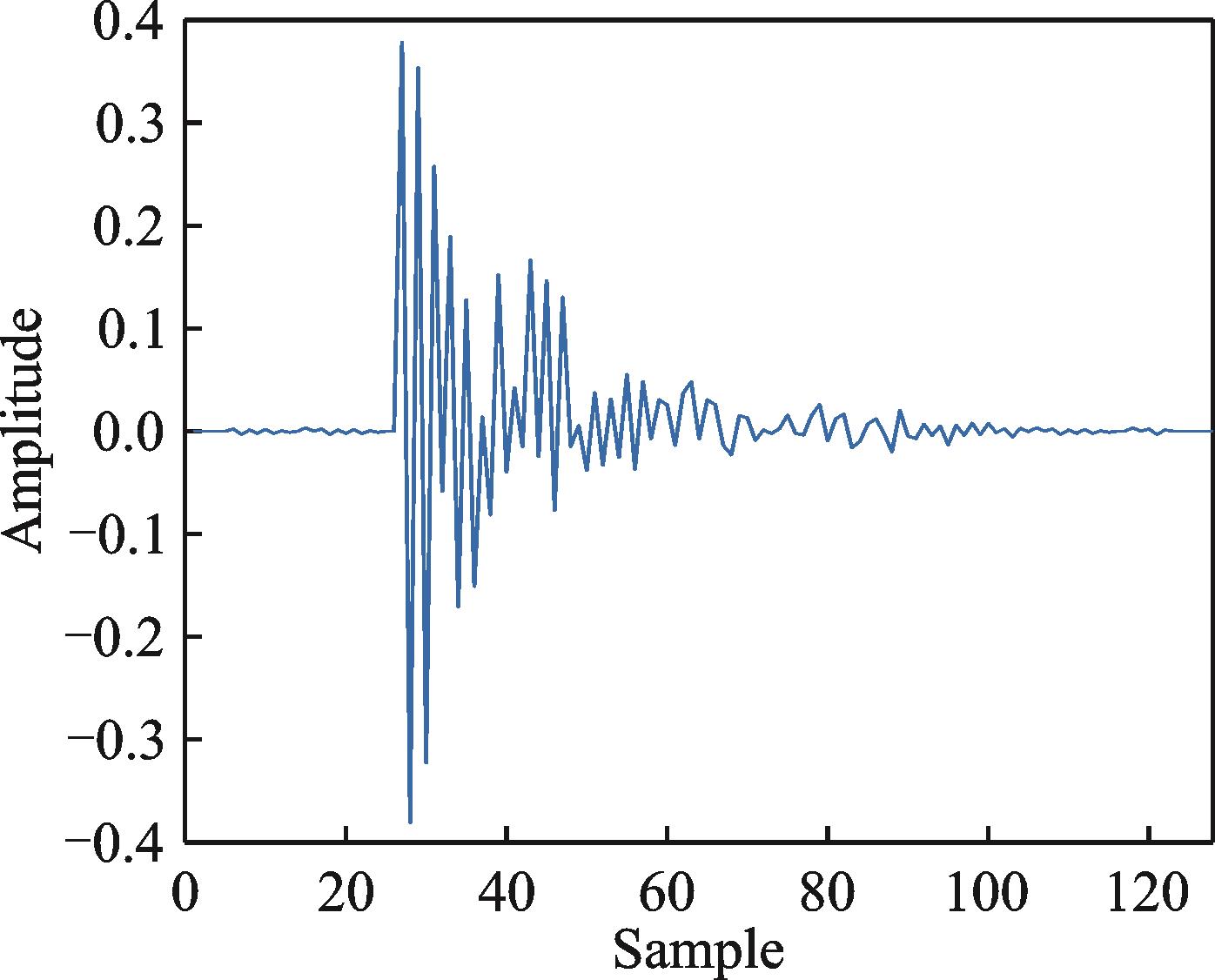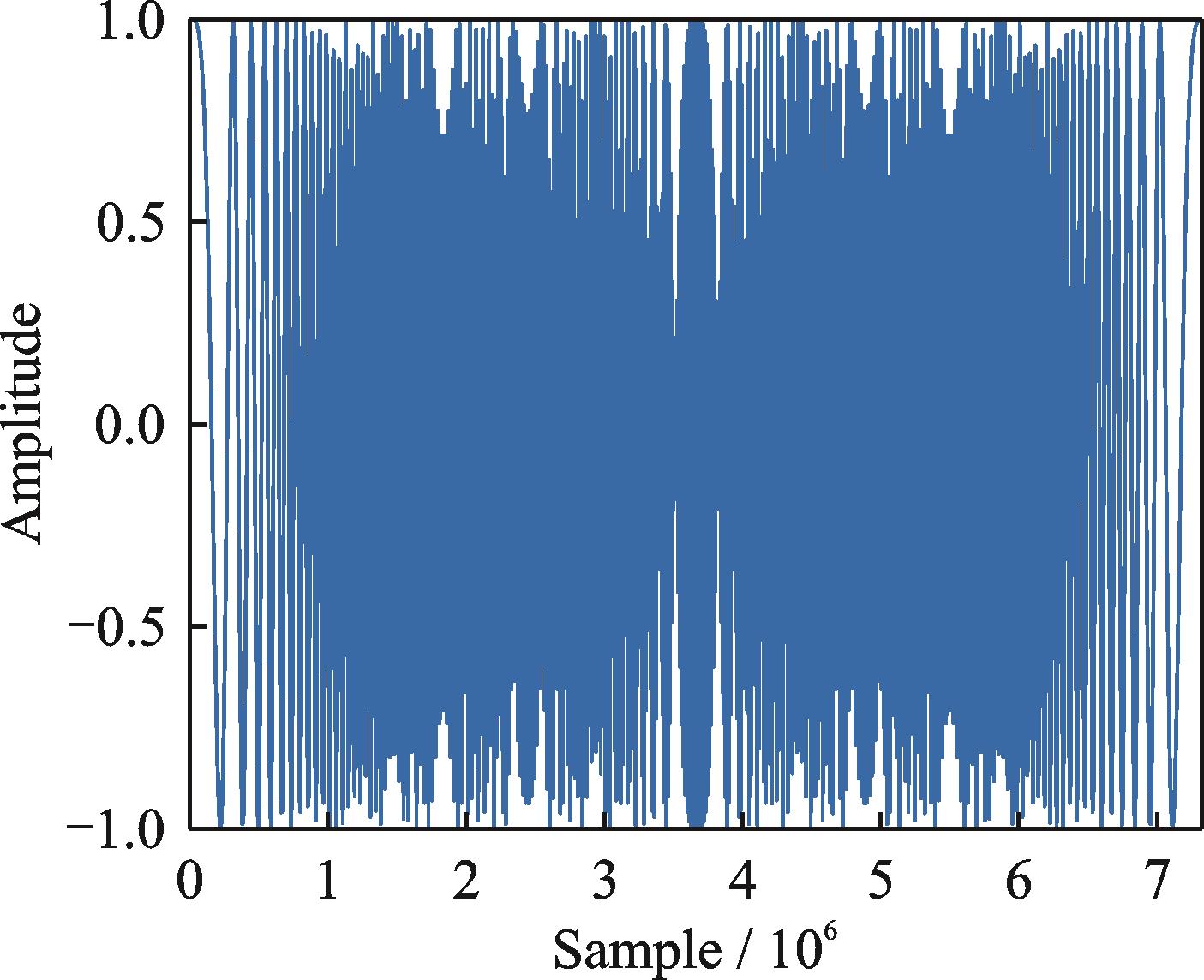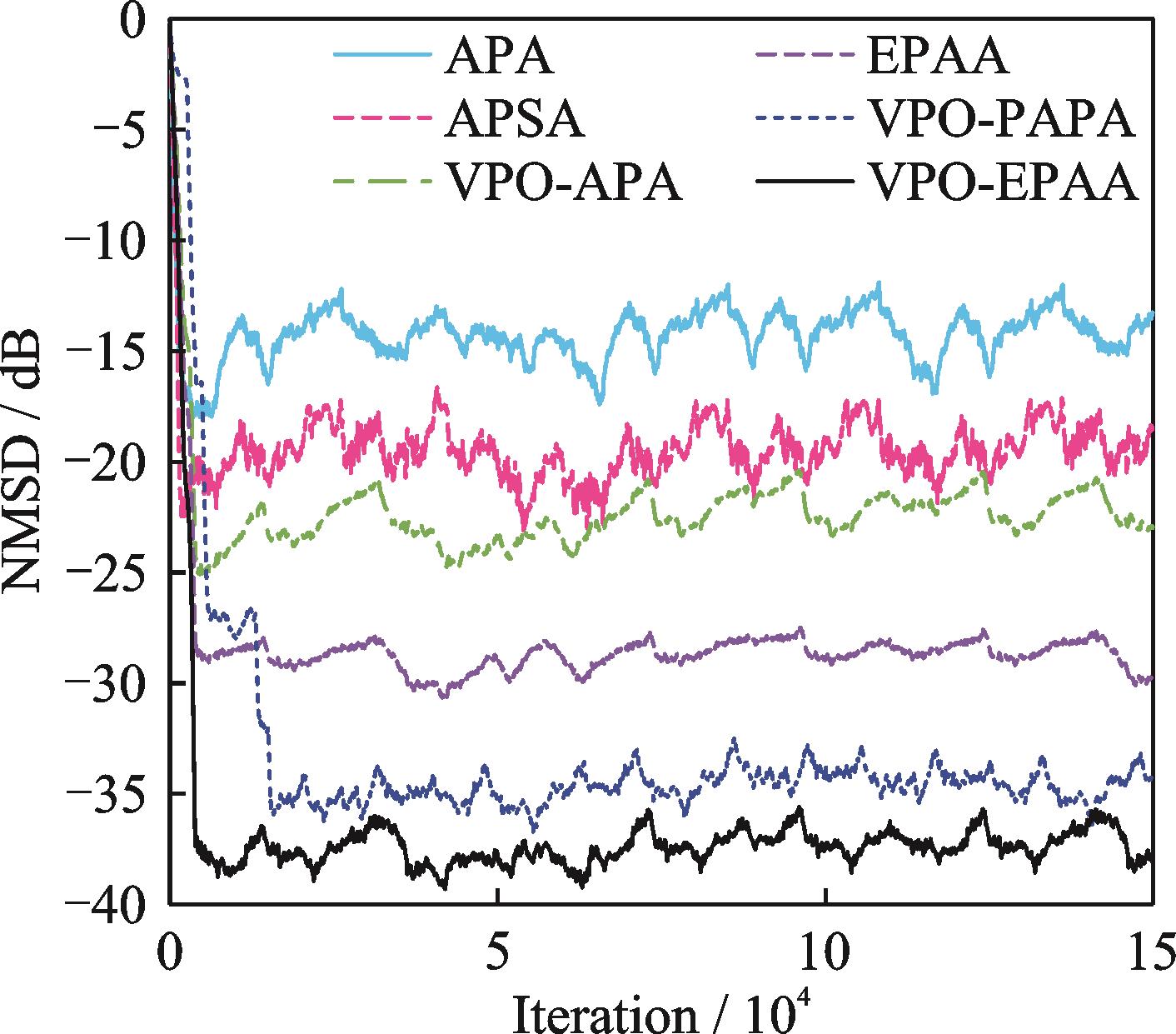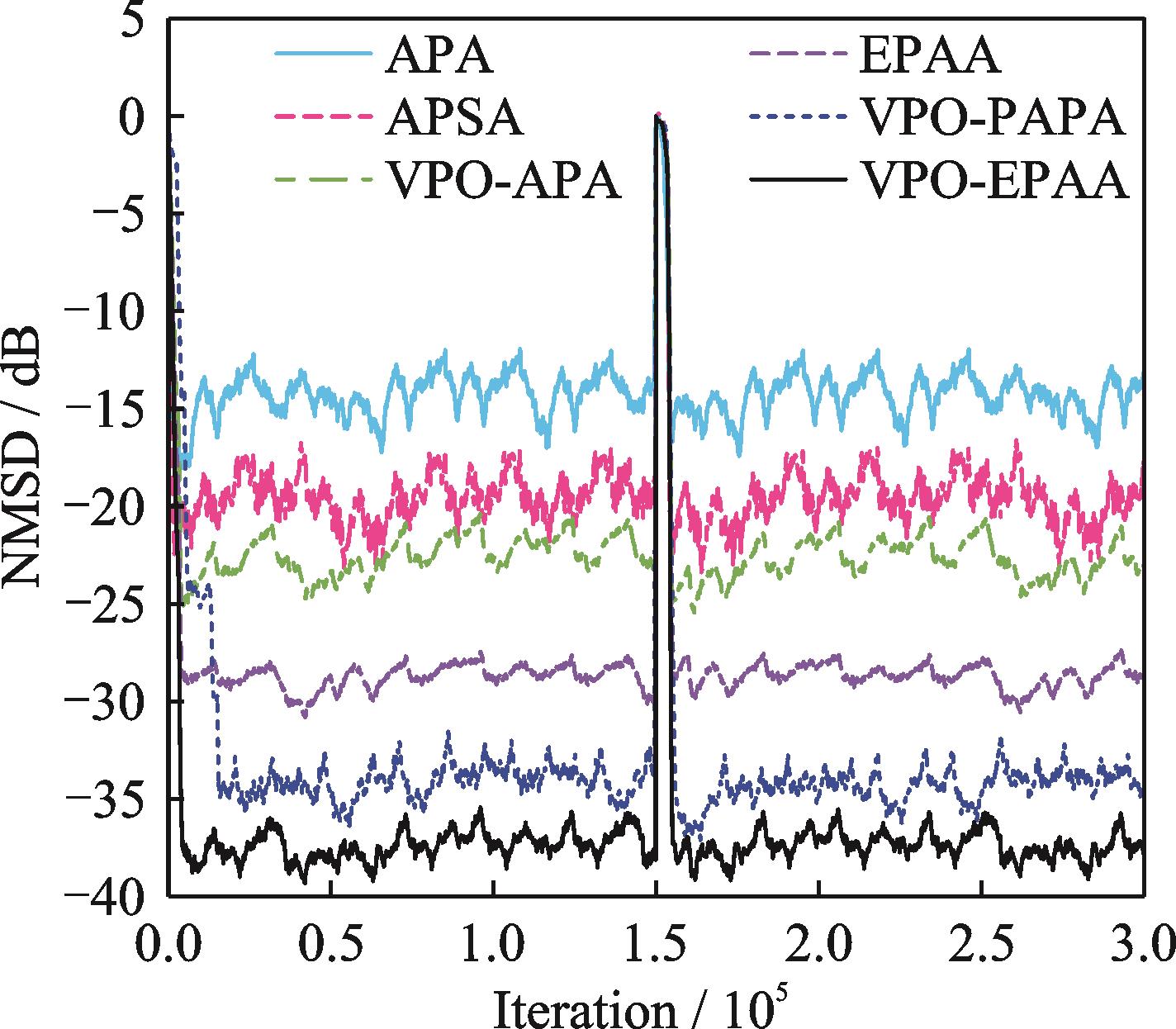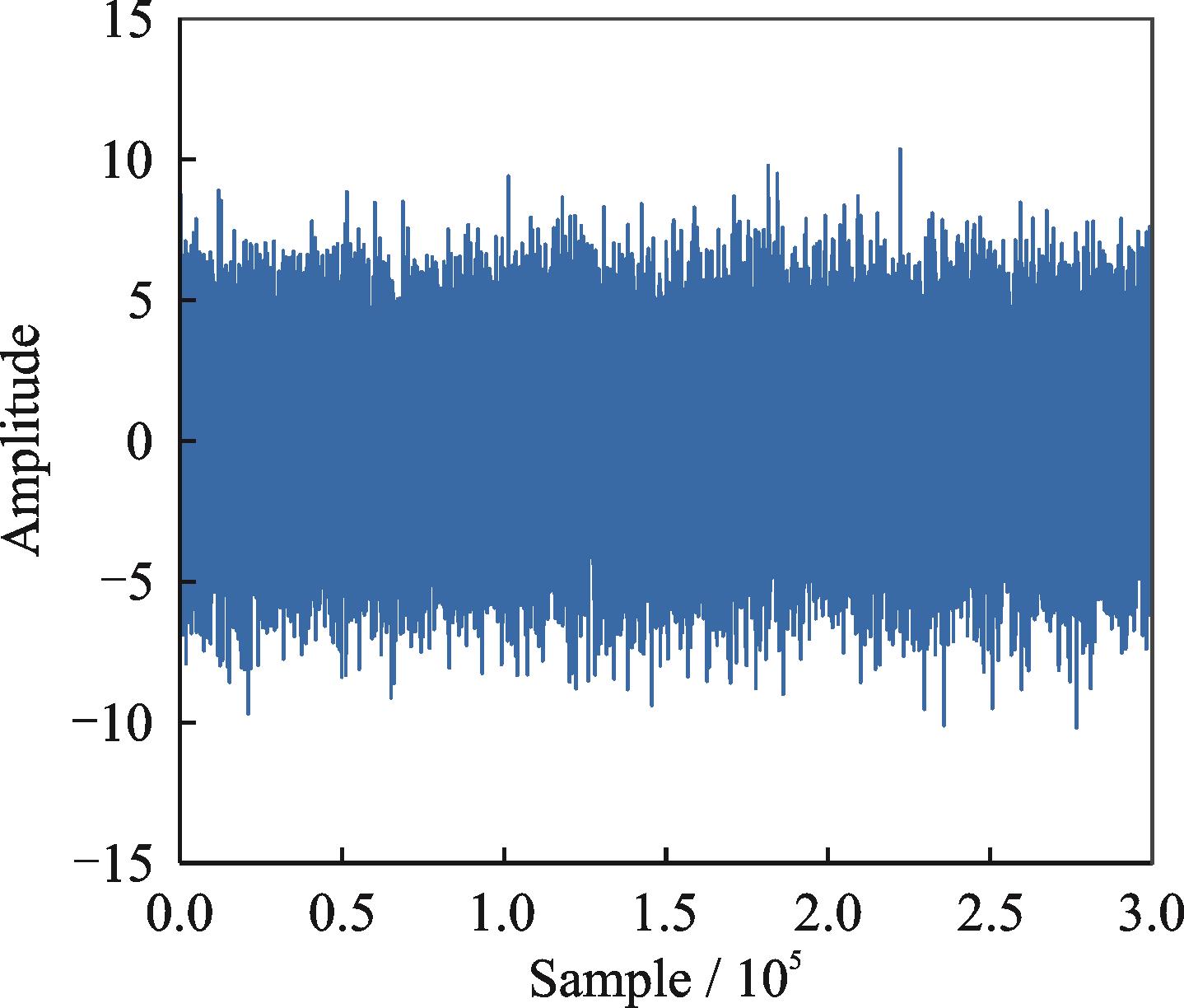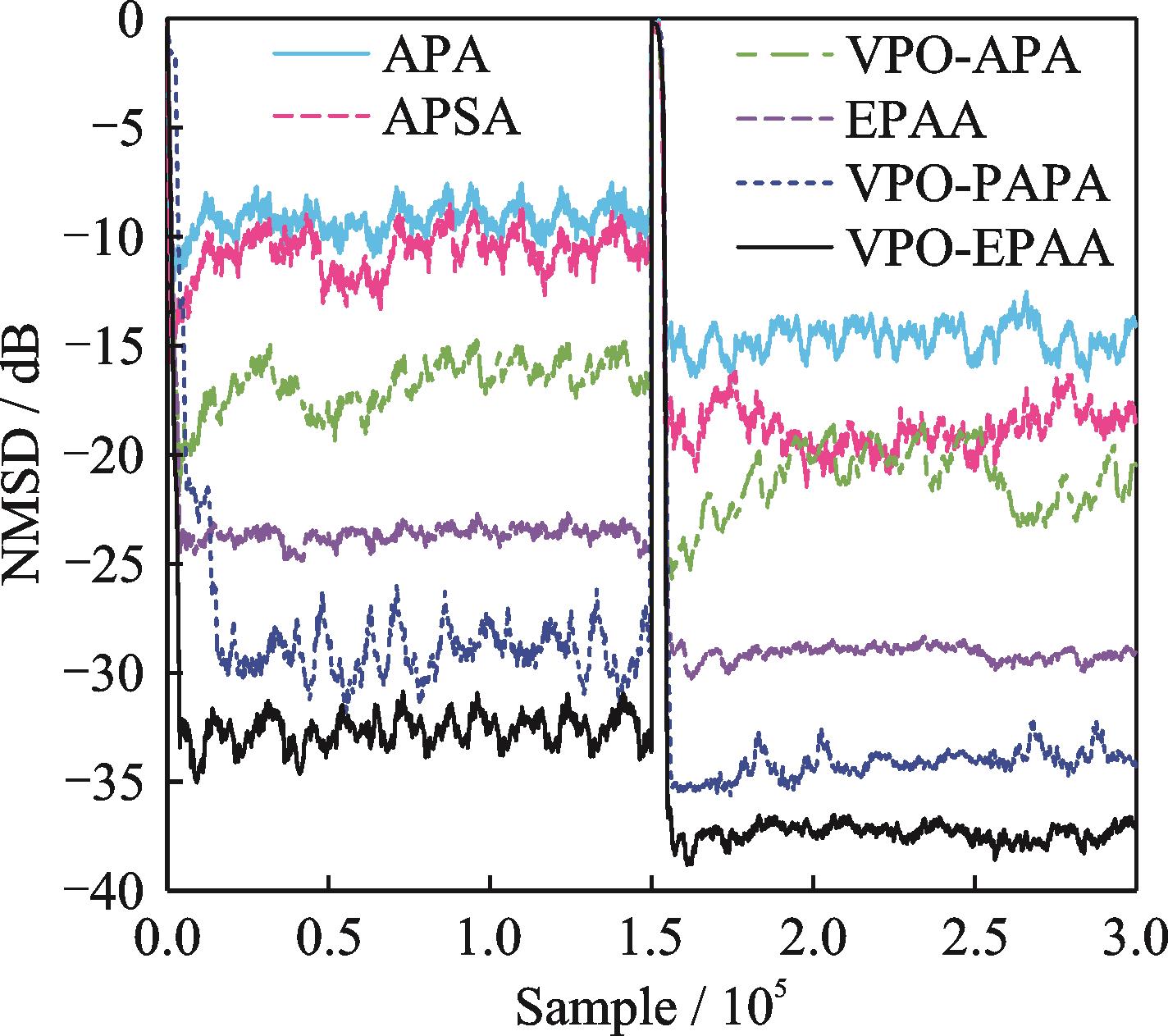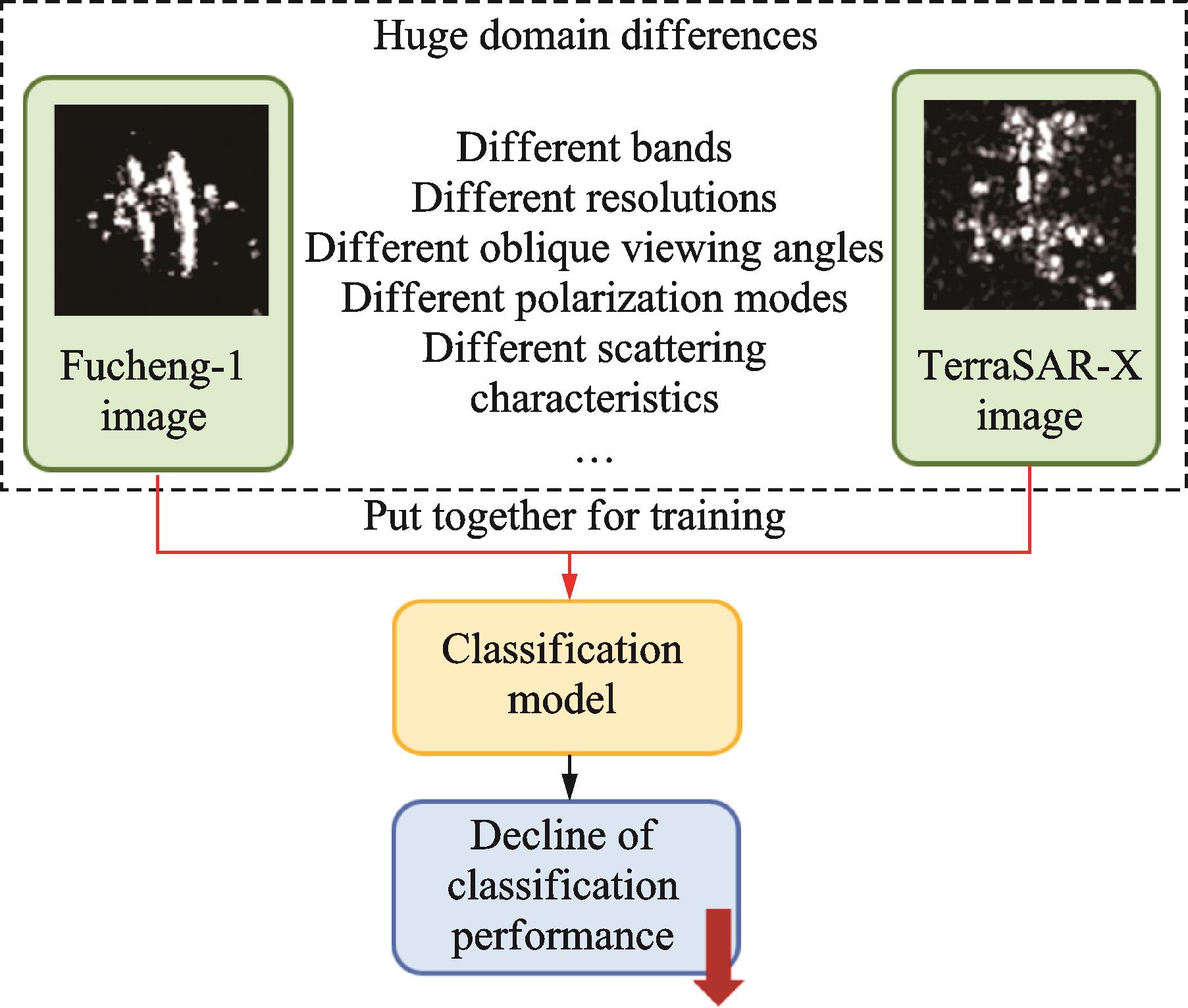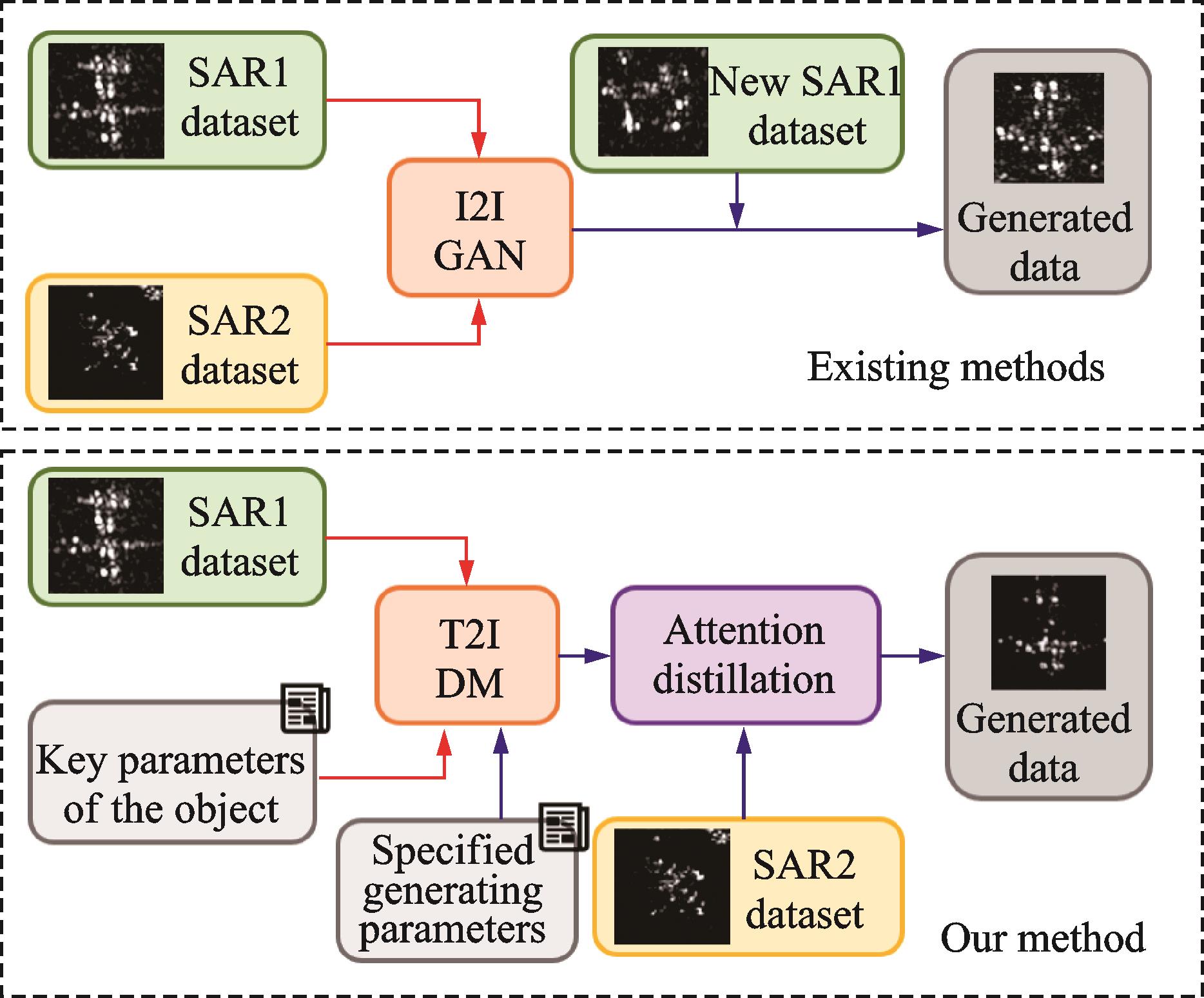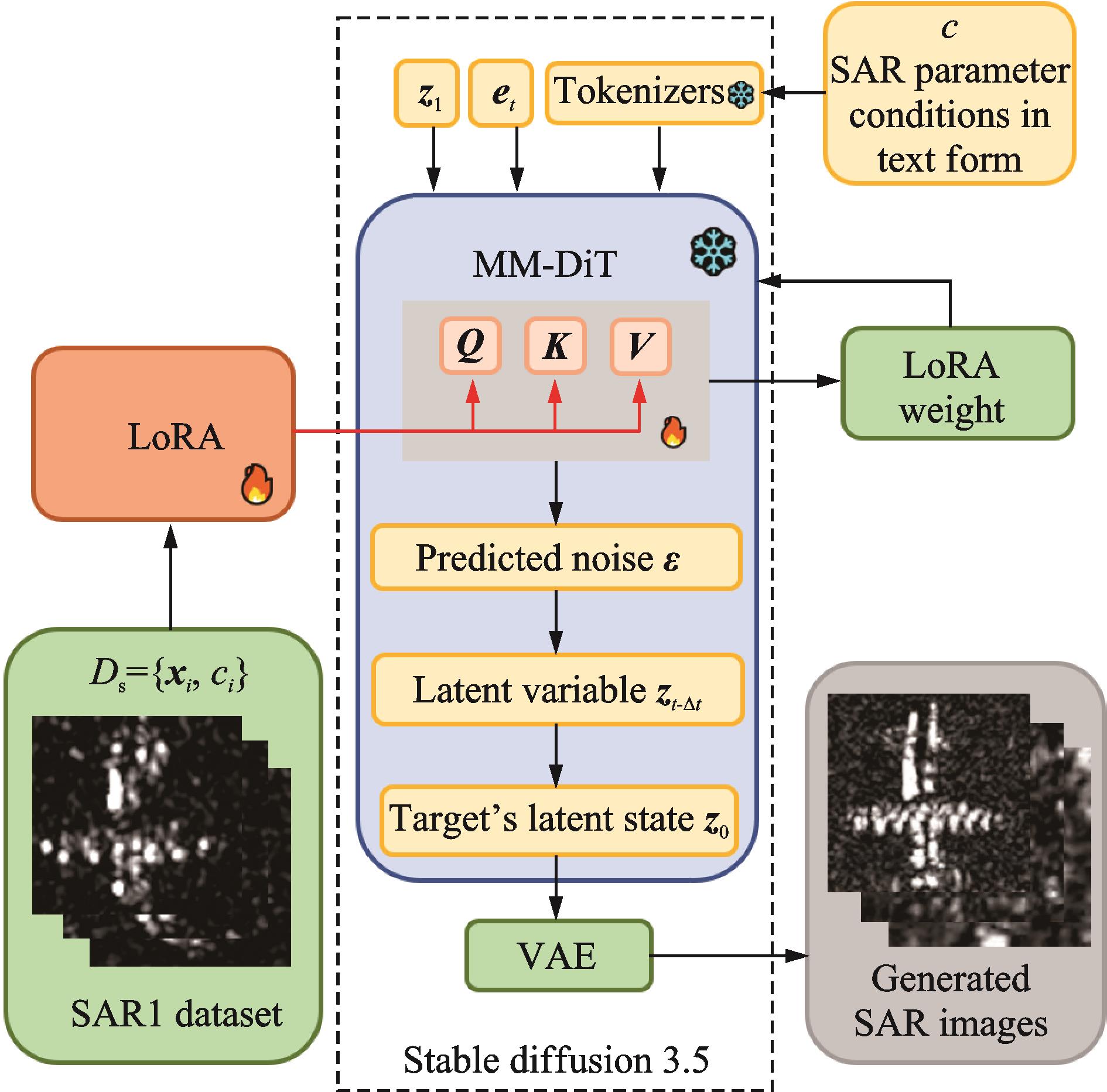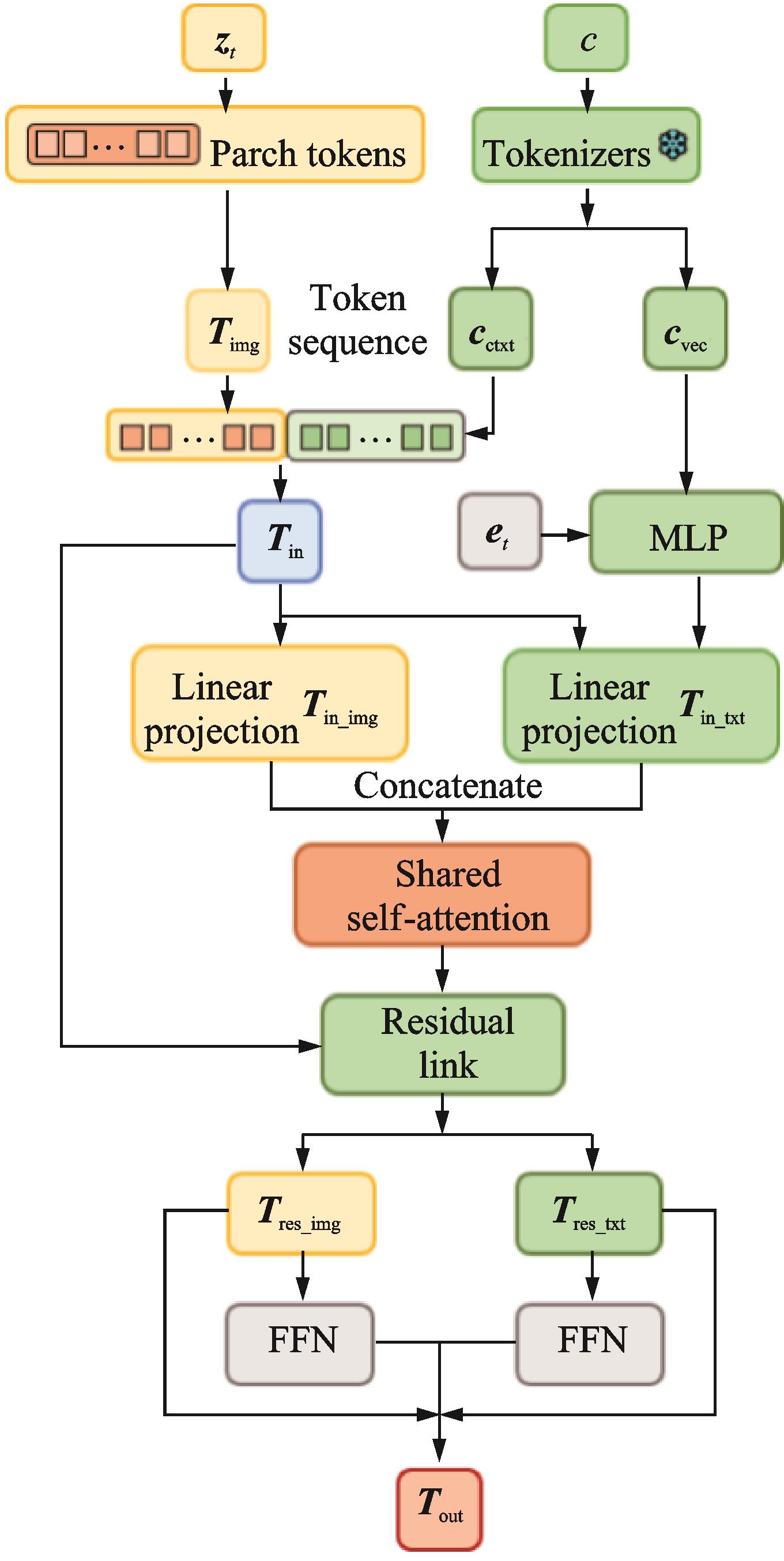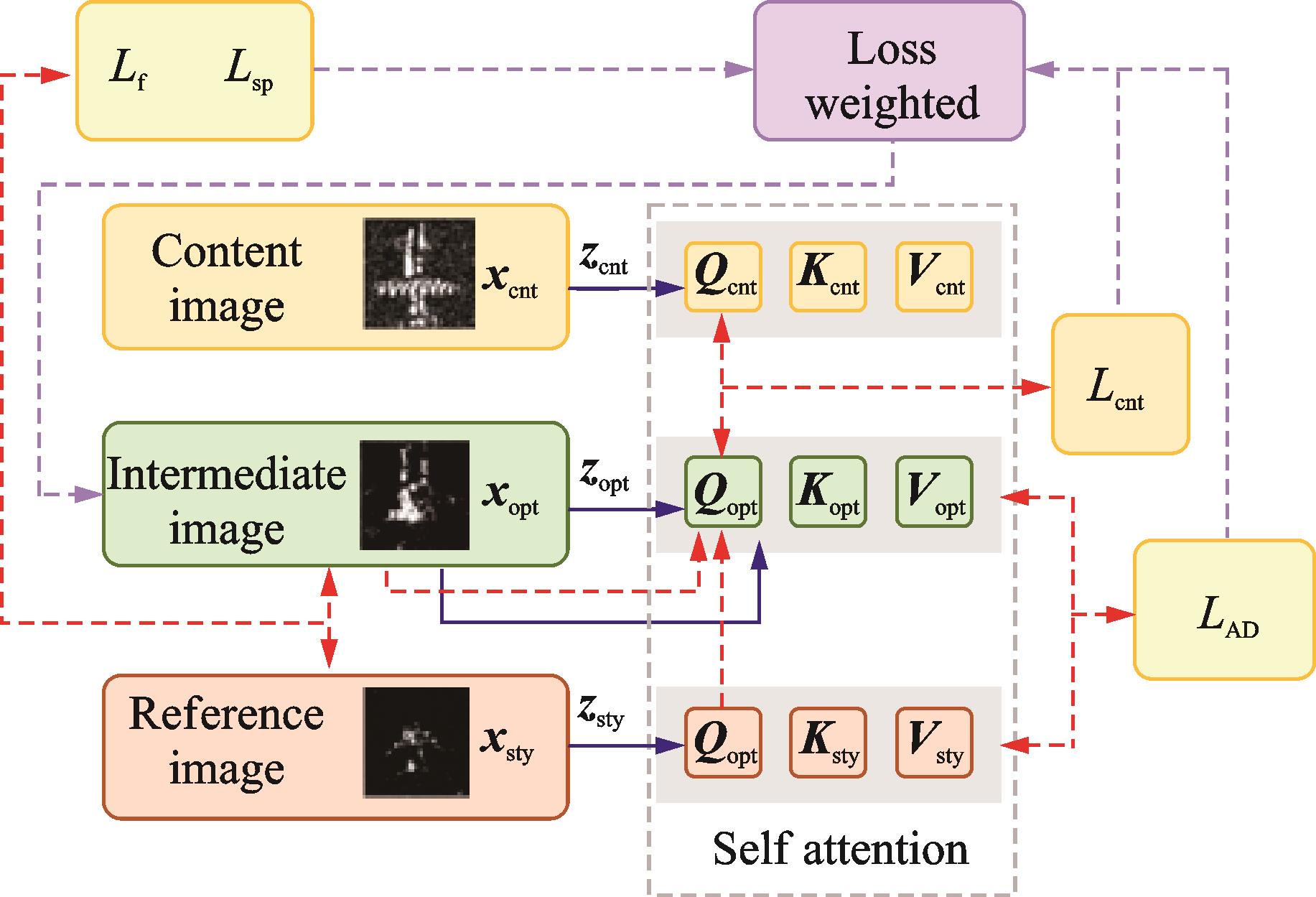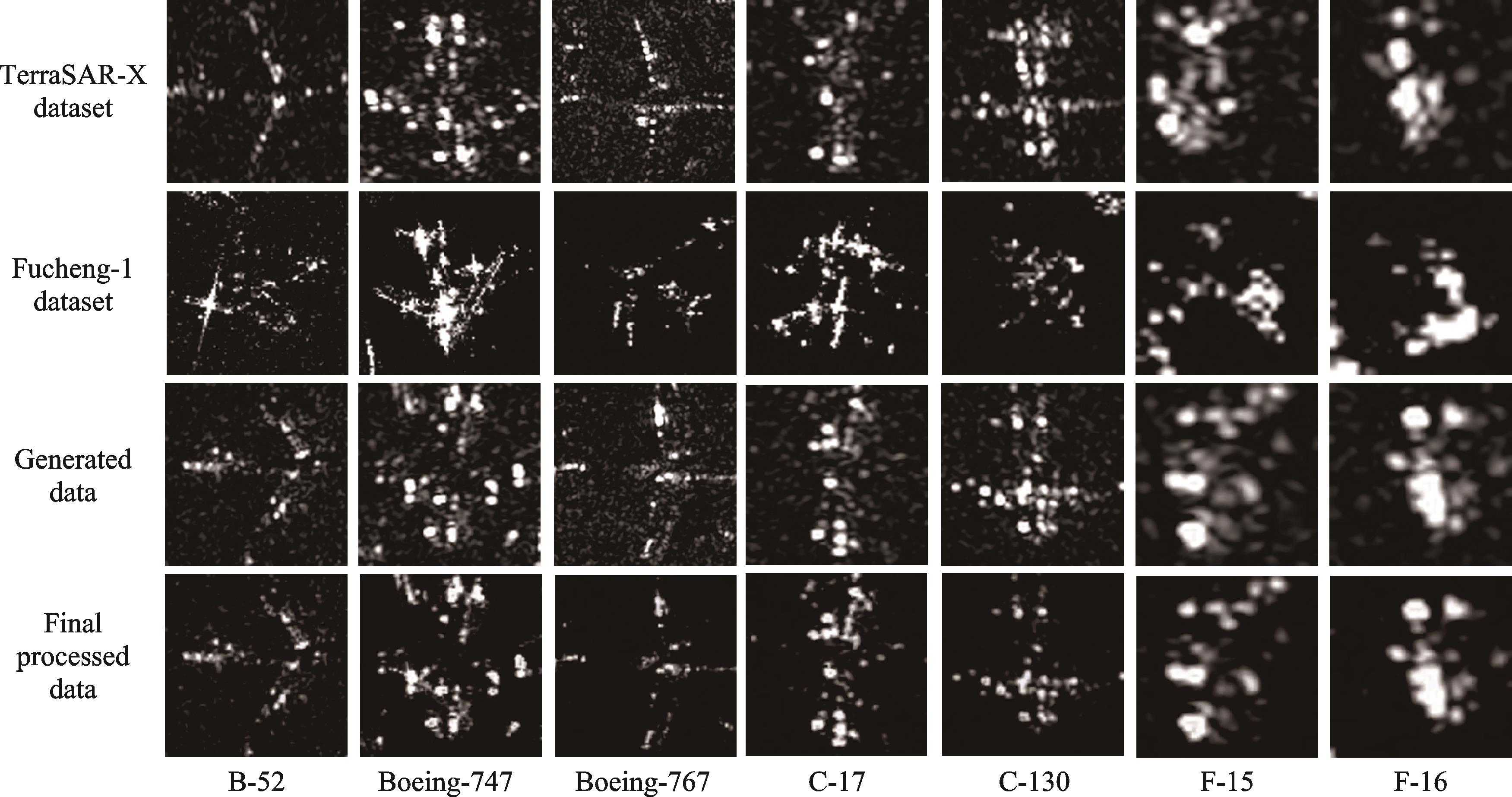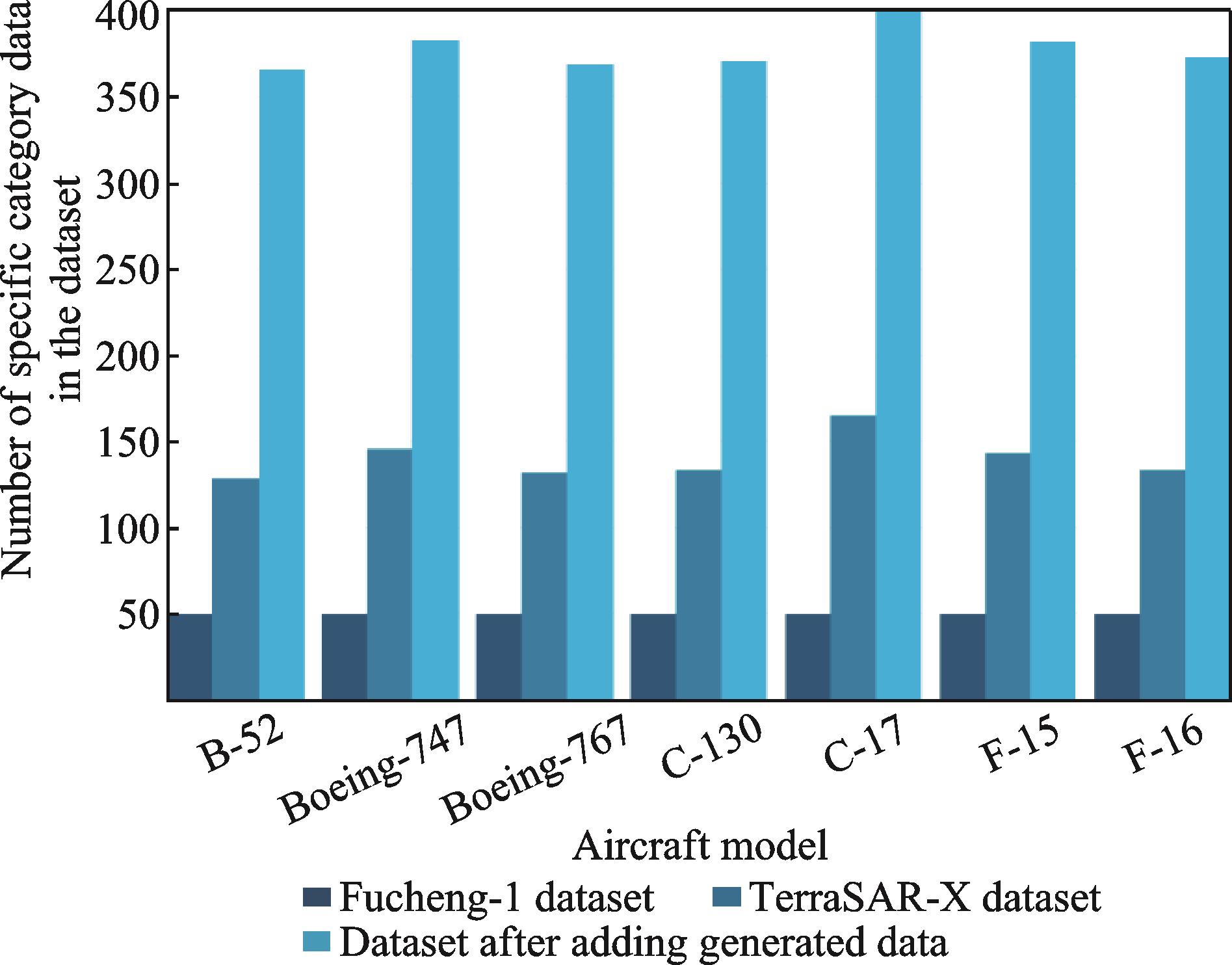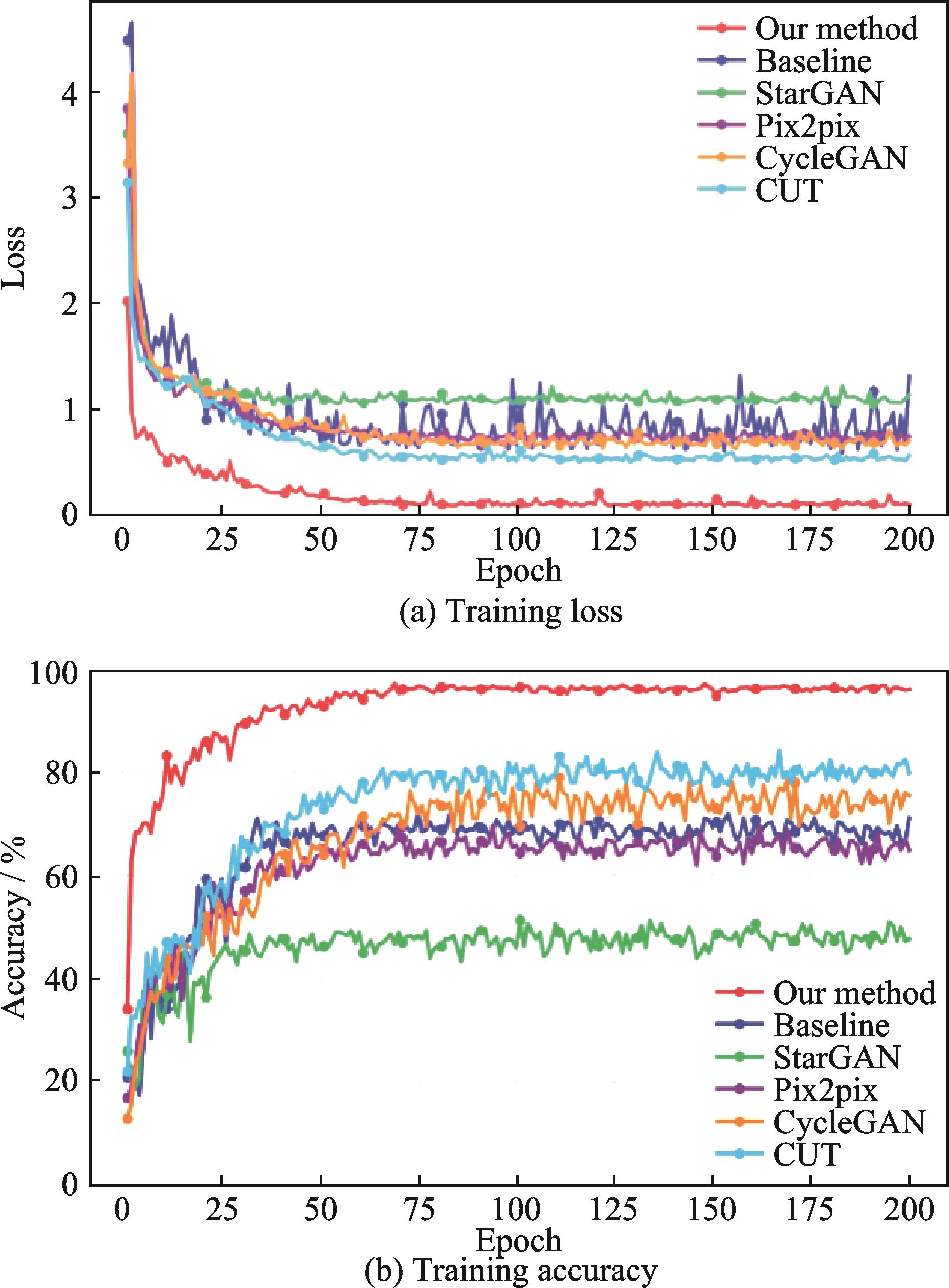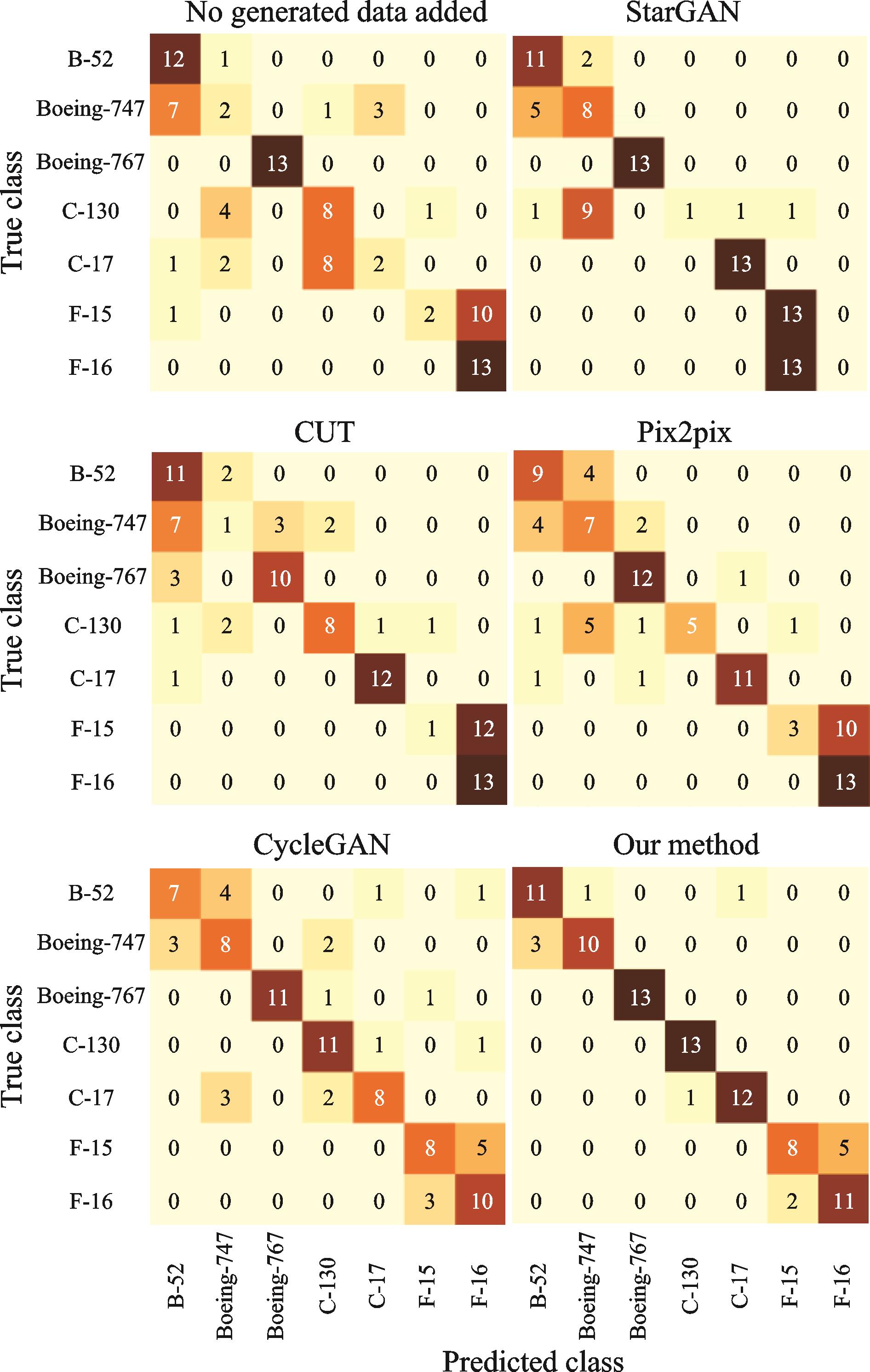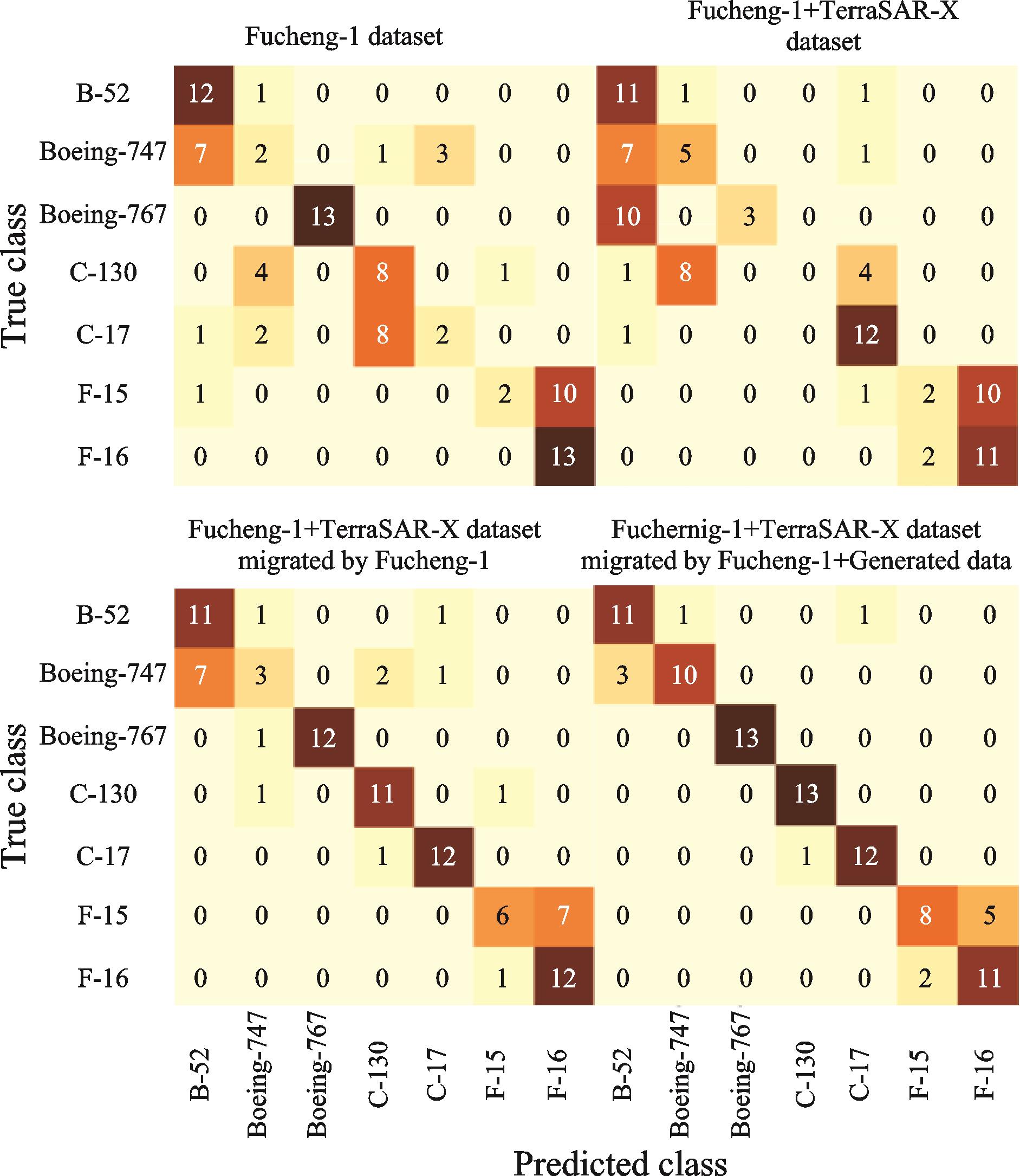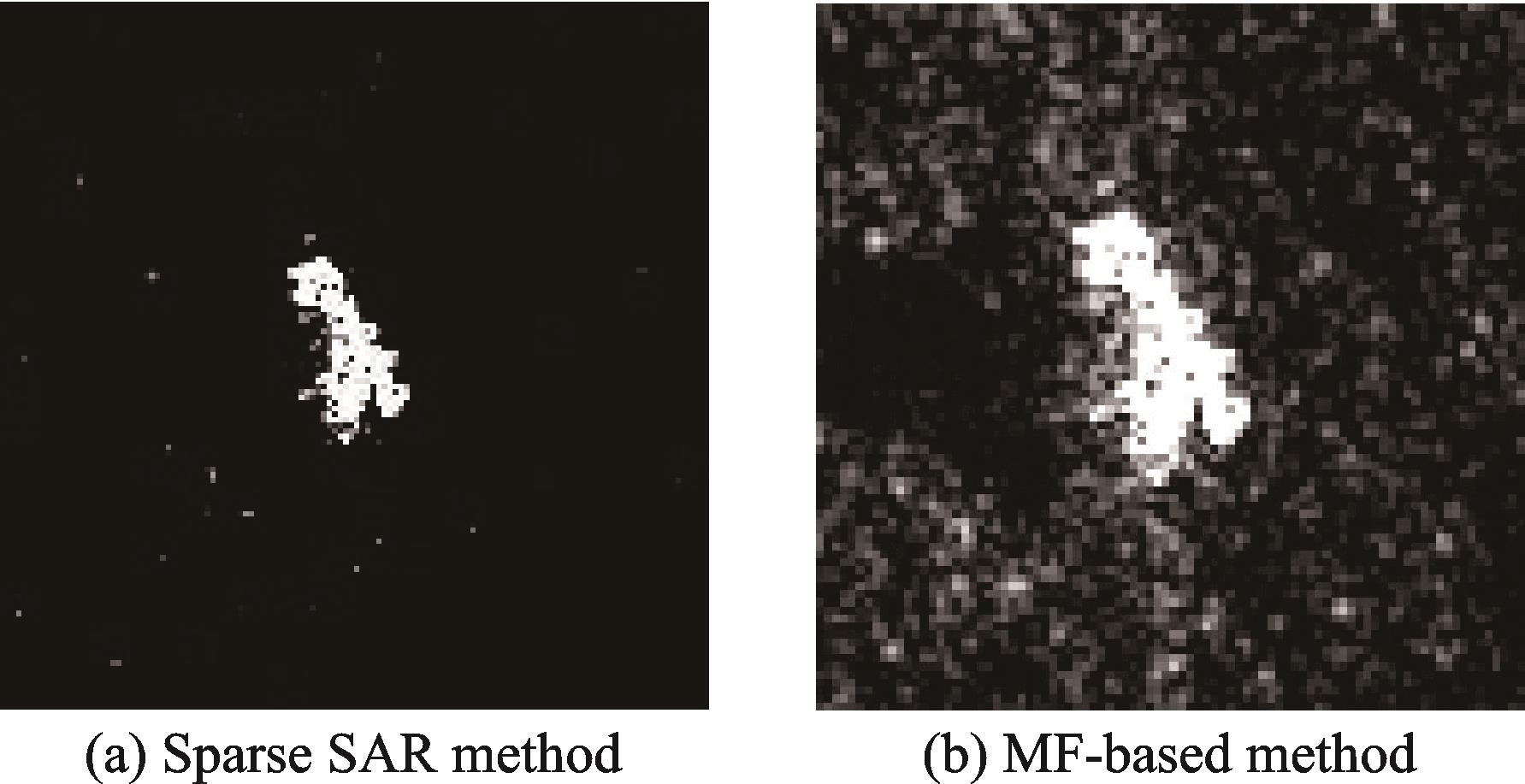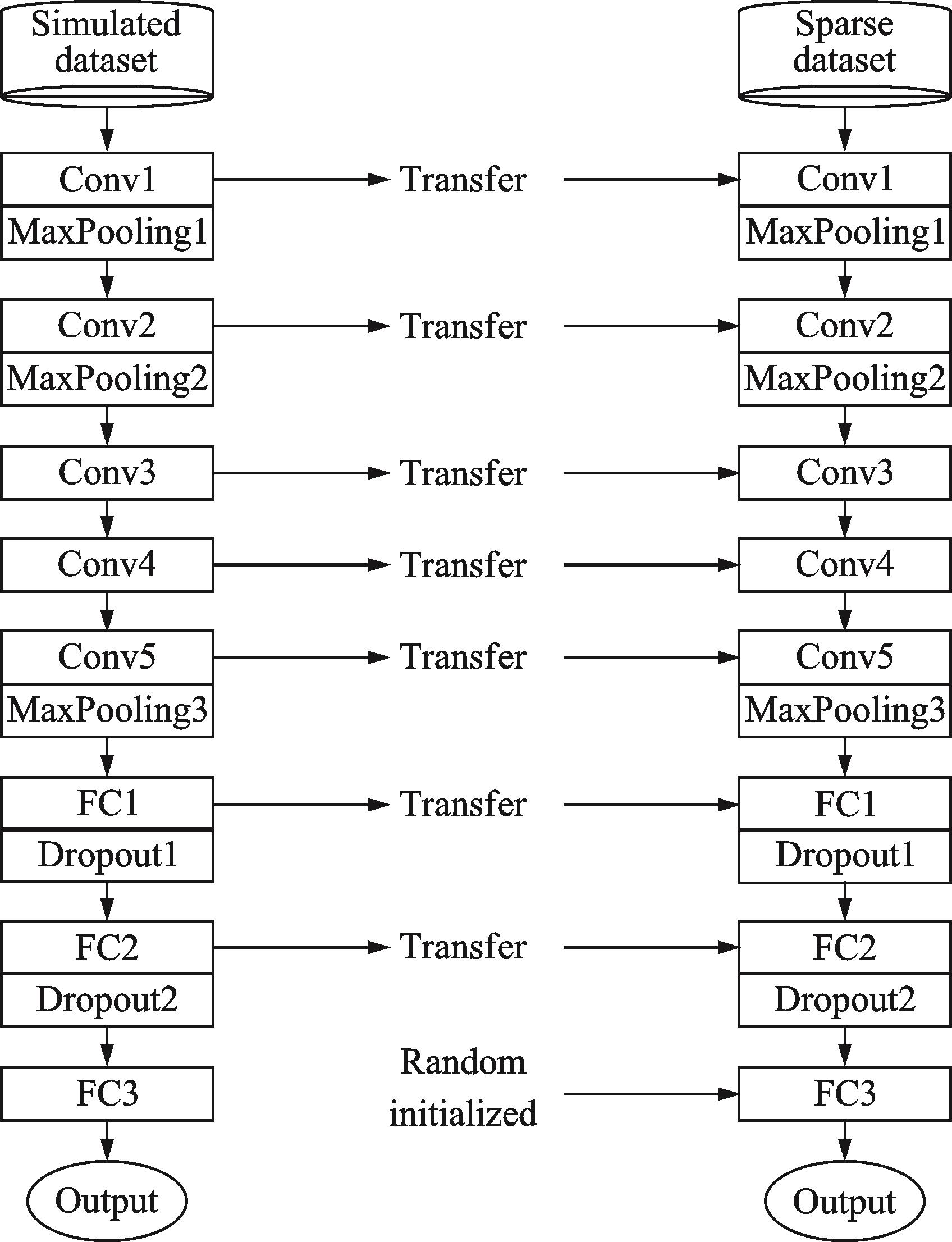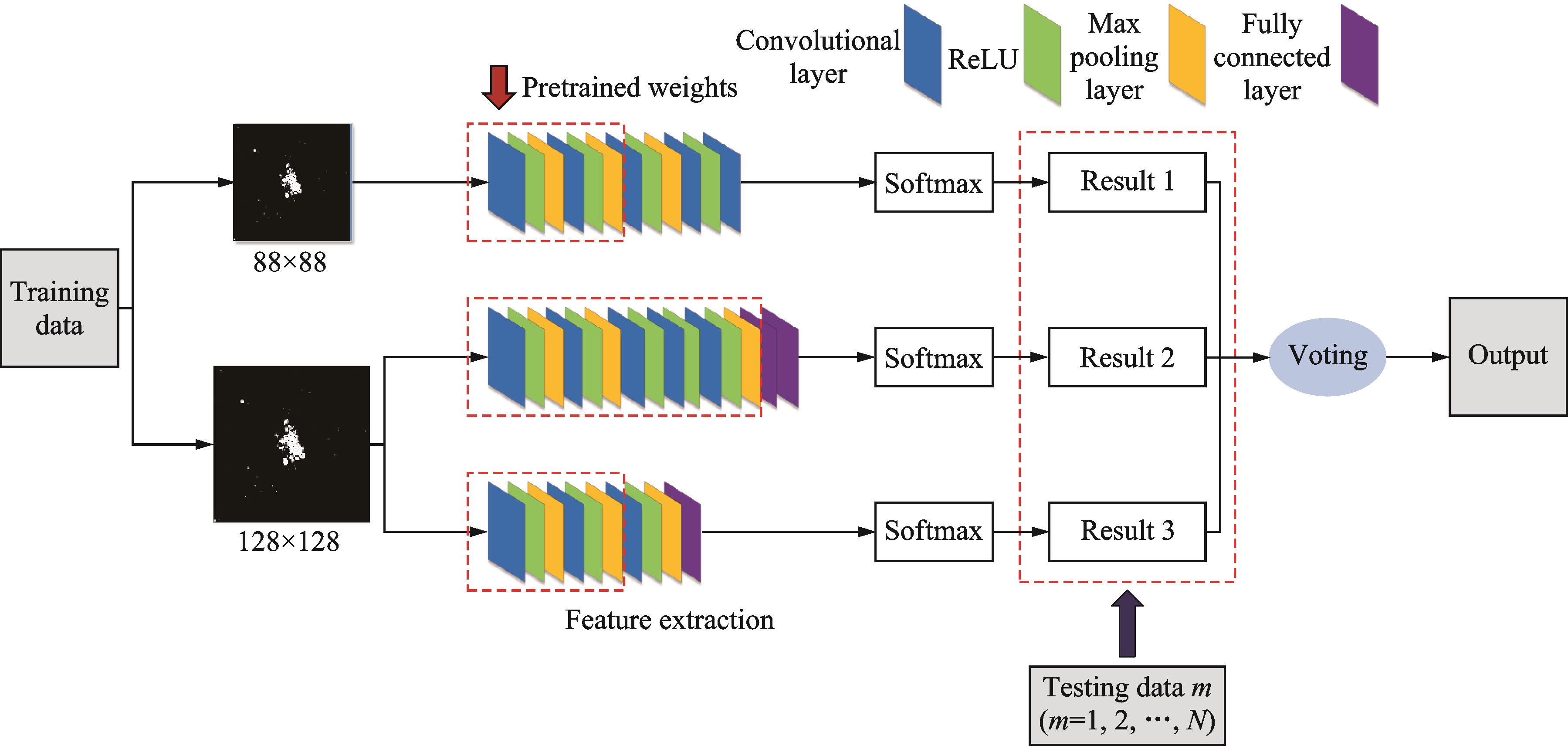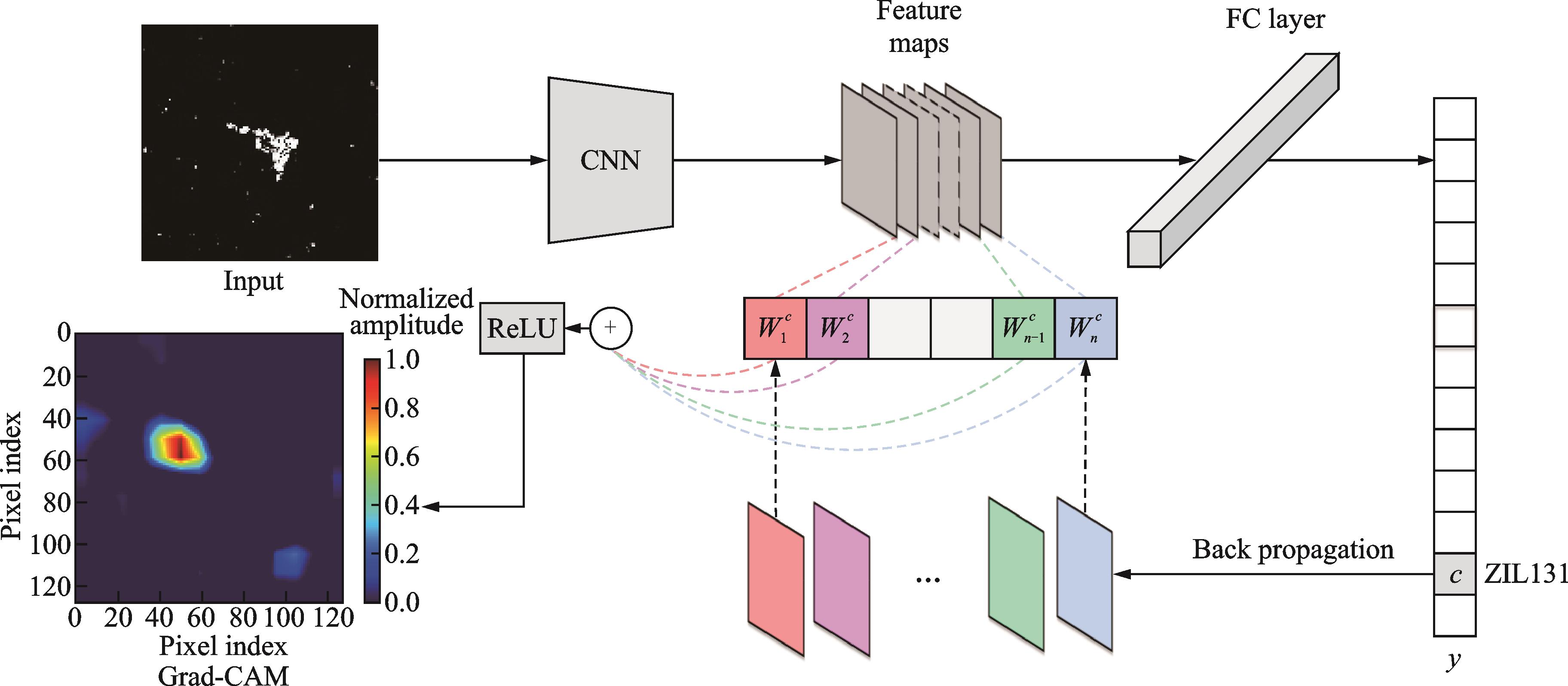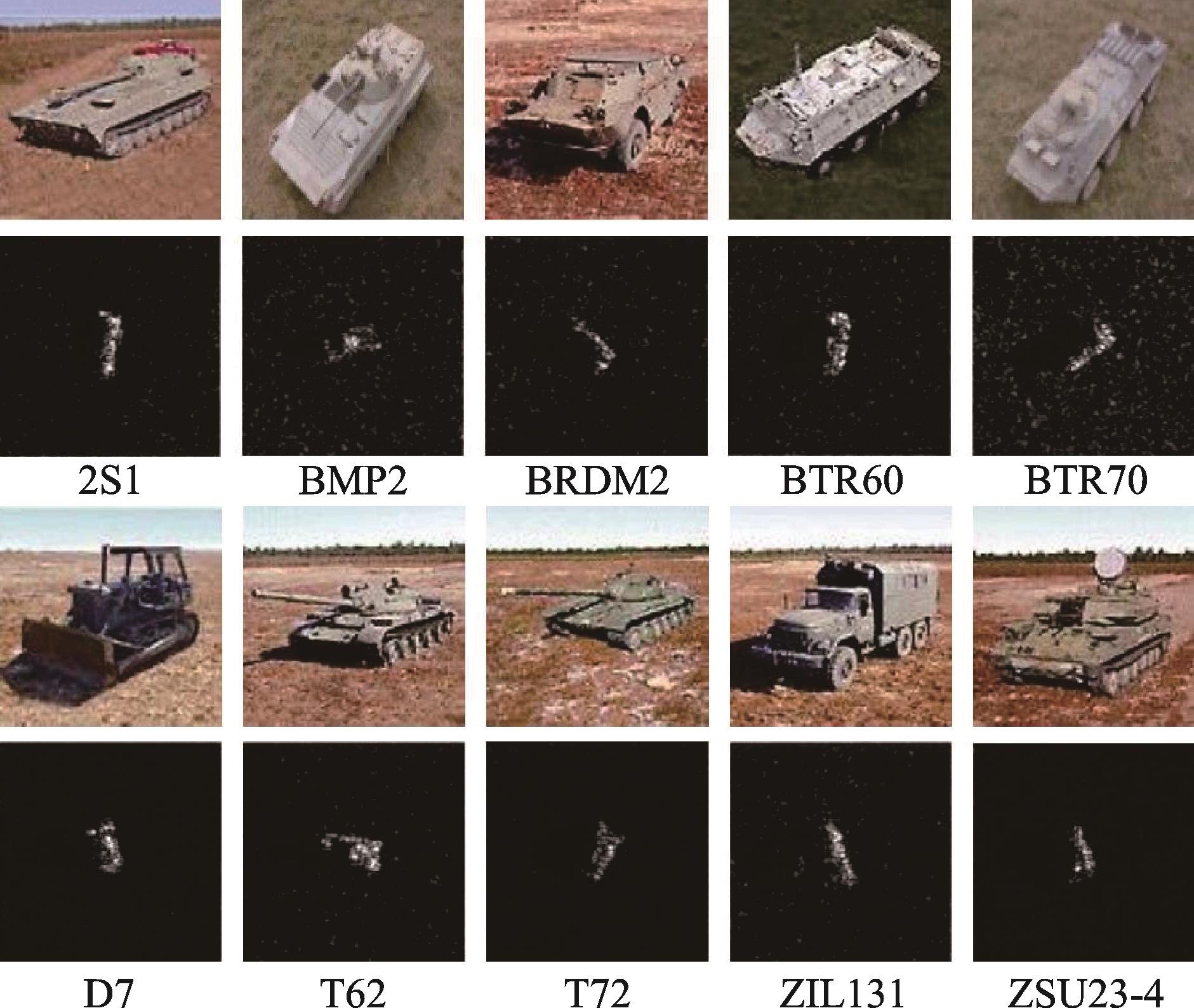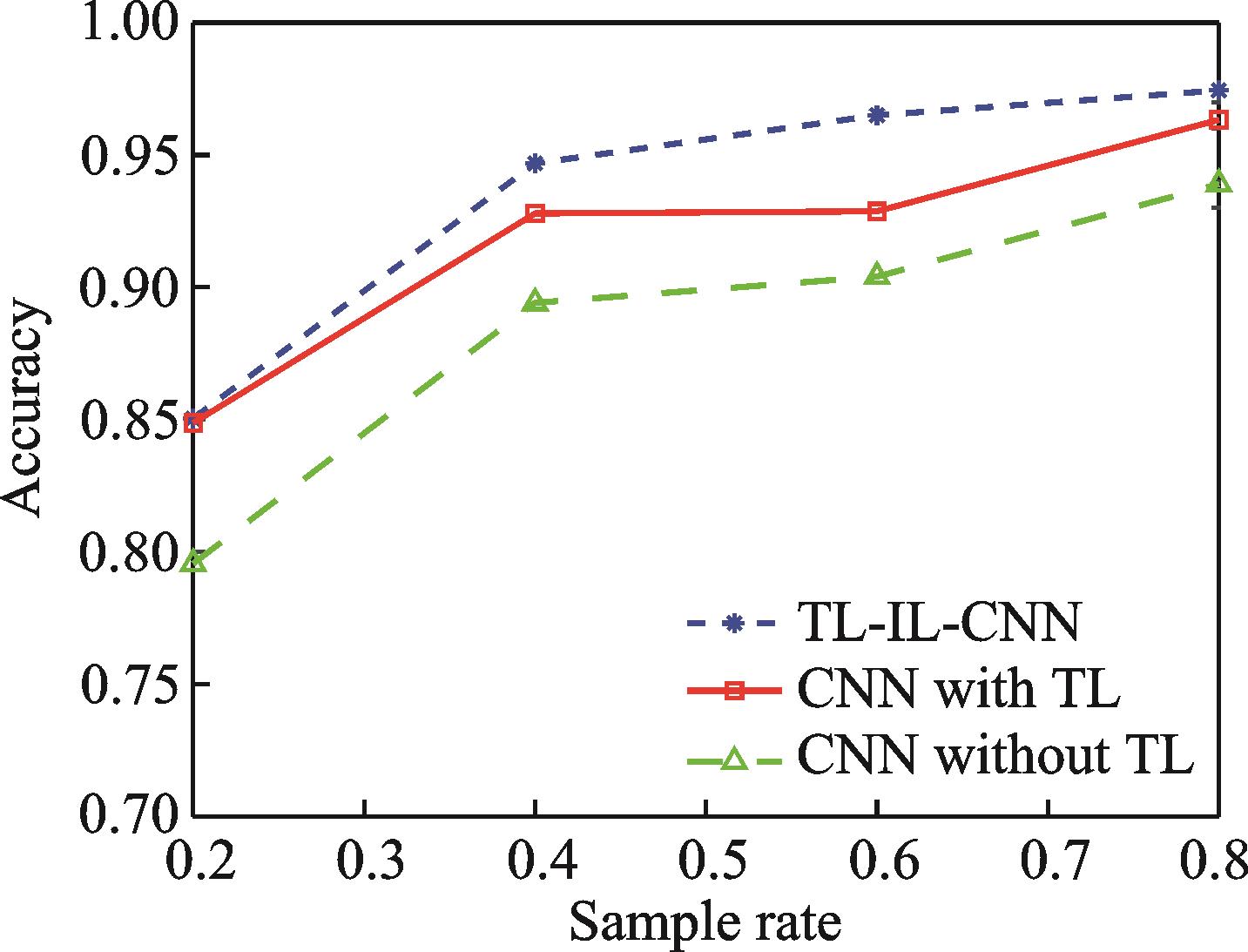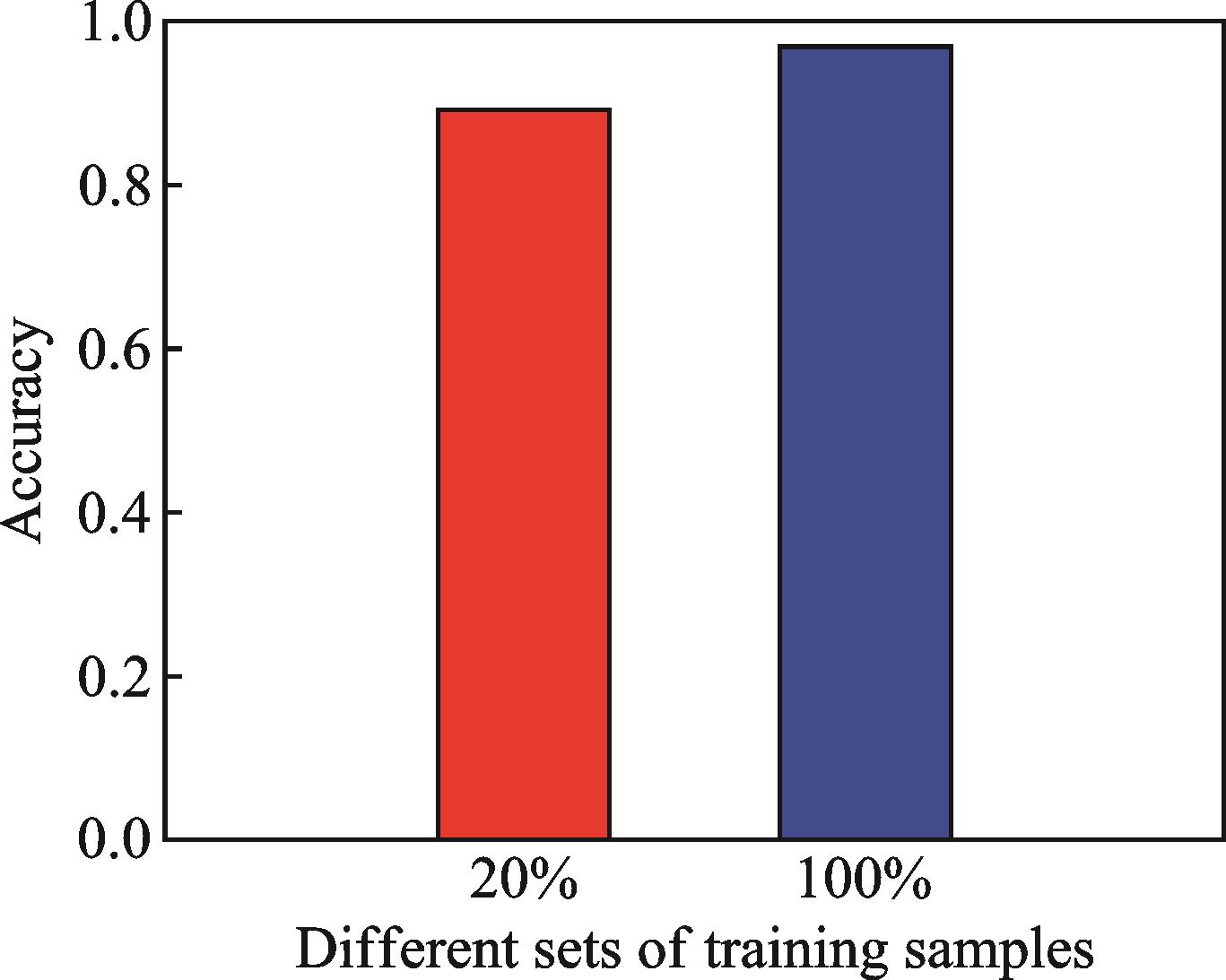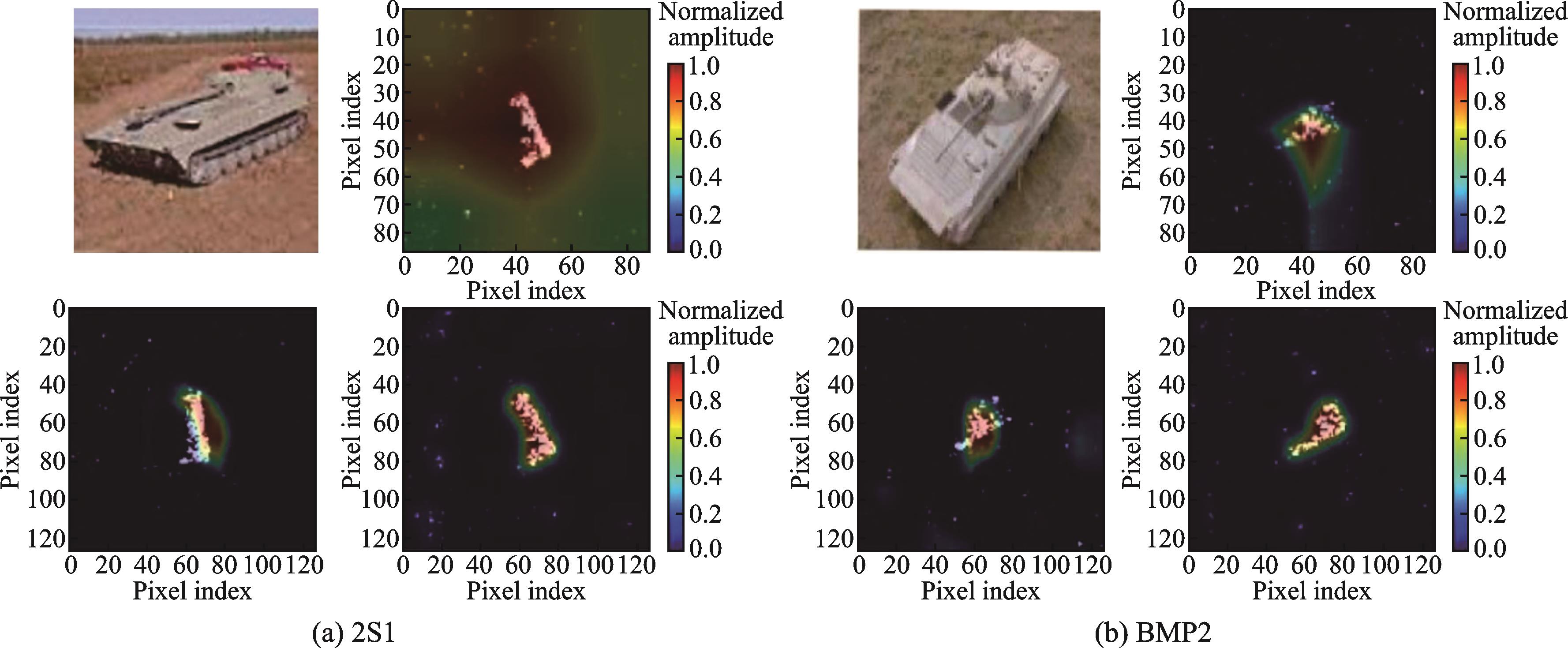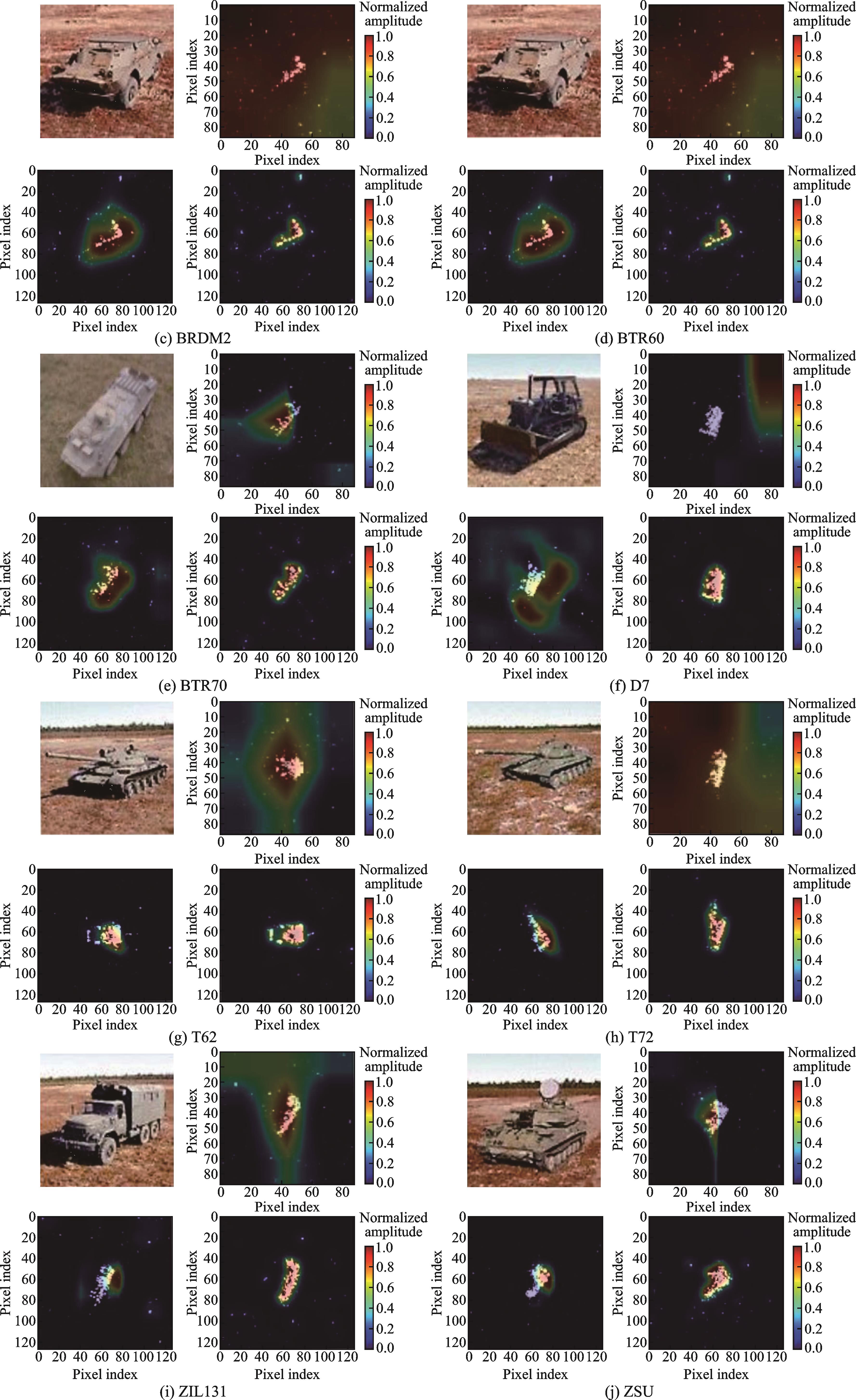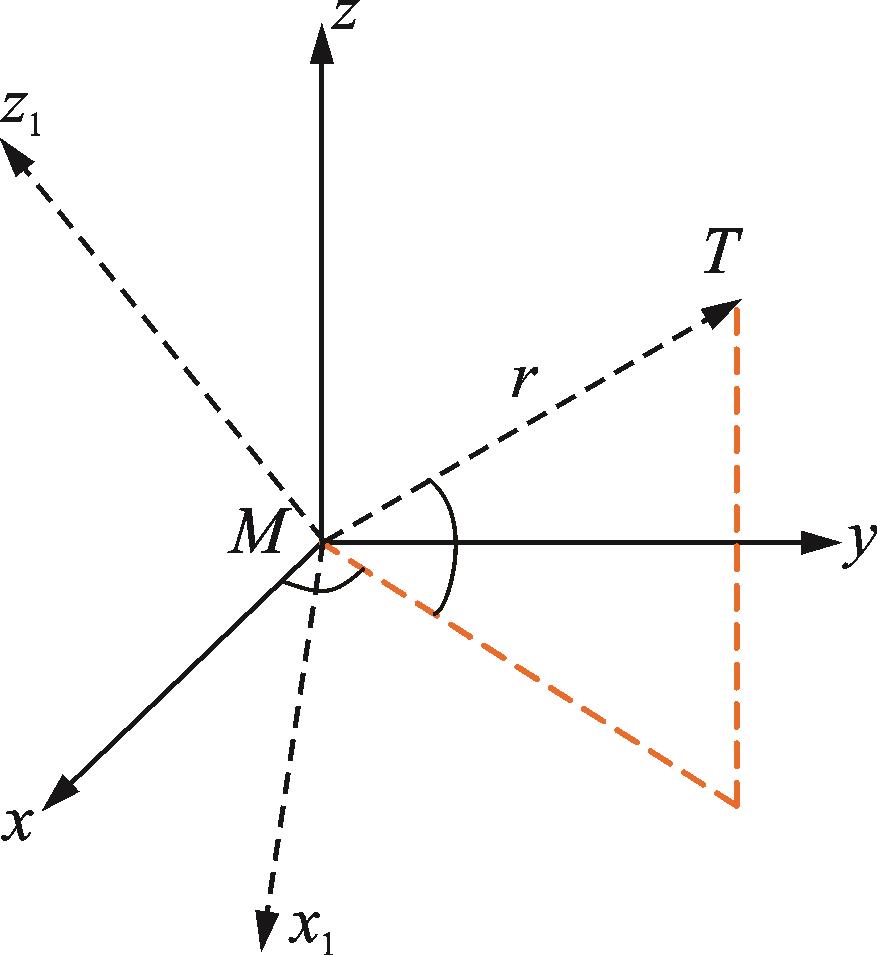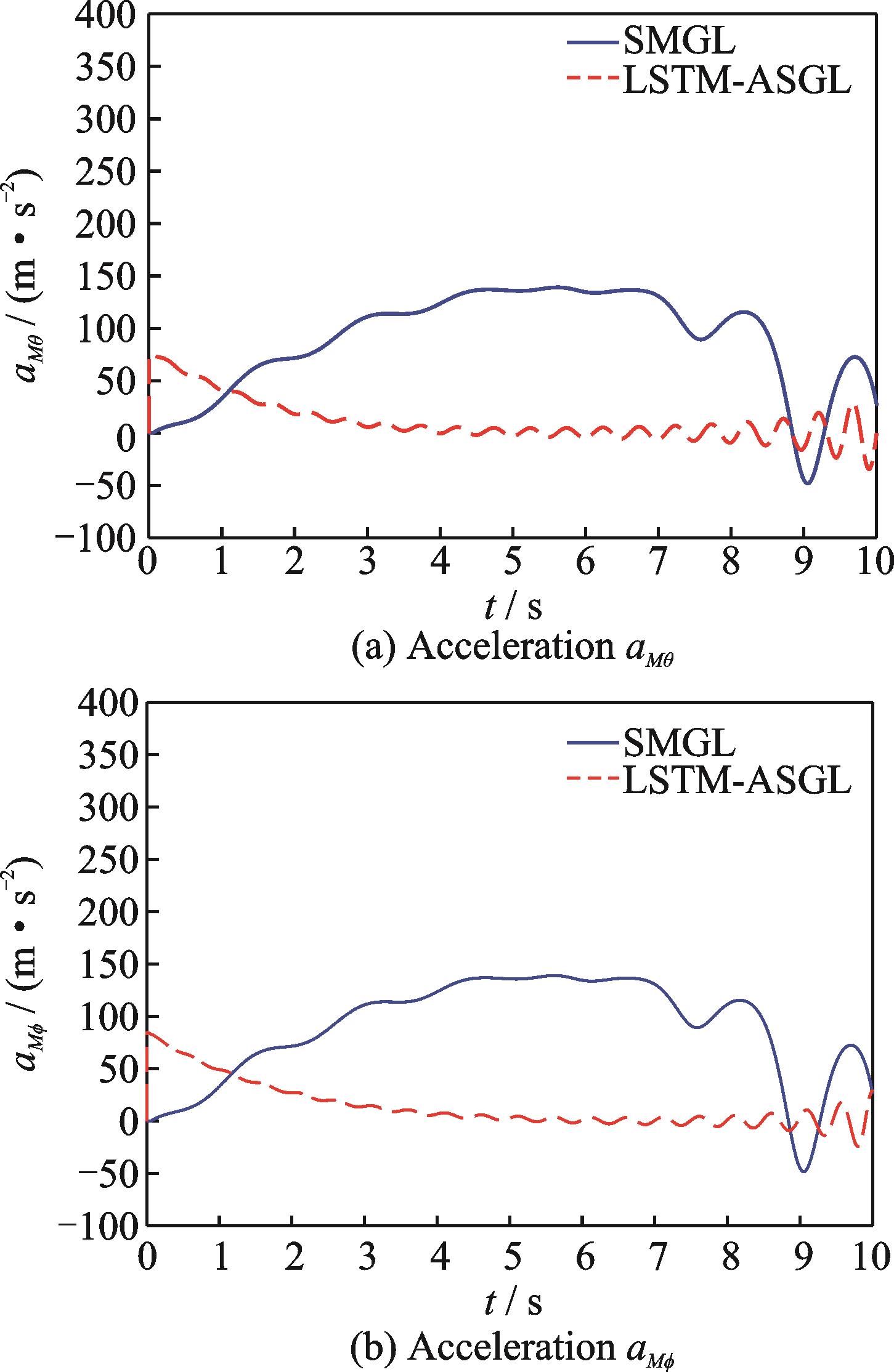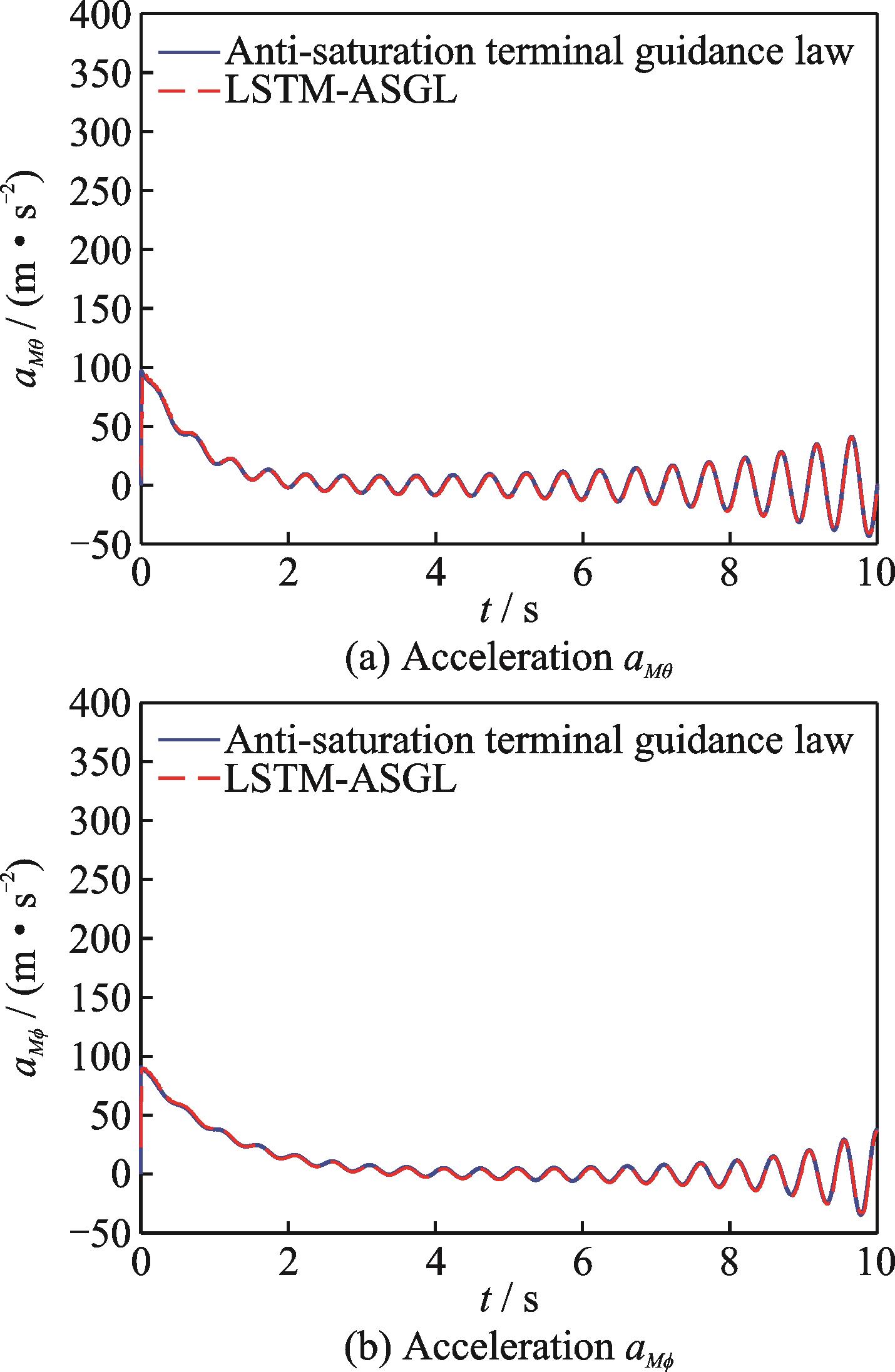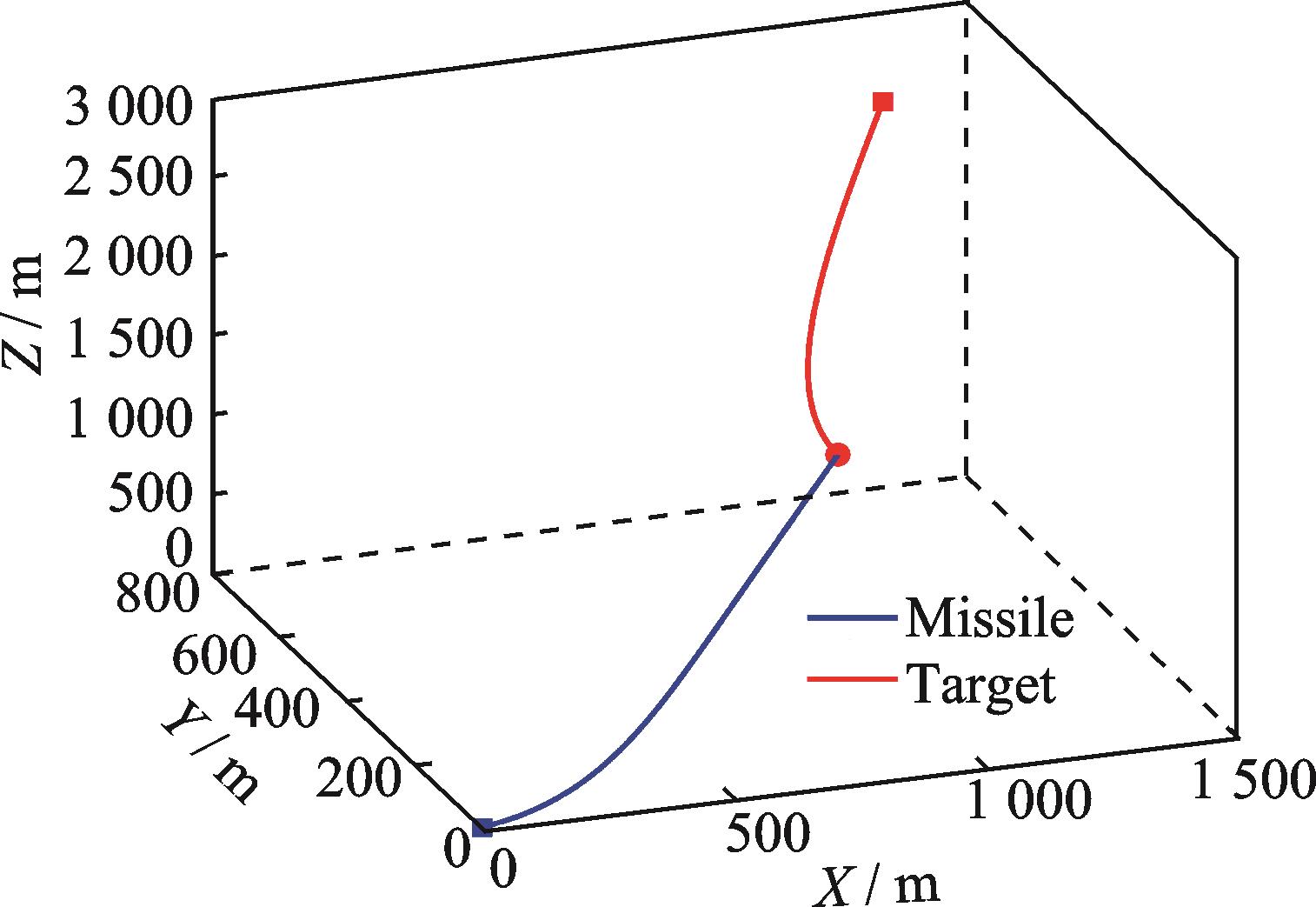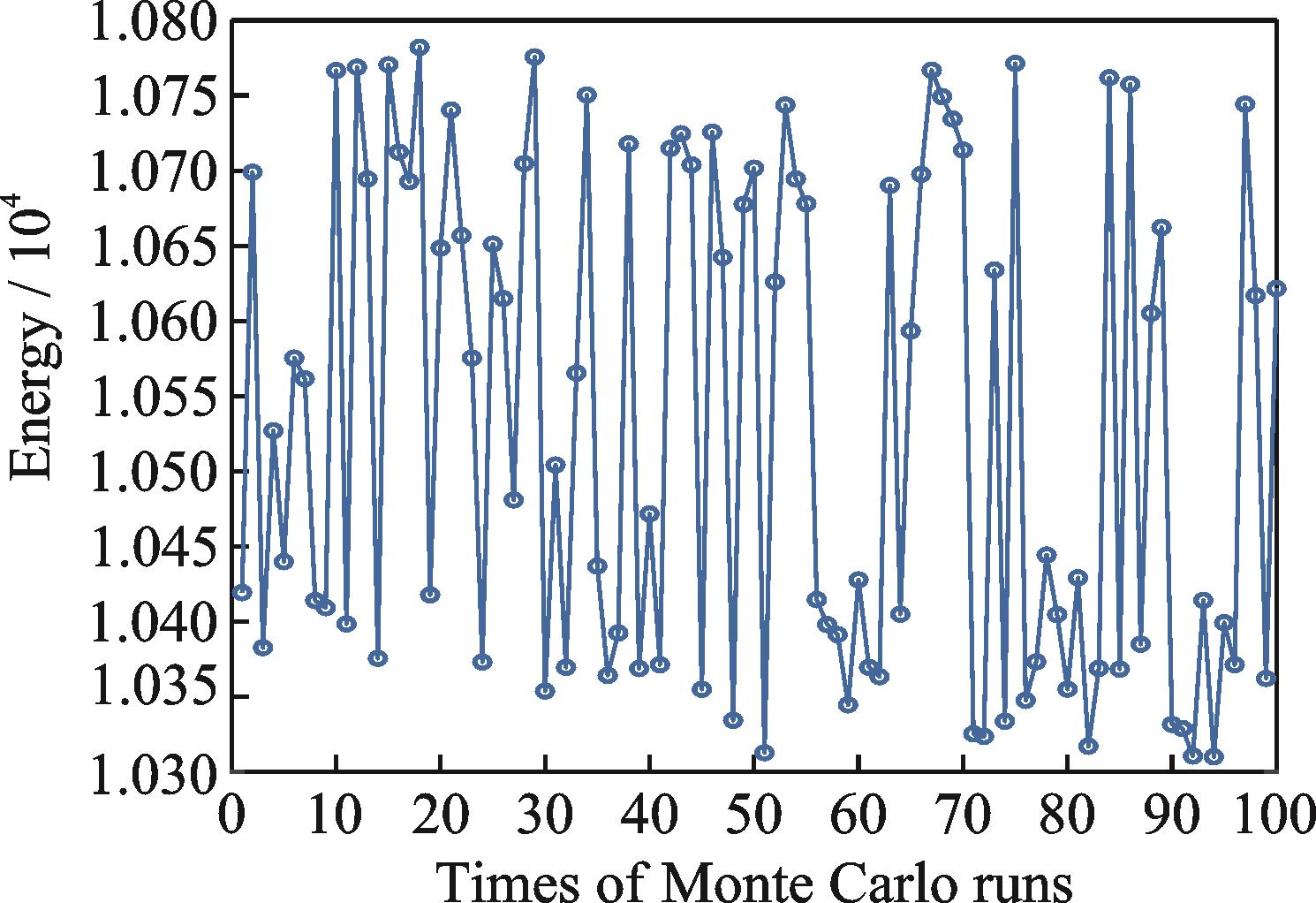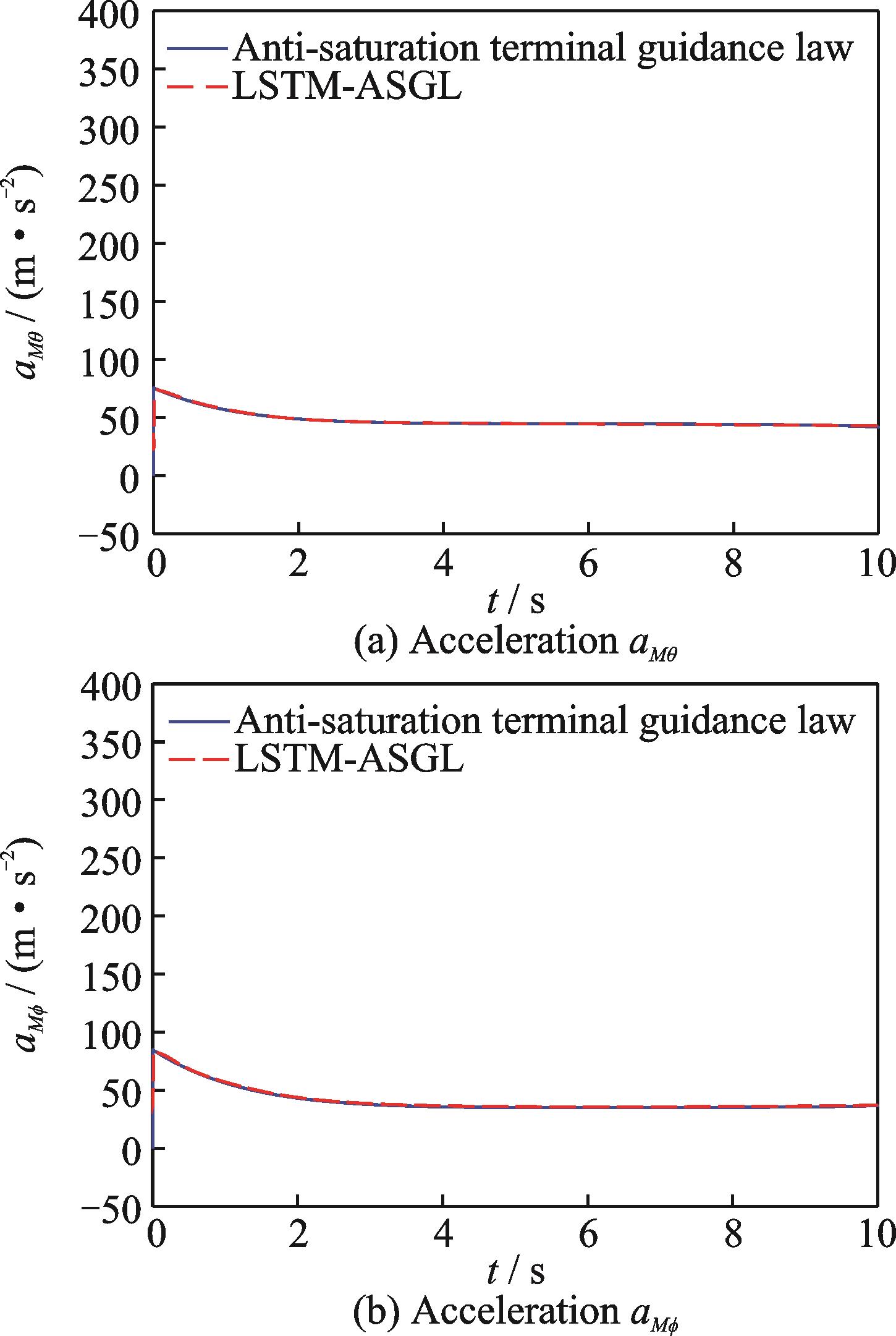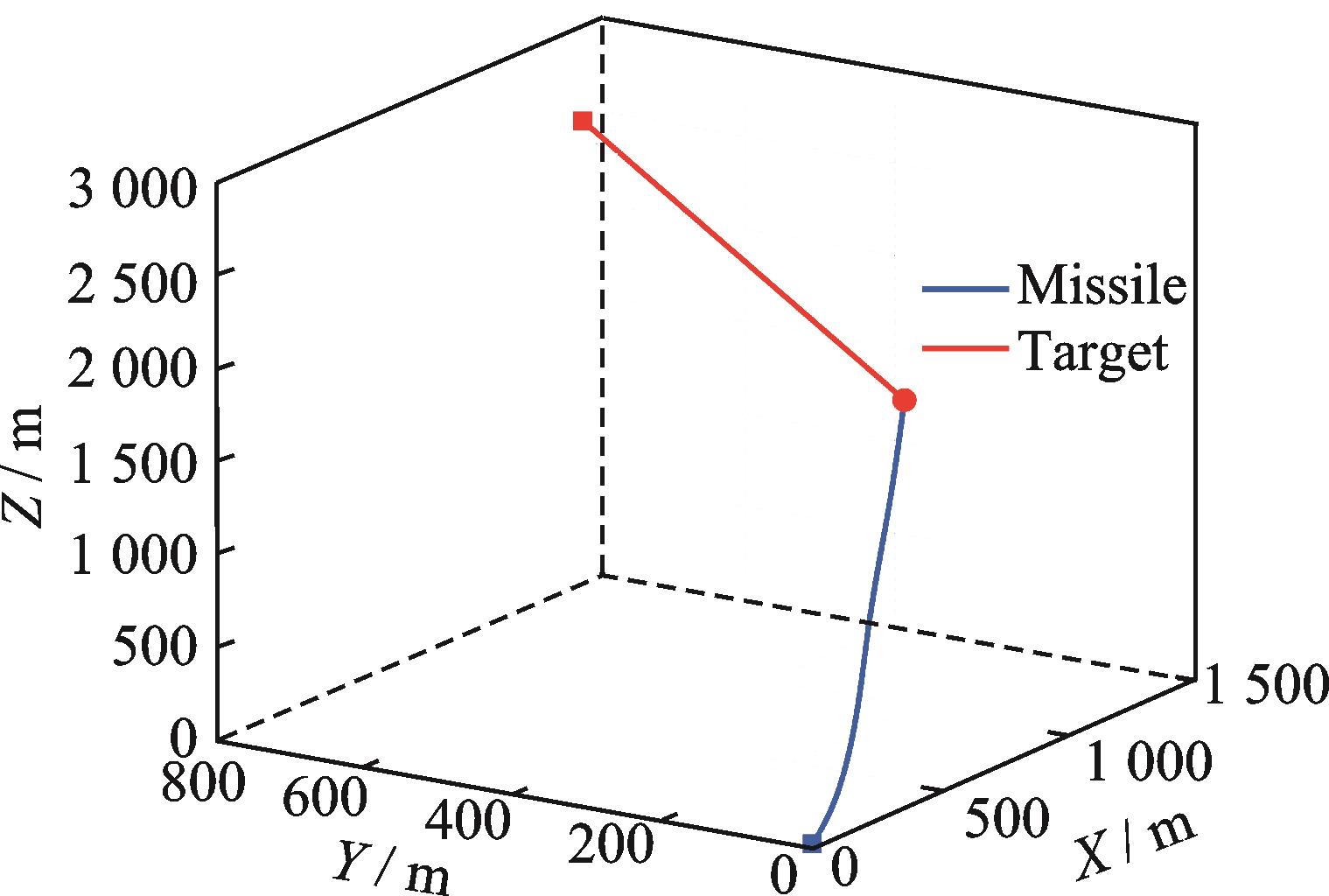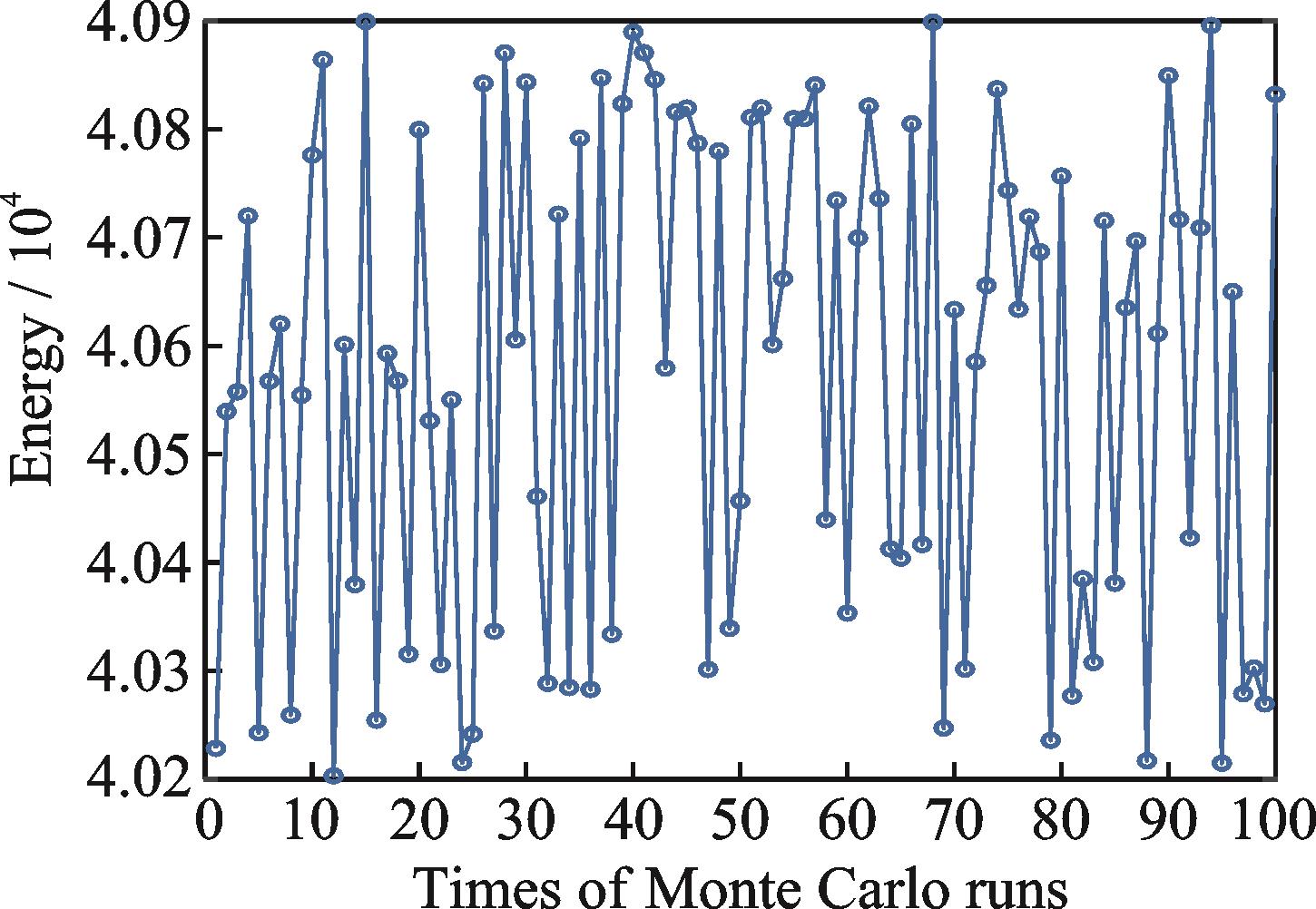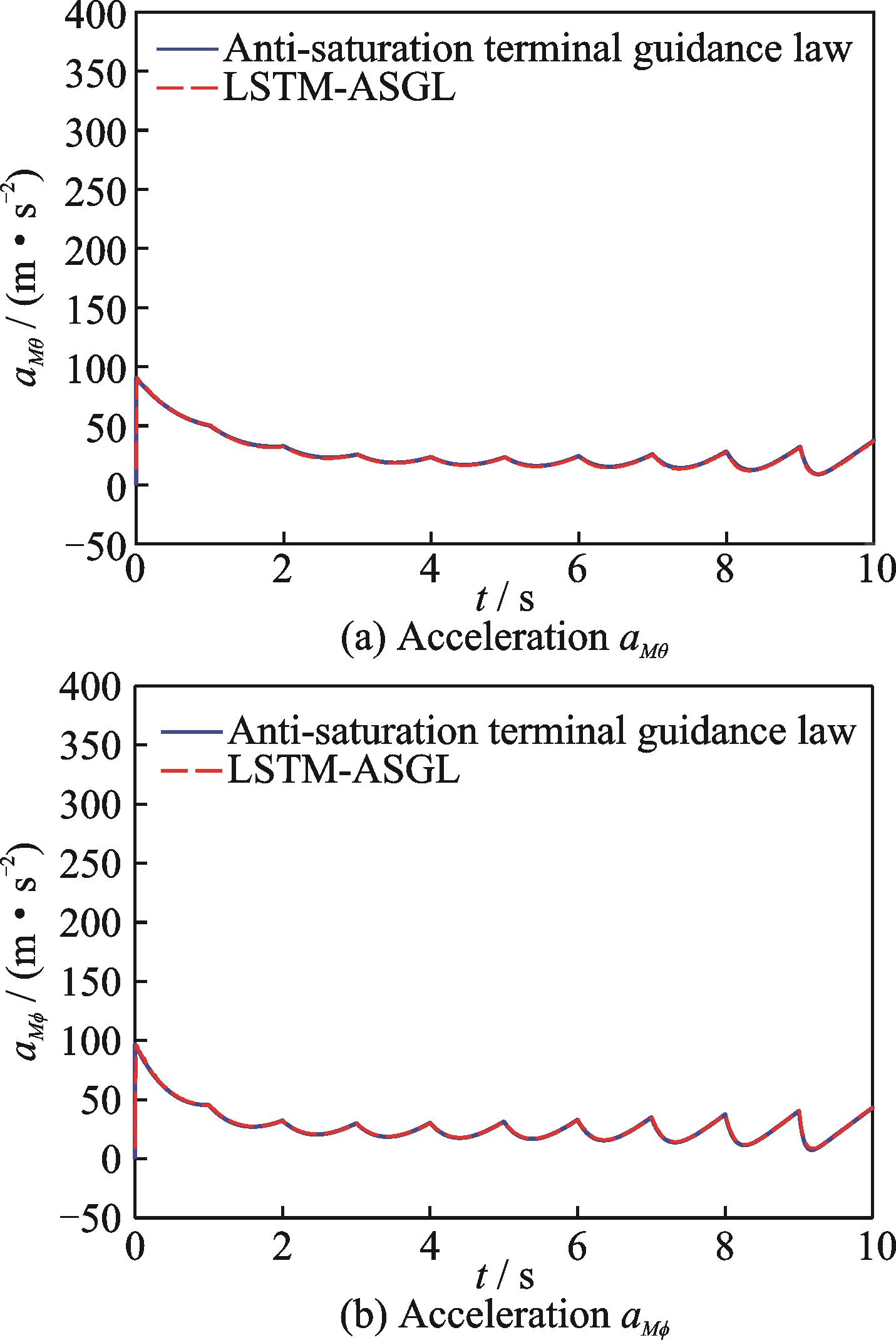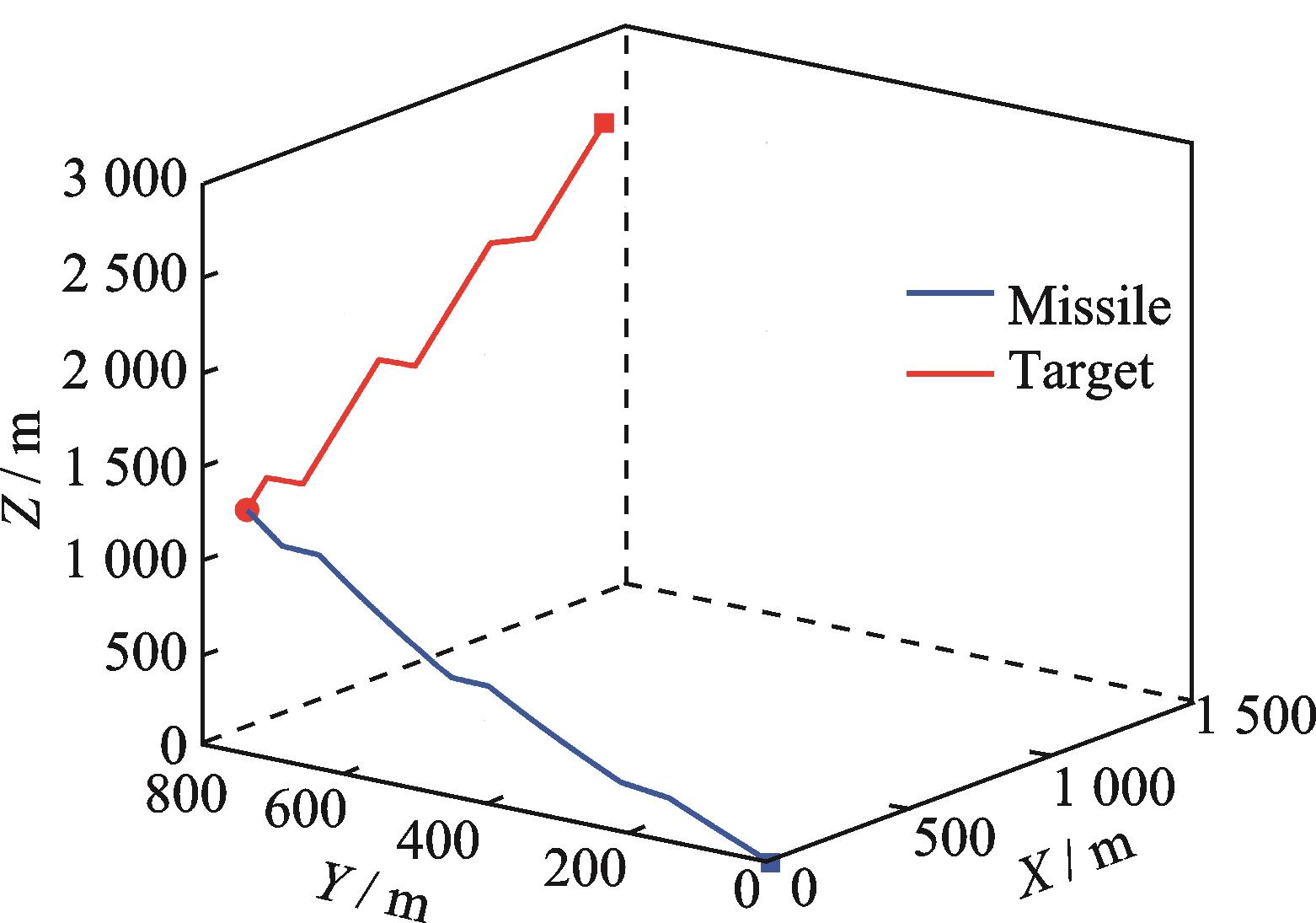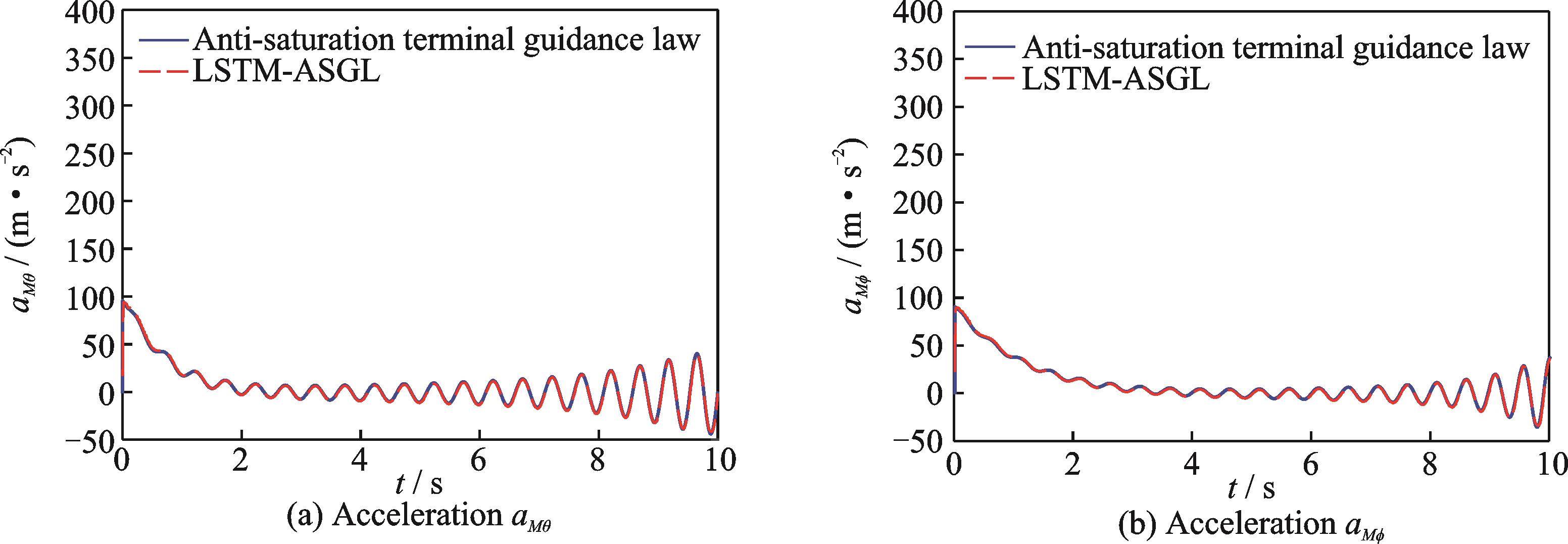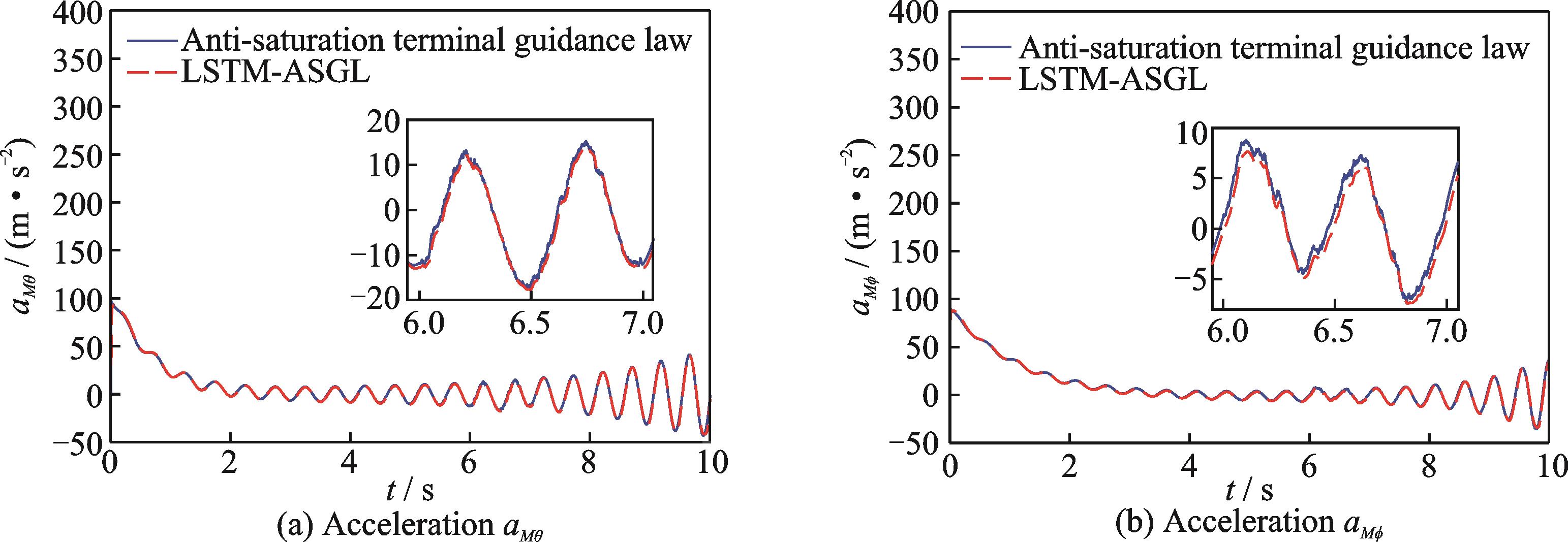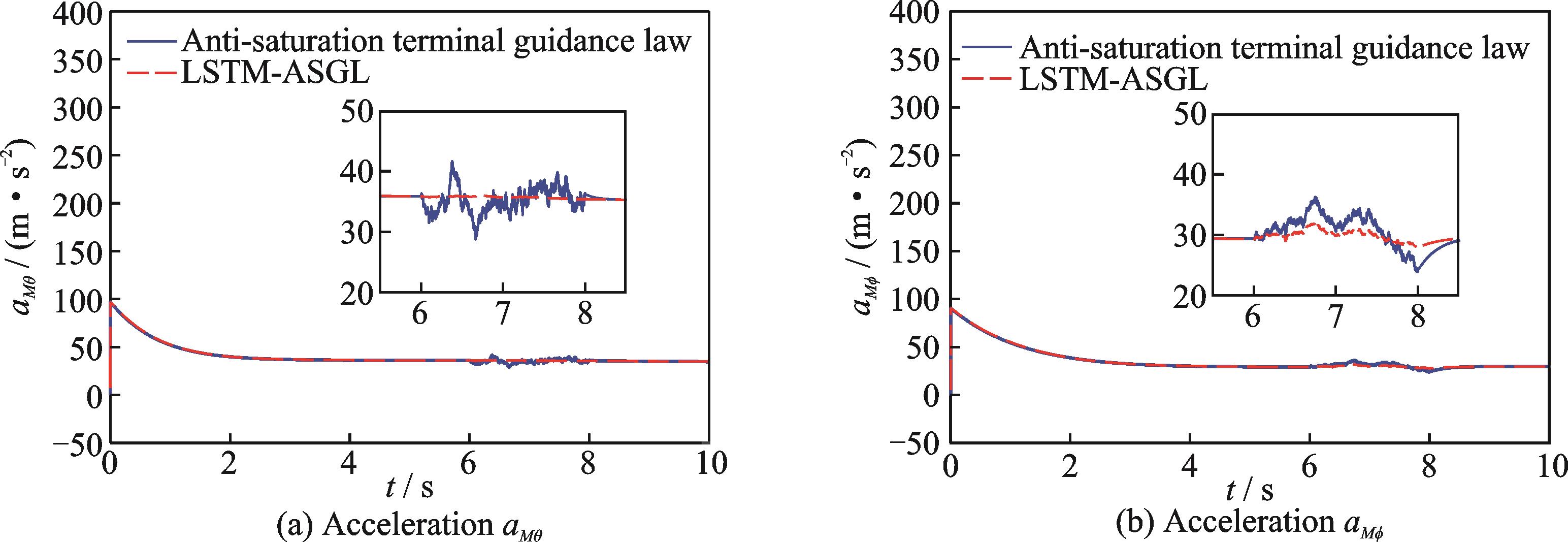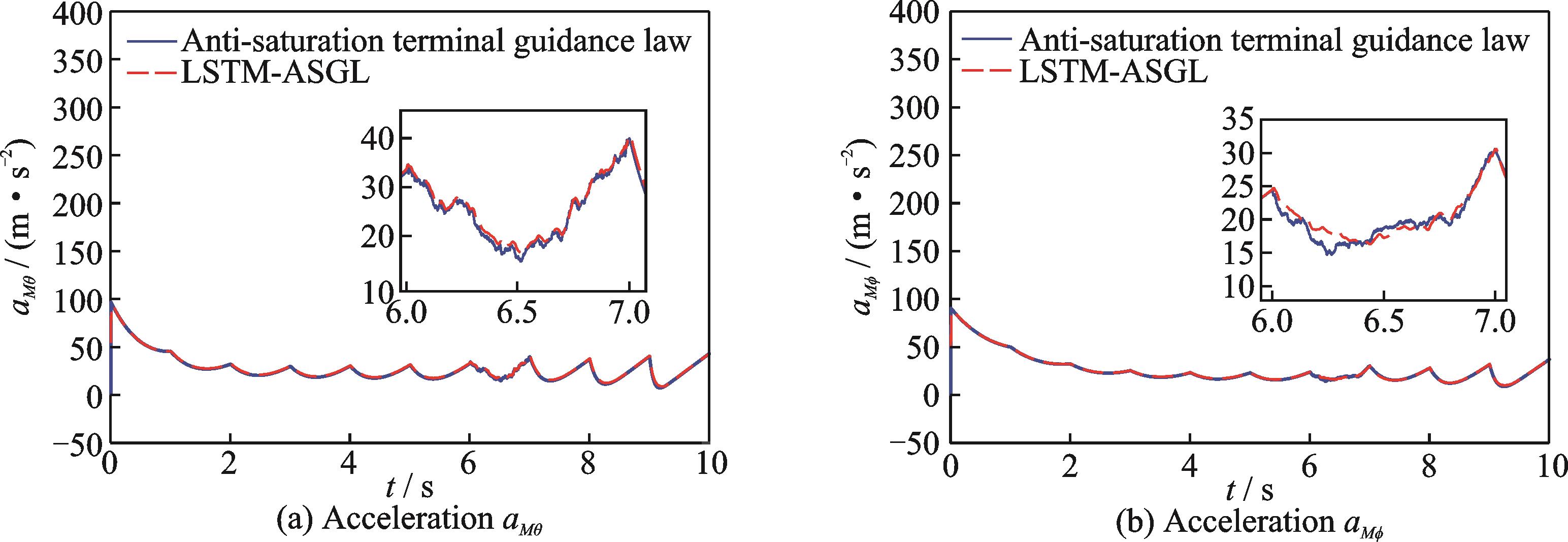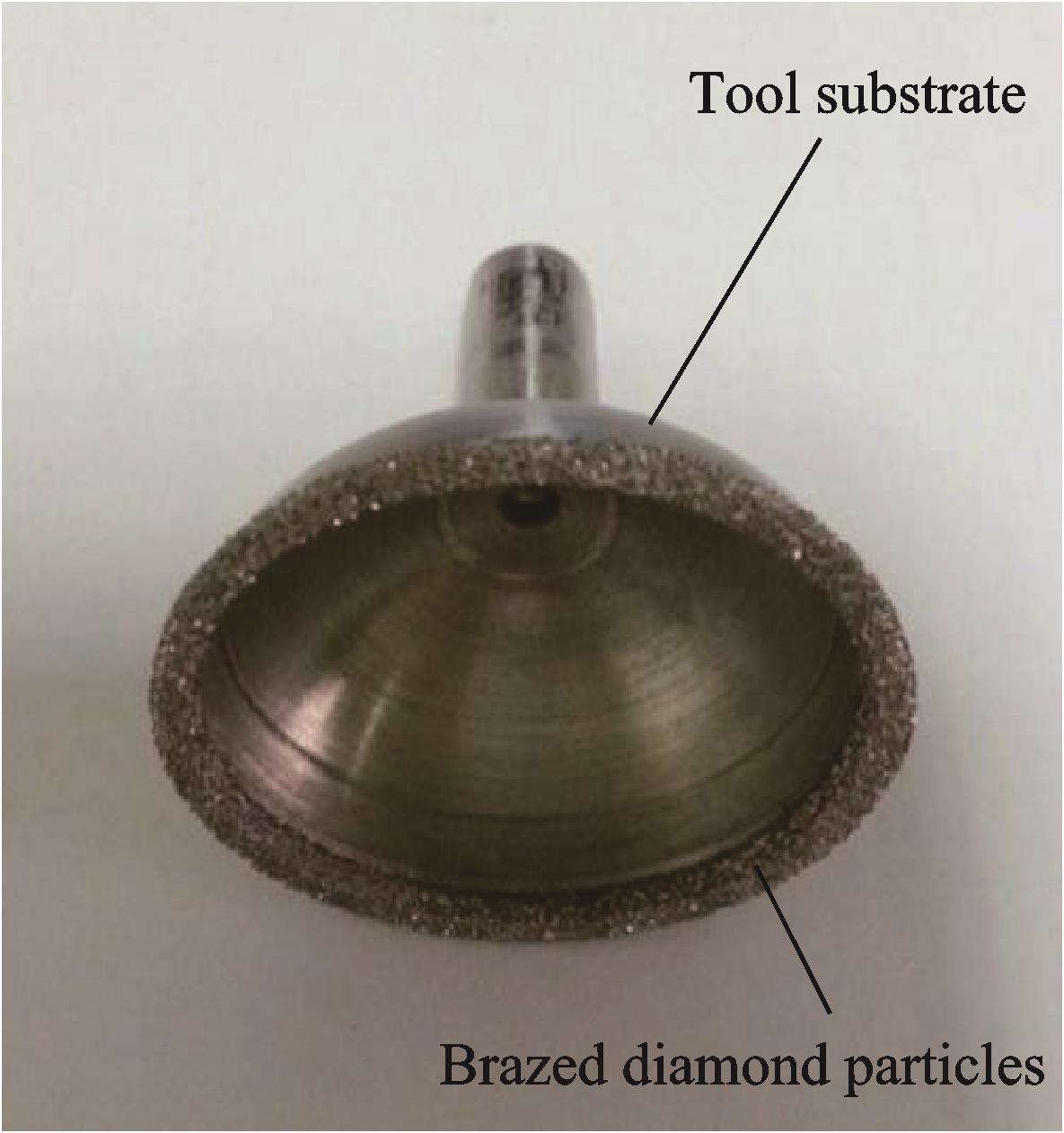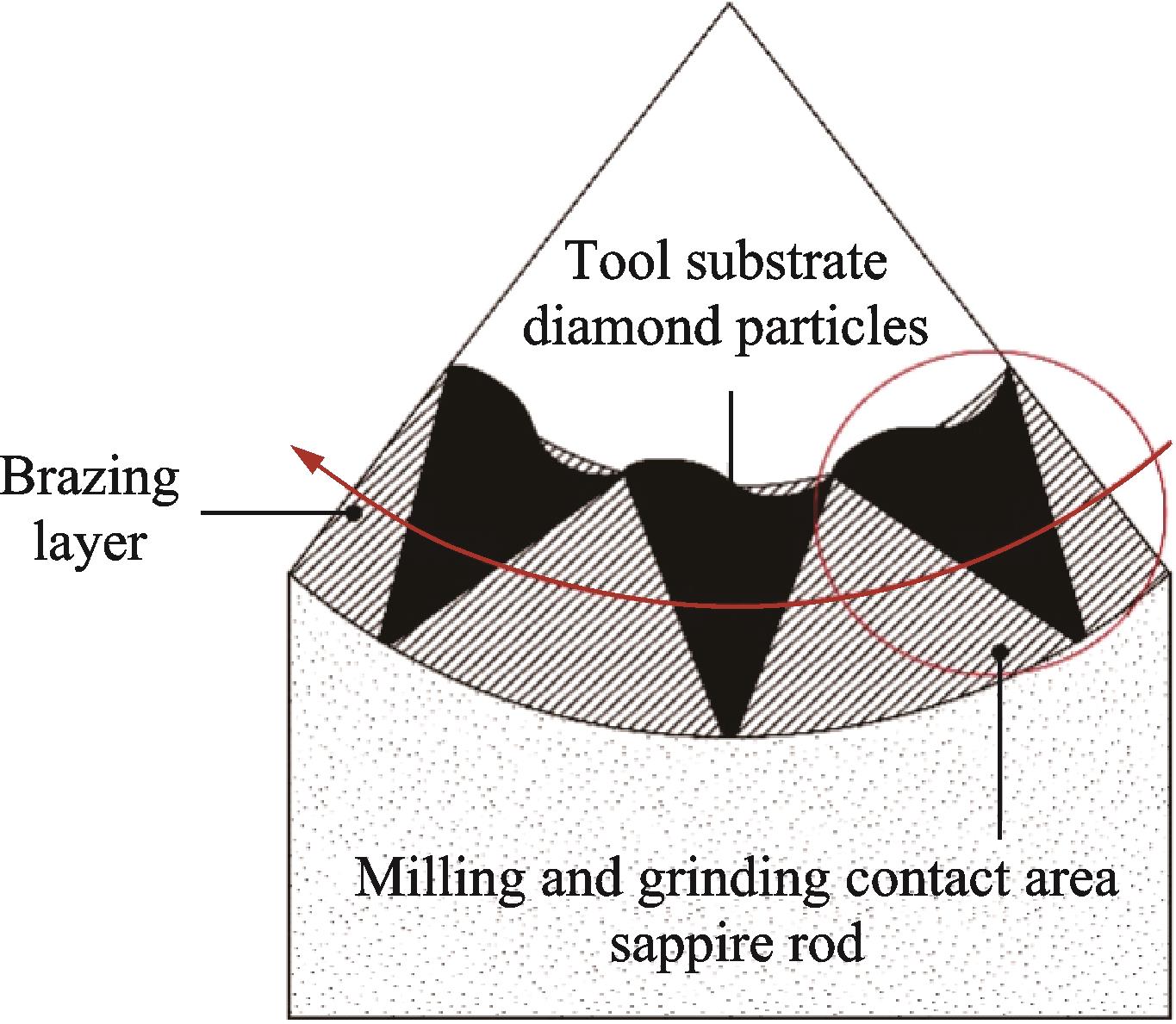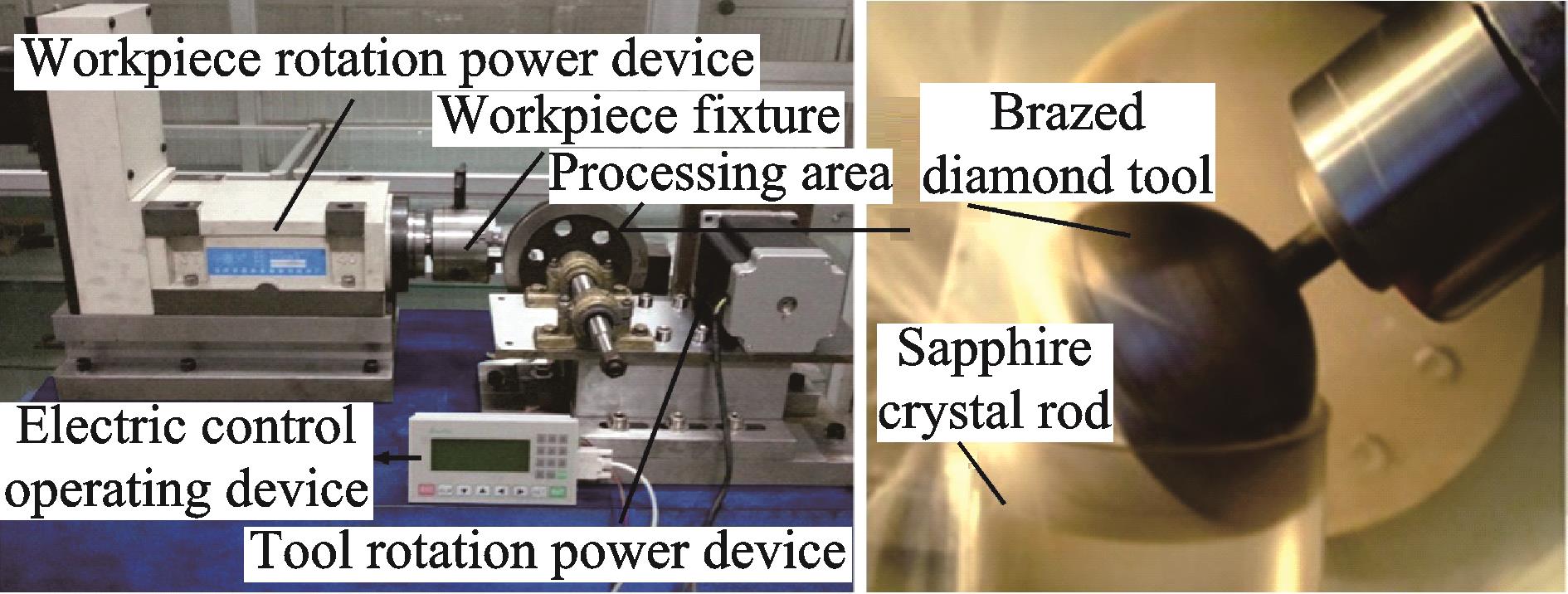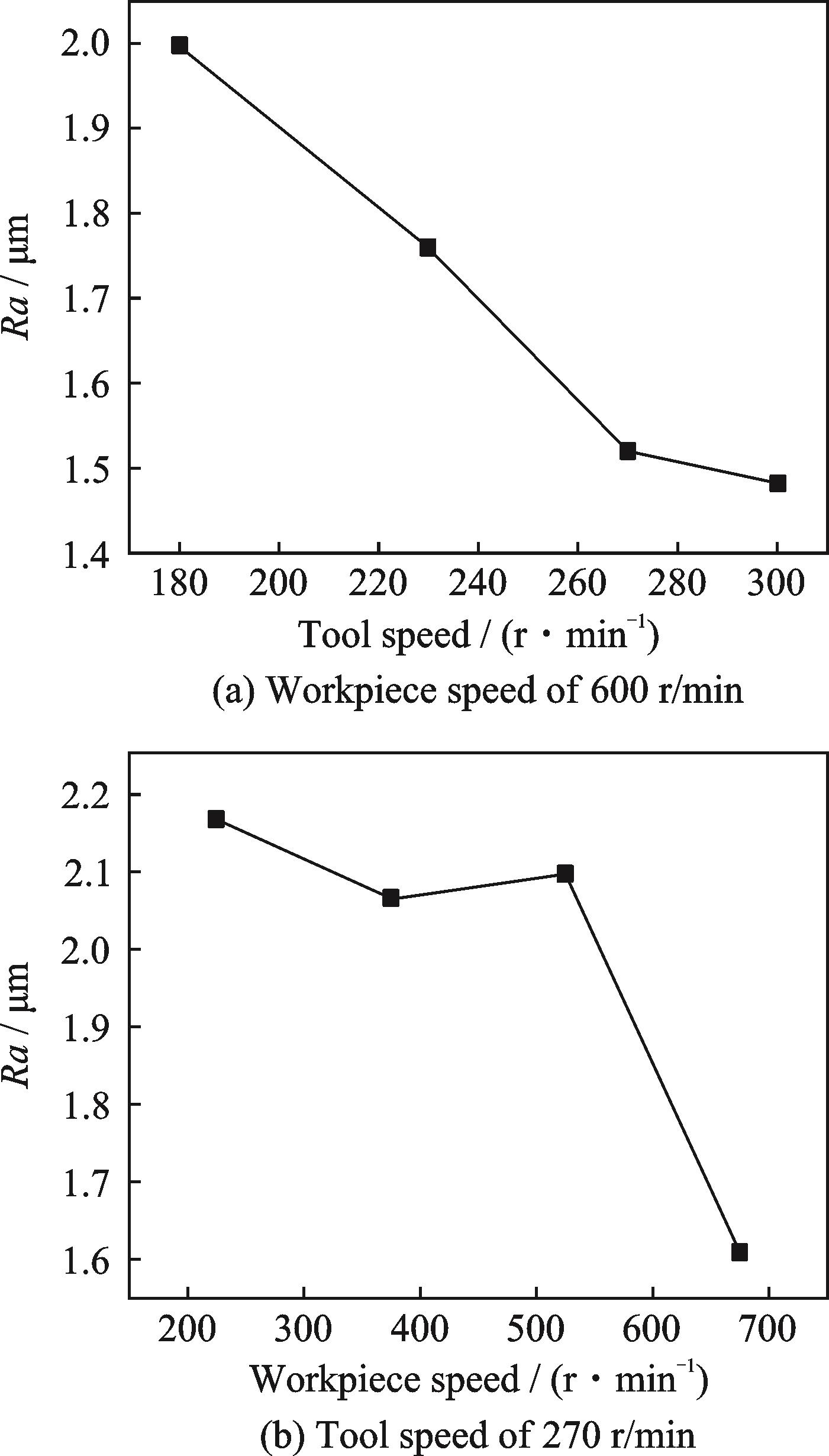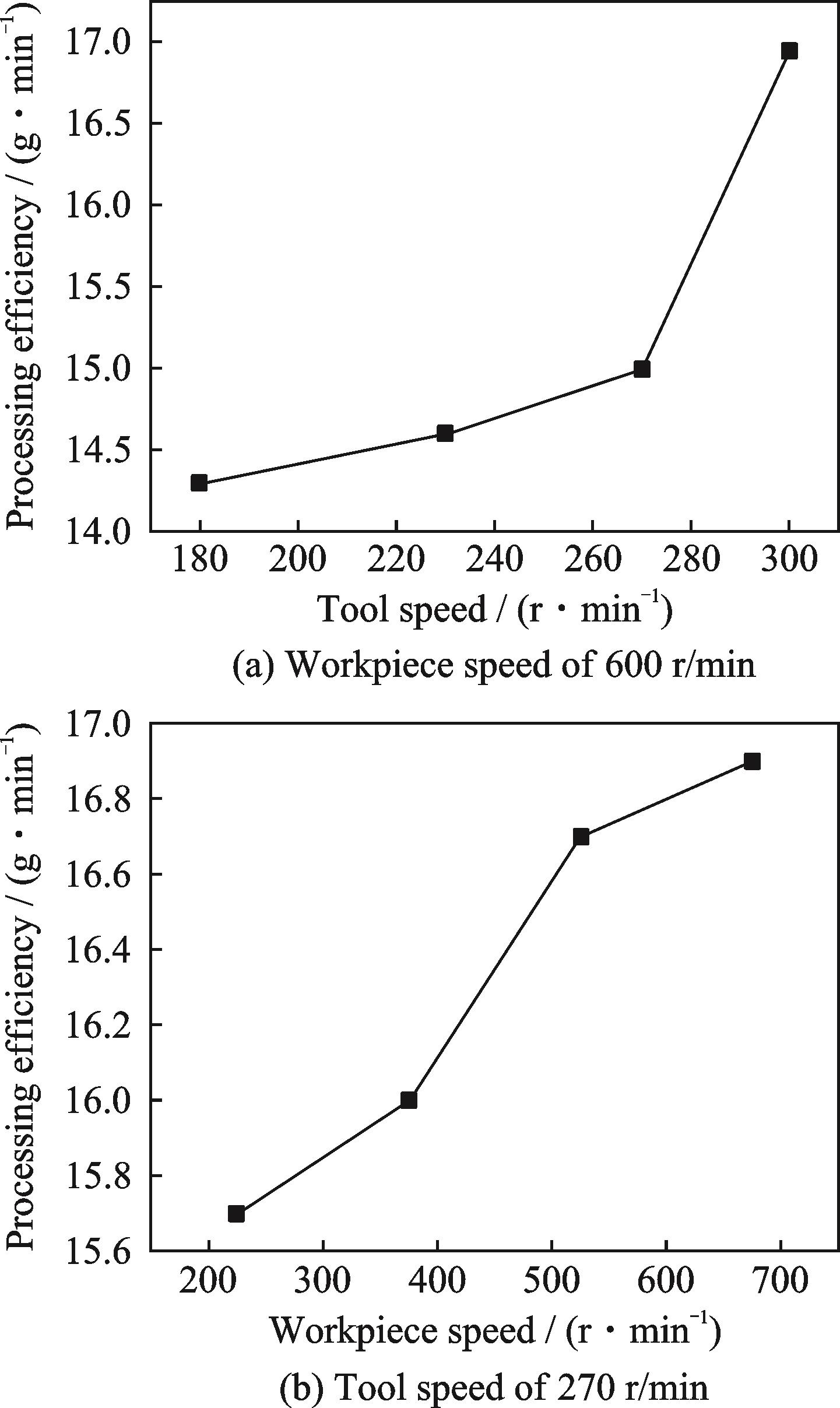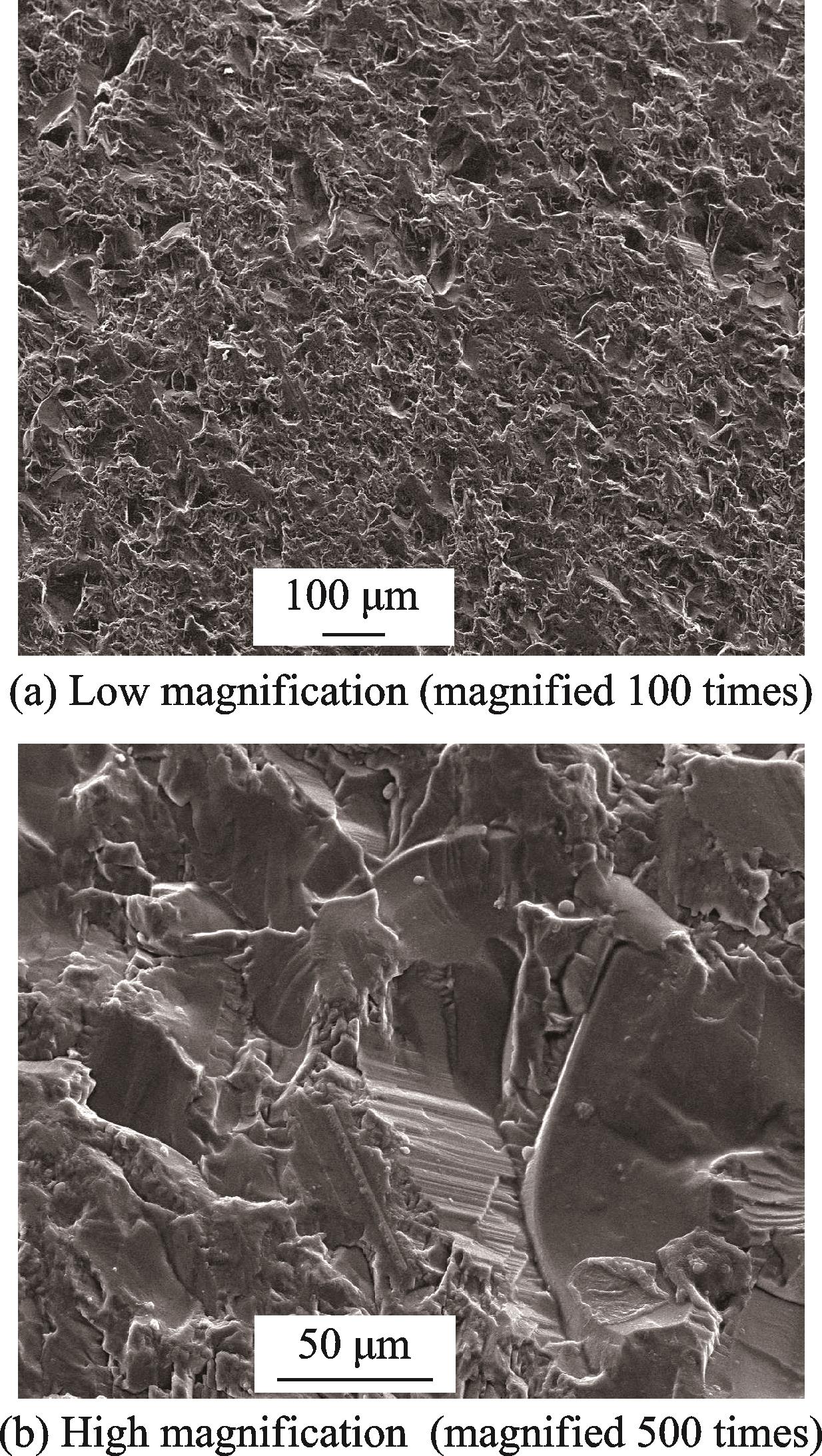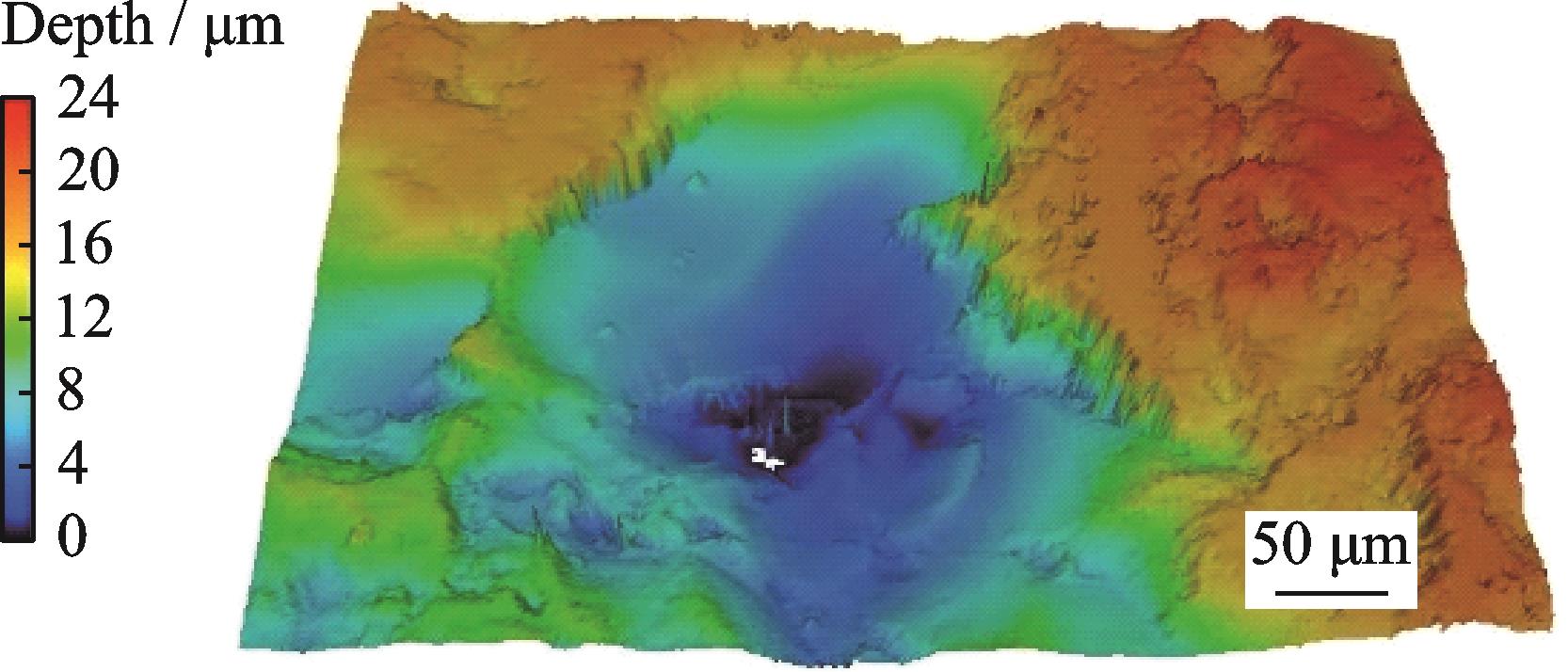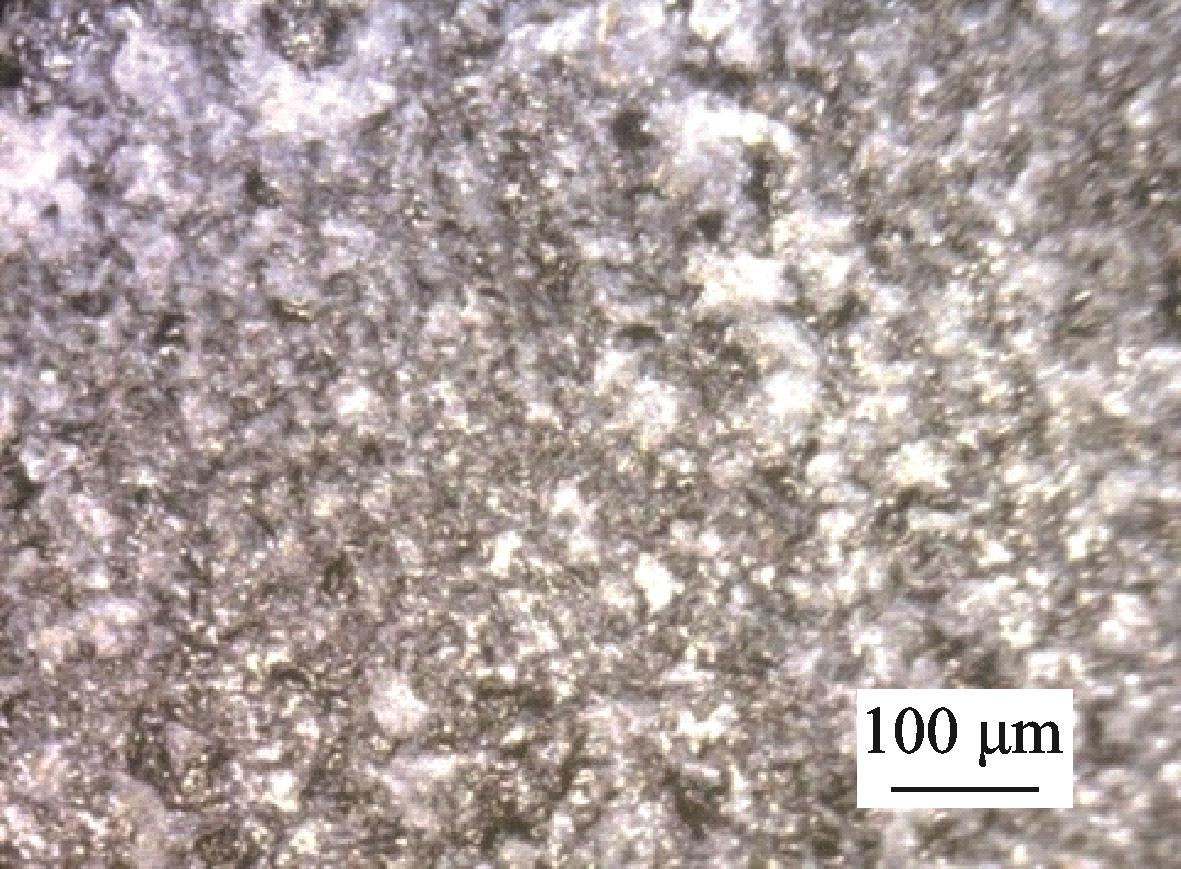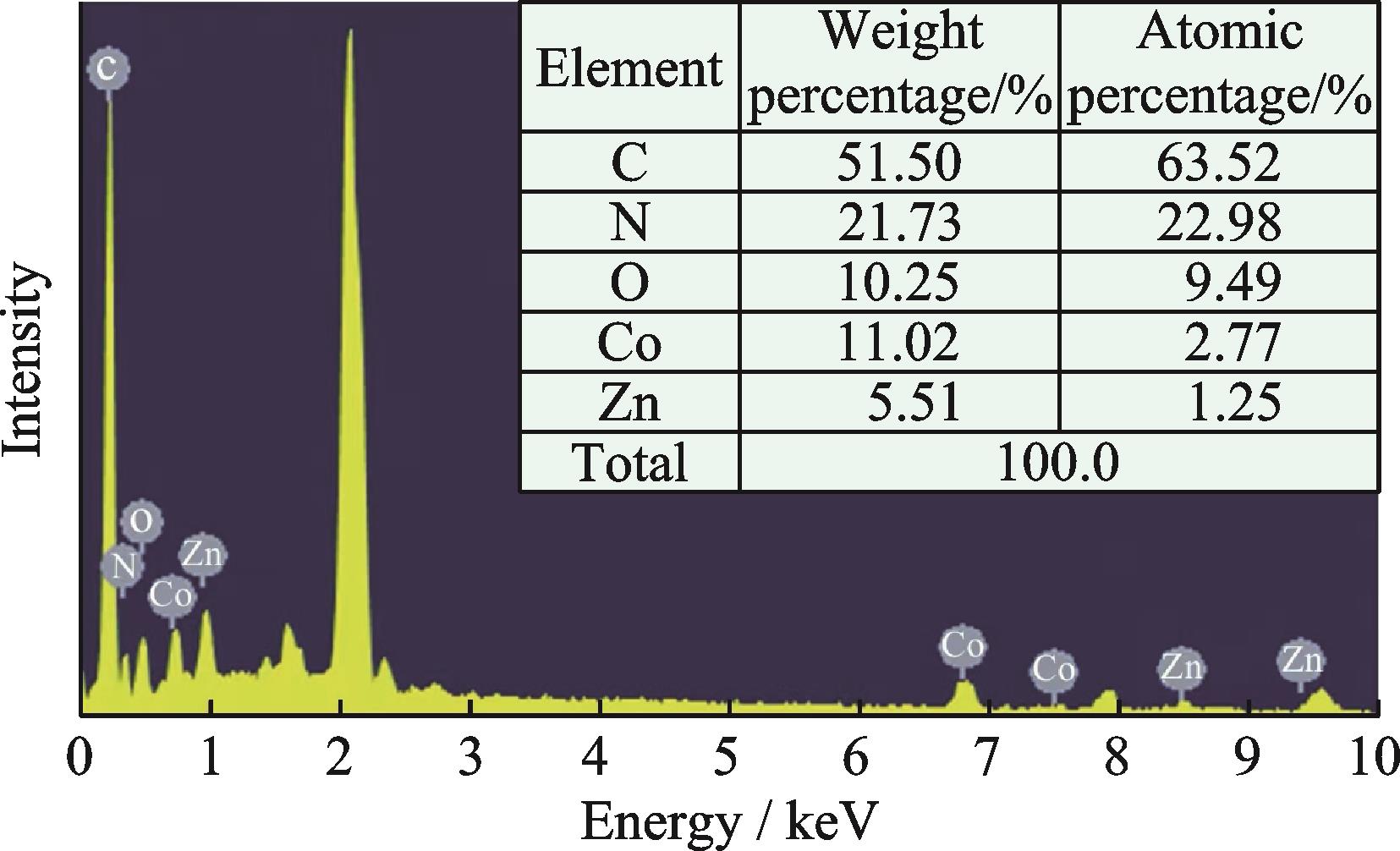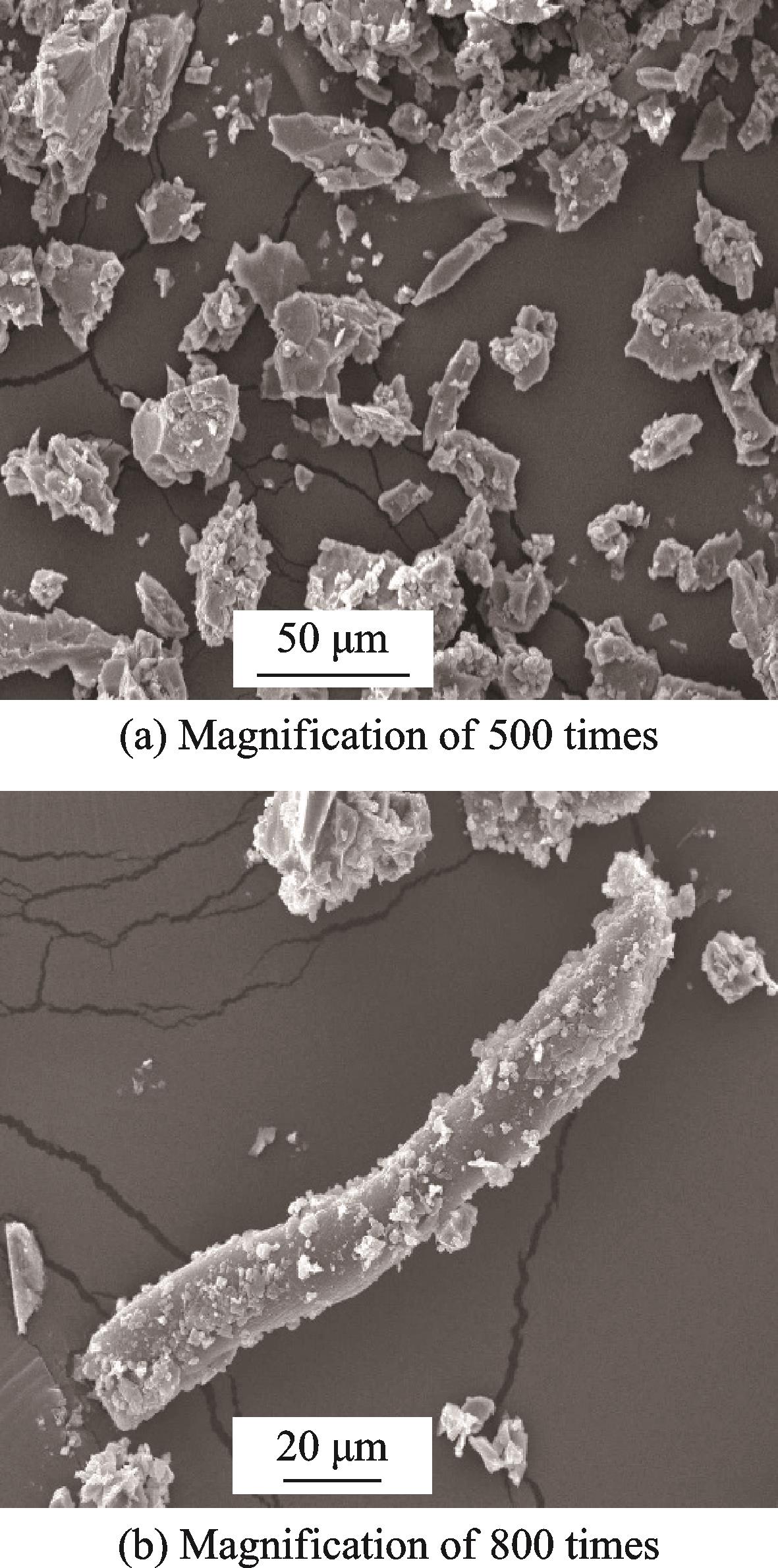Volume ,2025 Issue 4
Indexed by
- Featured Articles
- Recommended Topics
-
- New Progress in Helicopter Rotor Wake Research
- An Adaptive Transmission Scheme for Deep Space Communication
- An Efficient Method for Local Buckling Analysis of Stiffened Panels
- Damage Detection and Material Property Reconstruction of Composite Laminates Using Laser Ultrasonic Technique
- Optimization Algorithm of UWB Positioning for Aircraft Assembly Workshop
-
- Flow Characteristics of Double-Cruciform Parachute at Inflating and Inflated Conditions
- Optimization of Nonlinear Energy Sink for Vibration Suppression of Systems Under Dual-Frequency Excitation
- Development of a Synchronization Method for Fluid-Thermal Study of Hypersonic Flow
- Experimental Investigation on Convective Heat Transfer Characteristics in Ribbed Channel
- Current Issue
- Online First
- Archive
- Most Downloaded
Select AllDeselectExport
Display Method:
Research Progress of CMC Structures for Advanced Engines in Vibration Stability and Flutter Analysis
2025(4):411-451, DOI: 10.16356/j.1005-1120.2025.04.001
Abstract:
Advanced propulsion systems experience critical challenges under extreme service conditions, including aerodynamic loads and thermal loads. Especially, flutter stability is a key bottleneck restricting the design and safe operation of hot structures in advanced propulsion systems employing ceramic matrix composites (CMCs). Compared to traditional nickel-based alloys, CMCs offer superior high-temperature resistance and specific strength, making them ideal for next-generation engine hot structures. The inherent anisotropy, heterogeneity, and complex nonlinear behavior of CMCs, coupled with extreme operating environments, result in strong multi-physics interactions, including aero-thermo-structural, thermo-mechanical, and damage-aeroelastic coupling. These complexities significantly complicate vibration stability and flutter analysis. The recent research progresses on these problems are systematically examined, focusing on multi-field coupling mechanisms, material constitutive and damage evolution models, multi-scale modeling methods, coupled solution strategies, and the influence of key parameters on flutter characteristics. The current challenges are highlighted, including the complexity of high-temperature nonlinear modeling, the efficiency of multi-field coupling calculations, and the multi-scale modeling of complex weaving structures. Finally, an outlook on future development directions is presented to provide theoretical support for the design and safety assessment of hot structures of advanced CMCs.
Advanced propulsion systems experience critical challenges under extreme service conditions, including aerodynamic loads and thermal loads. Especially, flutter stability is a key bottleneck restricting the design and safe operation of hot structures in advanced propulsion systems employing ceramic matrix composites (CMCs). Compared to traditional nickel-based alloys, CMCs offer superior high-temperature resistance and specific strength, making them ideal for next-generation engine hot structures. The inherent anisotropy, heterogeneity, and complex nonlinear behavior of CMCs, coupled with extreme operating environments, result in strong multi-physics interactions, including aero-thermo-structural, thermo-mechanical, and damage-aeroelastic coupling. These complexities significantly complicate vibration stability and flutter analysis. The recent research progresses on these problems are systematically examined, focusing on multi-field coupling mechanisms, material constitutive and damage evolution models, multi-scale modeling methods, coupled solution strategies, and the influence of key parameters on flutter characteristics. The current challenges are highlighted, including the complexity of high-temperature nonlinear modeling, the efficiency of multi-field coupling calculations, and the multi-scale modeling of complex weaving structures. Finally, an outlook on future development directions is presented to provide theoretical support for the design and safety assessment of hot structures of advanced CMCs.
2025(4):452-463, DOI: 10.16356/j.1005-1120.2025.04.002
Abstract:
The large-aperture reflective cameras on the geostationary orbit are susceptible to significant temperature fluctuations due to the “Sun transit” effect. To address the shortcomings of existing thermal control measures using camera sunshades to suppress the “Sun transit” and the issue of excessively large solar avoidance angles determined solely by geometric relationships, a thermal control design method is proposed that involves adding multi-layer thermal protection at the secondary mirror position of the camera. The goal is to optimize the avoidance angle and enhance the camera’s tolerance to “Sun transit”. A heat balance and motion relationship between the avoidance angle and duration is established. Then, the minimum solar avoidance angle after adopting the multi-layer thermal protection design is calculated. This angle is compared with the one determined by geometric relationships, leading to the conclusion that this method can effectively enhance the camera’s tolerance to “Sun transit”. A heat dissipation scheme is proposed that involves a coupled north-south heat spreader design with low-temperature compensation for the internal heat source. The calculation results of the two avoidance angles are applied to the calculation of the heat dissipation area and low-temperature compensation power, achieving a closed-loop heat dissipation scheme. Puls, the superiority of the multi-layer thermal protection design method is demonstrated from the perspectives of heat dissipation area and low-temperature compensation power requirements. A comparative analysis of simulation analysis, thermal balance tests, and in-orbit temperature data further validates the effectiveness of this method.
The large-aperture reflective cameras on the geostationary orbit are susceptible to significant temperature fluctuations due to the “Sun transit” effect. To address the shortcomings of existing thermal control measures using camera sunshades to suppress the “Sun transit” and the issue of excessively large solar avoidance angles determined solely by geometric relationships, a thermal control design method is proposed that involves adding multi-layer thermal protection at the secondary mirror position of the camera. The goal is to optimize the avoidance angle and enhance the camera’s tolerance to “Sun transit”. A heat balance and motion relationship between the avoidance angle and duration is established. Then, the minimum solar avoidance angle after adopting the multi-layer thermal protection design is calculated. This angle is compared with the one determined by geometric relationships, leading to the conclusion that this method can effectively enhance the camera’s tolerance to “Sun transit”. A heat dissipation scheme is proposed that involves a coupled north-south heat spreader design with low-temperature compensation for the internal heat source. The calculation results of the two avoidance angles are applied to the calculation of the heat dissipation area and low-temperature compensation power, achieving a closed-loop heat dissipation scheme. Puls, the superiority of the multi-layer thermal protection design method is demonstrated from the perspectives of heat dissipation area and low-temperature compensation power requirements. A comparative analysis of simulation analysis, thermal balance tests, and in-orbit temperature data further validates the effectiveness of this method.
2025(4):464-476, DOI: 10.16356/j.1005-1120.2025.04.003
Abstract:
Human-robot safety is an important topic in wearable robotics, especially in supernumerary robotic limbs (SRLs). The proposal of flexible joint improves human-robot safety strategy, which allows physical contact between human and robots, rather than strictly limiting the human-robot motion. However, most researchers focus on the variable stiffness features of flexible joints, but few evaluate the performance of the flexible joint in the human-robot collision. Therefore, the performance of two typical flexible joints, including the series elastic joint (SEJ) and the passive variable stiffness joint (PVSJ), are compared through dynamic collision experiments. The results demonstrate that the SEJ absorbs 40.7%—58.7% of the collision force and 34.2%—45.2% of the collision torque in the driven-torque below 4 N·m and driven-speed of 3—7 (°)/s, which is more stable than PVSJ. In addition, the stiffness error of SEJ is measured at 5.1%, significantly lower than the 23.04% measured in the PVSJ. The huge stiffness error of PVSJ leads to its unreliability in buffering collision. Furthermore, we analyze results and confirm that SEJ has a more stable human-robot safety performance in buffering dynamic collision. Consequently, the SEJ is suitable in SRLs for human-robot safety in our scenario.
Human-robot safety is an important topic in wearable robotics, especially in supernumerary robotic limbs (SRLs). The proposal of flexible joint improves human-robot safety strategy, which allows physical contact between human and robots, rather than strictly limiting the human-robot motion. However, most researchers focus on the variable stiffness features of flexible joints, but few evaluate the performance of the flexible joint in the human-robot collision. Therefore, the performance of two typical flexible joints, including the series elastic joint (SEJ) and the passive variable stiffness joint (PVSJ), are compared through dynamic collision experiments. The results demonstrate that the SEJ absorbs 40.7%—58.7% of the collision force and 34.2%—45.2% of the collision torque in the driven-torque below 4 N·m and driven-speed of 3—7 (°)/s, which is more stable than PVSJ. In addition, the stiffness error of SEJ is measured at 5.1%, significantly lower than the 23.04% measured in the PVSJ. The huge stiffness error of PVSJ leads to its unreliability in buffering collision. Furthermore, we analyze results and confirm that SEJ has a more stable human-robot safety performance in buffering dynamic collision. Consequently, the SEJ is suitable in SRLs for human-robot safety in our scenario.
2025(4):477-486, DOI: 10.16356/j.1005-1120.2025.04.004
Abstract:
An end-to-end recognition strategy is proposed for oscillatory ships in missile-borne synthetic aperture radar (SAR), eliminating the need for image refocusing. Unlike conventional “focus-then-recognize” paradigm, the approach directly exploits oscillation-degraded SAR images for training and recognition, avoiding the unreliability of refocusing under complex imaging conditions. A multi-azimuth ship dataset under the “sea state five” condition is simulated, where ResNet-18 achieves a baseline accuracy of 66.66%, validating the feasibility of the end-to-end framework. By further incorporating a domain-adversarial neural network (DANN) to extract cross-azimuth invariant features, the recognition rate increases to 76.22%, demonstrating the potential of this strategy. The results indicate that, even with a non-optimal backbone, the end-to-end approach shows clear applicability in challenging scenarios, while offering a foundation for future performance gains with more advanced architectures.
An end-to-end recognition strategy is proposed for oscillatory ships in missile-borne synthetic aperture radar (SAR), eliminating the need for image refocusing. Unlike conventional “focus-then-recognize” paradigm, the approach directly exploits oscillation-degraded SAR images for training and recognition, avoiding the unreliability of refocusing under complex imaging conditions. A multi-azimuth ship dataset under the “sea state five” condition is simulated, where ResNet-18 achieves a baseline accuracy of 66.66%, validating the feasibility of the end-to-end framework. By further incorporating a domain-adversarial neural network (DANN) to extract cross-azimuth invariant features, the recognition rate increases to 76.22%, demonstrating the potential of this strategy. The results indicate that, even with a non-optimal backbone, the end-to-end approach shows clear applicability in challenging scenarios, while offering a foundation for future performance gains with more advanced architectures.
2025(4):487-496, DOI: 10.16356/j.1005-1120.2025.04.005
Abstract:
In recent years, the development of domestic commercial synthetic aperture radar (SAR) is in full swing, with multiple commercial SAR satellites in orbit, showing great potential in disaster monitoring, natural resource management and deformation observation. Fucheng-1 is the first C-band commercial SAR satellite for interferometric SAR (InSAR) service developed by Spacety China, which marks the gradual maturity of China’s remote sensing data service. Based on the raw data collected by Fucheng-1, this paper firstly introduces the range-Doppler algorithm (RDA), then illustrates the parameter estimation method on the basis of fractional Fourier transform (FrFT) to realize the accurate estimation of azimuth chirp rate, which effectively improves imaging quality. Finally, the L 1-norm regularization based sparse imaging method is utilized to reconstruct images from down-sampled data. Experimental results show that the sparse imaging algorithm can accurately reconstruct the down-sampled Fucheng-1 data and suppress sidelobes and clutter.
In recent years, the development of domestic commercial synthetic aperture radar (SAR) is in full swing, with multiple commercial SAR satellites in orbit, showing great potential in disaster monitoring, natural resource management and deformation observation. Fucheng-1 is the first C-band commercial SAR satellite for interferometric SAR (InSAR) service developed by Spacety China, which marks the gradual maturity of China’s remote sensing data service. Based on the raw data collected by Fucheng-1, this paper firstly introduces the range-Doppler algorithm (RDA), then illustrates the parameter estimation method on the basis of fractional Fourier transform (FrFT) to realize the accurate estimation of azimuth chirp rate, which effectively improves imaging quality. Finally, the L 1-norm regularization based sparse imaging method is utilized to reconstruct images from down-sampled data. Experimental results show that the sparse imaging algorithm can accurately reconstruct the down-sampled Fucheng-1 data and suppress sidelobes and clutter.
2025(4):497-508, DOI: 10.16356/j.1005-1120.2025.04.006
Abstract:
The adaptive filtering algorithm with a fixed projection order is unable to adjust its performance in response to changes in the external environment of airborne radars. To overcome this limitation, a new approach is introduced, which is the variable projection order Ekblom norm-promoted adaptive algorithm (VPO-EPAA). The method begins by examining the mean squared deviation (MSD) of the EPAA, deriving a formula for its MSD. Next, it compares the MSD of EPAA at two different projection orders and selects the one that minimizes the MSD as the parameter for the current iteration. Furthermore, the algorithm’s computational complexity is analyzed theoretically. Simulation results from system identification and self-interference cancellation show that the proposed algorithm performs exceptionally well in airborne radar signal self-interference cancellation, even under various noise intensities and types of interference.
The adaptive filtering algorithm with a fixed projection order is unable to adjust its performance in response to changes in the external environment of airborne radars. To overcome this limitation, a new approach is introduced, which is the variable projection order Ekblom norm-promoted adaptive algorithm (VPO-EPAA). The method begins by examining the mean squared deviation (MSD) of the EPAA, deriving a formula for its MSD. Next, it compares the MSD of EPAA at two different projection orders and selects the one that minimizes the MSD as the parameter for the current iteration. Furthermore, the algorithm’s computational complexity is analyzed theoretically. Simulation results from system identification and self-interference cancellation show that the proposed algorithm performs exceptionally well in airborne radar signal self-interference cancellation, even under various noise intensities and types of interference.
2025(4):509-524, DOI: 10.16356/j.1005-1120.2025.04.007
Abstract:
Different synthetic aperture radar (SAR) sensors vary significantly in resolution, polarization modes, and frequency bands, making it difficult to directly apply existing models to newly launched SAR satellites. These new systems require large amounts of labeled data for model retraining, but collecting sufficient data in a short time is often infeasible. To address this contradiction, this paper proposes a data generation and transfer framework, integrating a stable diffusion model with attention distillation, that leverages historical SAR data to synthesize training data tailored to the unique characteristics of new SAR systems. Specifically, we fine-tune the low-rank adaptation (LoRA) modules within the multimodal diffusion transformer (MM-DiT) architecture to enable class-controllable SAR image generation guided by textual prompts. To ensure that the generated images reflect the statistical properties and imaging characteristics of the target SAR system, we further introduce an attention distillation mechanism that transfers sensor-specific features, such as spatial texture, speckle distribution, and structural patterns, from real target-domain data to the generative model. Extensive experiments on multi-class aircraft target datasets from two real spaceborne SAR systems demonstrate the effectiveness of the proposed approach in alleviating data scarcity and supporting cross-sensor remote sensing applications.
Different synthetic aperture radar (SAR) sensors vary significantly in resolution, polarization modes, and frequency bands, making it difficult to directly apply existing models to newly launched SAR satellites. These new systems require large amounts of labeled data for model retraining, but collecting sufficient data in a short time is often infeasible. To address this contradiction, this paper proposes a data generation and transfer framework, integrating a stable diffusion model with attention distillation, that leverages historical SAR data to synthesize training data tailored to the unique characteristics of new SAR systems. Specifically, we fine-tune the low-rank adaptation (LoRA) modules within the multimodal diffusion transformer (MM-DiT) architecture to enable class-controllable SAR image generation guided by textual prompts. To ensure that the generated images reflect the statistical properties and imaging characteristics of the target SAR system, we further introduce an attention distillation mechanism that transfers sensor-specific features, such as spatial texture, speckle distribution, and structural patterns, from real target-domain data to the generative model. Extensive experiments on multi-class aircraft target datasets from two real spaceborne SAR systems demonstrate the effectiveness of the proposed approach in alleviating data scarcity and supporting cross-sensor remote sensing applications.
2025(4):525-540, DOI: 10.16356/j.1005-1120.2025.04.008
Abstract:
In recent years, deeps learning has been widely applied in synthetic aperture radar (SAR) image processing. However, the collection of large-scale labeled SAR images is challenging and costly, and the classification accuracy is often poor when only limited SAR images are available. To address this issue, we propose a novel framework for sparse SAR target classification under few-shot cases, termed the transfer learning-based interpretable lightweight convolutional neural network (TL-IL-CNN). Additionally, we employ enhanced gradient-weighted class activation mapping (Grad-CAM) to mitigate the “black box” effect often associated with deep learning models and to explore the mechanisms by which a CNN classifies various sparse SAR targets. Initially, we apply a novel bidirectional iterative soft thresholding (BiIST) algorithm to generate sparse images of superior quality compared to those produced by traditional matched filtering (MF) techniques. Subsequently, we pretrain multiple shallow CNNs on a simulated SAR image dataset. Using the sparse SAR dataset as input for the CNNs, we assess the efficacy of transfer learning in sparse SAR target classification and suggest the integration of TL-IL-CNN to enhance the classification accuracy further. Finally, Grad-CAM is utilized to provide visual explanations for the predictions made by the classification framework. The experimental results on the MSTAR dataset reveal that the proposed TL-IL-CNN achieves nearly 90% classification accuracy with only 20% of the training data required under standard operating conditions (SOC), surpassing typical deep learning methods such as vision Transformer (ViT) in the context of small samples. Remarkably, it even presents better performance under extended operating conditions (EOC). Furthermore, the application of Grad-CAM elucidates the CNN’s differentiation process among various sparse SAR targets. The experiments indicate that the model focuses on the target and the background can differ among target classes. The study contributes to an enhanced understanding of the interpretability of such results and enables us to infer the classification outcomes for each category more accurately.
In recent years, deeps learning has been widely applied in synthetic aperture radar (SAR) image processing. However, the collection of large-scale labeled SAR images is challenging and costly, and the classification accuracy is often poor when only limited SAR images are available. To address this issue, we propose a novel framework for sparse SAR target classification under few-shot cases, termed the transfer learning-based interpretable lightweight convolutional neural network (TL-IL-CNN). Additionally, we employ enhanced gradient-weighted class activation mapping (Grad-CAM) to mitigate the “black box” effect often associated with deep learning models and to explore the mechanisms by which a CNN classifies various sparse SAR targets. Initially, we apply a novel bidirectional iterative soft thresholding (BiIST) algorithm to generate sparse images of superior quality compared to those produced by traditional matched filtering (MF) techniques. Subsequently, we pretrain multiple shallow CNNs on a simulated SAR image dataset. Using the sparse SAR dataset as input for the CNNs, we assess the efficacy of transfer learning in sparse SAR target classification and suggest the integration of TL-IL-CNN to enhance the classification accuracy further. Finally, Grad-CAM is utilized to provide visual explanations for the predictions made by the classification framework. The experimental results on the MSTAR dataset reveal that the proposed TL-IL-CNN achieves nearly 90% classification accuracy with only 20% of the training data required under standard operating conditions (SOC), surpassing typical deep learning methods such as vision Transformer (ViT) in the context of small samples. Remarkably, it even presents better performance under extended operating conditions (EOC). Furthermore, the application of Grad-CAM elucidates the CNN’s differentiation process among various sparse SAR targets. The experiments indicate that the model focuses on the target and the background can differ among target classes. The study contributes to an enhanced understanding of the interpretability of such results and enables us to infer the classification outcomes for each category more accurately.
2025(4):541-553, DOI: 10.16356/j.1005-1120.2025.04.009
Abstract:
Missile acceleration saturation in a practical terminal guidance process may significantly reduce the interception performance. To solve this problem, this paper presents an anti-saturation guidance law with finite-time convergence for a three dimensional maneuvering interception. The finite time boundedness (FTB) theory and the input-output finite time stability (IO-FTS) theory are used, as well as the long short-term memory (LSTM) network. A sufficient condition for FTB and IO-FTS of a class of nonlinear systems is given. Then, an anti-acceleration saturation missile terminal guidance law based on LSTM, namely LSTM-ASGL, is designed. It can effectively suppress the effect of acceleration saturation to track the maneuvering target more accurately in the complex dynamic environment. The excellent performance of LSTM-ASGL in different maneuvering target scenarios is verified by simulation. The simulation results show that the guidance law successfully prevents acceleration saturation and improves the tracking ability of the missile system to the maneuvering target. It is also shown that LSTM-ASGL has good generalization and anti-jamming performance, and consumes less energy than the anti-acceleration saturation terminal guidance law.
Missile acceleration saturation in a practical terminal guidance process may significantly reduce the interception performance. To solve this problem, this paper presents an anti-saturation guidance law with finite-time convergence for a three dimensional maneuvering interception. The finite time boundedness (FTB) theory and the input-output finite time stability (IO-FTS) theory are used, as well as the long short-term memory (LSTM) network. A sufficient condition for FTB and IO-FTS of a class of nonlinear systems is given. Then, an anti-acceleration saturation missile terminal guidance law based on LSTM, namely LSTM-ASGL, is designed. It can effectively suppress the effect of acceleration saturation to track the maneuvering target more accurately in the complex dynamic environment. The excellent performance of LSTM-ASGL in different maneuvering target scenarios is verified by simulation. The simulation results show that the guidance law successfully prevents acceleration saturation and improves the tracking ability of the missile system to the maneuvering target. It is also shown that LSTM-ASGL has good generalization and anti-jamming performance, and consumes less energy than the anti-acceleration saturation terminal guidance law.
2025(4):554-564, DOI: 10.16356/j.1005-1120.2025.04.010
Abstract:
Sapphire hemispherical domes are machined through milling and shaping using brazed diamond tools. A mathematical model describing roughness for this processing method is established, and the relationship between roughness and its influencing factors is analyzed. Experiments on the hemispherical dome shaping process are conducted to validate the model, analyzing the variation in roughness under different tool and workpiece rotational speeds. The results are consistent with the predictions of the established roughness model, suggesting that the model can be used to guide subsequent process experiments. Milling and shaping efficiency using brazed diamond tools typically can reach 14 g/min. The machined sapphire surfaces exhibit relatively few microcracks and minimal damage, with almost all exclusively visible grooves resulting from brittle fracture removal. The surface roughness after machining is below 2.5 μm. Milling sapphire domes with brazed diamond tools represents a novel shaping technique characterized by high efficiency and high quality.
Sapphire hemispherical domes are machined through milling and shaping using brazed diamond tools. A mathematical model describing roughness for this processing method is established, and the relationship between roughness and its influencing factors is analyzed. Experiments on the hemispherical dome shaping process are conducted to validate the model, analyzing the variation in roughness under different tool and workpiece rotational speeds. The results are consistent with the predictions of the established roughness model, suggesting that the model can be used to guide subsequent process experiments. Milling and shaping efficiency using brazed diamond tools typically can reach 14 g/min. The machined sapphire surfaces exhibit relatively few microcracks and minimal damage, with almost all exclusively visible grooves resulting from brittle fracture removal. The surface roughness after machining is below 2.5 μm. Milling sapphire domes with brazed diamond tools represents a novel shaping technique characterized by high efficiency and high quality.
Select AllDeselectExport
Display Method:
- 【01-21】致疑得广识|《Transactions of NUAA》2022年度优秀审稿人
- 【12-12】Call for papers—2023 Special Issue on Process in Research of Aircraft Icing and Anti-icing in China
- 【02-19】Call for papers—Special Issue on "Advanced Manufacturing for Aerospace"
- 【02-16】Call for papers—2022 Special Issue on Intelligent Aerospace Communications and Navigation《南京航空航天大学学报》(英文版)
- 【01-31】编辑部寒假工作安排
- 【01-15】致疑得广识|《Transactions of NUAA》2021年度优秀审稿人
- 【11-08】Call for papers—2022 Special Issue on "Mechanics in Aerospace" 《南京航空航天大学学报》(英文版)2022"Mechanics in Aerospace" 专刊 征稿启事
- 【02-02】Call for papers—2021 Special Issue on "AI in Aerospace" 《南京航空航天大学学报》(英文版)2021“空天智能”专刊 征稿启事
- 【01-27】论量穷理趣|《Transactions of NUAA》2017—2019年度优秀论文
- 【01-27】致疑得广识|《Transactions of NUAA》2020年度优秀审稿人
Select AllDeselectExport
Display Method:
2020,37(3):353-359, DOI: 10.16356/j.1005-1120.2020.03.001
Abstract:
The aramid fiber-reinforced composites (AFRC) can increase the durability of corresponding applications such as aerospace, automobile and other large structural parts, due to the improvement in hardness, heat build-up, wear properties and green environmental protection. However, because of its complex multiphase structure and unique heterogeneity and anisotropy, the poor compression fatigue resistance and the incident surface fibrillation are inevitable. To improve the assembly precision of AFRC, mechanical processing is necessary to meet the dimensional accuracy. This paper focuses on the influence of contour milling parameters on delamination defects during milling of AFRC laminates. A series of milling experiments are conducted and two different kinds of delamination defects including tearing delamination and uncut-off delamination are investigated. A computing method and model based on brittle fracture for the two different types of delamination are established. The results can be used for explaining the mechanism and regularity of delamination defects. The control strategy of delamination defects and evaluation method of finished surface integrity are further discussed. The results are meaningful to optimize cutting parameters, and provide a clear understanding of surface defects control.
The aramid fiber-reinforced composites (AFRC) can increase the durability of corresponding applications such as aerospace, automobile and other large structural parts, due to the improvement in hardness, heat build-up, wear properties and green environmental protection. However, because of its complex multiphase structure and unique heterogeneity and anisotropy, the poor compression fatigue resistance and the incident surface fibrillation are inevitable. To improve the assembly precision of AFRC, mechanical processing is necessary to meet the dimensional accuracy. This paper focuses on the influence of contour milling parameters on delamination defects during milling of AFRC laminates. A series of milling experiments are conducted and two different kinds of delamination defects including tearing delamination and uncut-off delamination are investigated. A computing method and model based on brittle fracture for the two different types of delamination are established. The results can be used for explaining the mechanism and regularity of delamination defects. The control strategy of delamination defects and evaluation method of finished surface integrity are further discussed. The results are meaningful to optimize cutting parameters, and provide a clear understanding of surface defects control.
Abstract:
A jet noise reduction technique by using the external chevron nozzle with lobed mixer in the double-mixing exhaust system is investigated under cold conditions. The computations of jet field and the experiments of noise field are conducted with scaled model of high-bypass-ratio turbofan engine mixing exhaust system composed of external chevron nozzle with lobed mixer. The computational results indicate that comparing with the baseline nozzle with lobed mixer, the external chevron nozzle with lobed mixer increases mixing of jet and ambient air near the nozzle exit. The experimental results show that the external chevron nozzle with lobed mixer has better jet noise reduction at low frequencies, and this reduction rises with the increase of chevron bend angle. The experimental results also show that the external chevron nozzle with lobed mixer has sound pressure level (SPL) increase which is not obvious at high frequencies. With chevron bend angle increasing, SPL has relatively marked increase at 60°(directivity angle measured from upstream jet axis) and little fluctuations at 90° and 150°. The external chevron nozzle with lobed mixer has overall sound pressure level (OASPL) reduction in varying degrees at 60° and 150°, but it has little OASPL increase at 90°.
A jet noise reduction technique by using the external chevron nozzle with lobed mixer in the double-mixing exhaust system is investigated under cold conditions. The computations of jet field and the experiments of noise field are conducted with scaled model of high-bypass-ratio turbofan engine mixing exhaust system composed of external chevron nozzle with lobed mixer. The computational results indicate that comparing with the baseline nozzle with lobed mixer, the external chevron nozzle with lobed mixer increases mixing of jet and ambient air near the nozzle exit. The experimental results show that the external chevron nozzle with lobed mixer has better jet noise reduction at low frequencies, and this reduction rises with the increase of chevron bend angle. The experimental results also show that the external chevron nozzle with lobed mixer has sound pressure level (SPL) increase which is not obvious at high frequencies. With chevron bend angle increasing, SPL has relatively marked increase at 60°(directivity angle measured from upstream jet axis) and little fluctuations at 90° and 150°. The external chevron nozzle with lobed mixer has overall sound pressure level (OASPL) reduction in varying degrees at 60° and 150°, but it has little OASPL increase at 90°.
Abstract:
A lattice Boltzmann flux solver (LBFS) is presented for simulation of fluid flows. Like the conventional computational fluid dynamics (CFD) solvers, the new solver also applies the finite volume method to discretize the governing differential equations, but the numerical flux at the cell interface is not evaluated by the smooth function approximation or Riemann solvers. Instead, it is evaluated from local solution of lattice Boltzmann equation (LBE) at cell interface. Two versions of LBFS are presented in this paper. One is to locally apply one dimensional compressible lattice Boltzmann (LB) model along the normal direction to the cell interface for simulation of compressible inviscid flows with shock waves. The other is to locally apply multi dimensional LB model at cell interface for simulation of incompressible viscous and inviscid flows. The present solver removes the drawbacks of conventional lattice Boltzmann method (LBM) such as limitation to uniform mesh, tie-up of mesh spacing and time interval, limitation to viscous flows. Numerical examples show that the present solver can be well applied to simulate fluid flows with non-uniform mesh and curved boundary.
A lattice Boltzmann flux solver (LBFS) is presented for simulation of fluid flows. Like the conventional computational fluid dynamics (CFD) solvers, the new solver also applies the finite volume method to discretize the governing differential equations, but the numerical flux at the cell interface is not evaluated by the smooth function approximation or Riemann solvers. Instead, it is evaluated from local solution of lattice Boltzmann equation (LBE) at cell interface. Two versions of LBFS are presented in this paper. One is to locally apply one dimensional compressible lattice Boltzmann (LB) model along the normal direction to the cell interface for simulation of compressible inviscid flows with shock waves. The other is to locally apply multi dimensional LB model at cell interface for simulation of incompressible viscous and inviscid flows. The present solver removes the drawbacks of conventional lattice Boltzmann method (LBM) such as limitation to uniform mesh, tie-up of mesh spacing and time interval, limitation to viscous flows. Numerical examples show that the present solver can be well applied to simulate fluid flows with non-uniform mesh and curved boundary.
2015,32(1):1-8, DOI: 10.16356/j.1005-1120.2015.01.001
Abstract:
To date unmanned aerial system (UAS) technologies have attracted more and more attention from countries in the world. Unmanned aerial vehicles (UAVs) play an important role in reconnaissance, surveillance, and target tracking within military and civil fields. Here one briefly introduces the development of UAVs, and reviews its various subsystems including autopilot, ground station, mission planning and management subsystem, navigation system and so on. Furthermore, an overview is provided for advanced design methods of UAVs control system, including the linear feedback control, adaptive and nonlinear control, and intelligent control techniques. Finally, the future of UAVs flight control techniques is forecasted.
To date unmanned aerial system (UAS) technologies have attracted more and more attention from countries in the world. Unmanned aerial vehicles (UAVs) play an important role in reconnaissance, surveillance, and target tracking within military and civil fields. Here one briefly introduces the development of UAVs, and reviews its various subsystems including autopilot, ground station, mission planning and management subsystem, navigation system and so on. Furthermore, an overview is provided for advanced design methods of UAVs control system, including the linear feedback control, adaptive and nonlinear control, and intelligent control techniques. Finally, the future of UAVs flight control techniques is forecasted.
Abstract:
According to the principle of heat transfer in limited space, the thickness formula of heat-insulating layer is deduced through the conduction analysis in this paper. Polishing experiments are conducted with the same technological parameters. Compared with polishing experiments, the heat transfer model is proved to be right. According to the result of experiments, Polyurethane heat-insulating layer can effectively increase the service life of the ice fixed abrasive pad, and smooth melting rate in the process of polishing to improve the quality of polishing. Theoretical basis for research of temperature field of ice fixed abrasive polishing can be provided by the heat transfer model.
According to the principle of heat transfer in limited space, the thickness formula of heat-insulating layer is deduced through the conduction analysis in this paper. Polishing experiments are conducted with the same technological parameters. Compared with polishing experiments, the heat transfer model is proved to be right. According to the result of experiments, Polyurethane heat-insulating layer can effectively increase the service life of the ice fixed abrasive pad, and smooth melting rate in the process of polishing to improve the quality of polishing. Theoretical basis for research of temperature field of ice fixed abrasive polishing can be provided by the heat transfer model.
Abstract:
Abstract:
Abstract:
Abstract:
Abstract:
Abstract:
Abstract:
Abstract:
Abstract:
Abstract:
Abstract:
Abstract:
Abstract:
Abstract:
Abstract:
NewsMore+

Mobile website

Website Copyright © Transactions of Nanjing University of Aeronautics & Astronautics

